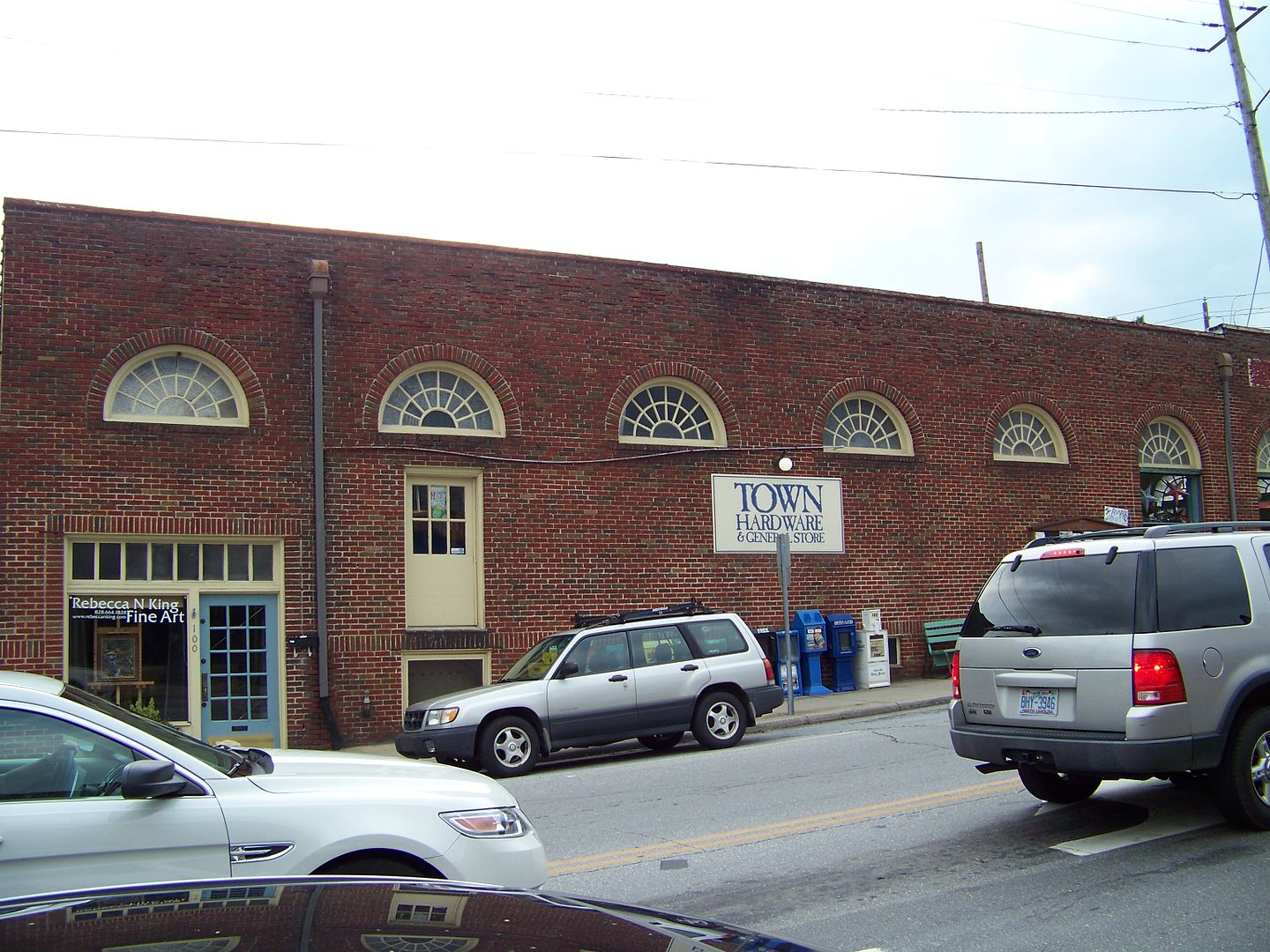Where is Black Mountain? About 16 miles east of downtown Asheville, just far enough away to be inconvenient, but still close enough in to be considered part of the metro area. It's linked to the city by way of the communities of Grovemont and Swannanoa, and it adjoins the town of Montreat, whose claim to fame is that it is the home of the evangelist Billy Graham, and a small Christian college called Montreat College. Black Mountain is the second largest town in Buncombe County, with a population of about 10,000 people, and it's the last town of any real size this side of the long, arduous downhill slide into the foothills. This is the town where people who have just endured the journey up the mountain -- an especially punishing climb in the winter -- finally breathe a sigh of relief, and the town at which people heading down the mountain clench their assholes, not to release until they hit Marion down in McDowell County. Between Black Mountain and Marion there are long sand lanes located intermittently along the Interstate for runaway trucks to wreck safely, and the whole process just does not inspire a lot of confidence.
Why might you have heard of it? Well, if you live anywhere near Asheville (and you don't) you would know Black Mountain as the home of an enormous furniture store called Tyson Furniture, which takes up several buildings downtown. You'd also know it as a place where the tourists like to stay if they want to experience Asheville without experiencing Asheville. It's a nice, quiet alternative to the closest thing Western North Carolina has to a city, and a nice place to retreat to after you've gone into town and mingled with the hippies. If you do not live anywhere near Asheville (and you know who you are), you may have heard of it because of Black Mountain College, which was established in 1933 and quickly attracted luminaries such as Buckminster Fuller, Willem de Kooning, and Walter Gropius to its faculty, and which was a driving voice in the avant-garde poetry movement of the 1950's.
However, you may also have heard of Black Mountain thanks to William Forstchen's apocalyptic novel One Second After, which was published in 2009. In the novel, an electromagnetic pulse wipes out modern civilization by rendering almost all electronic devices useless. In the aftermath there are massive waves of die-offs in hospitals and nursing homes, followed by starvation, wars, anarchy, the reemergence of all manner of diseases and infections, and all kinds of other happy happenings. Set in Black Mountain, it follows the residents of the town as they try to survive and adjust, and the high point comes when the students of Montreat College are organized into a militia to guard against marauders and cannibals invading from the cities of the North Carolina Piedmont. At one point the characters venture into Asheville, only to find that rioters have looted and torched the mall, while hippies are dancing around downtown, expressing their pleasure at America's well-deserved destruction. By the end of the novel, the population of the United States has been reduced by about ninety percent, to only thirty million people.
It's not an especially happy book, if you couldn't guess. The movie rights were being negotiated as of 2011. Meanwhile, if you must endure the apocalypse, Black Mountain is about as nice a place to do it as you could imagine. Take a look...
We began our journey downtown.
Image may be NSFW.
Clik here to view.
Image may be NSFW.
Clik here to view.
Image may be NSFW.
Clik here to view.
Image may be NSFW.
Clik here to view.
Image may be NSFW.
Clik here to view.![]()
Image may be NSFW.
Clik here to view.![]()
A plethora of awnings.
Image may be NSFW.
Clik here to view.![]()
Black Mountain is named for the mountain range in which it sits, the Black Mountains. The Black Mountains, in turn, are named for the dark green, almost black, forests thick with pine that cloak their slopes. Naturally enough, the Black Mountains are visible from all over town as though they're leaning in to watch the tourists go about their business.
Image may be NSFW.
Clik here to view.![]()
Restrooms are very important.
Image may be NSFW.
Clik here to view.![]()
Image may be NSFW.
Clik here to view.![]()
The burgers on the menu here looked good.
Image may be NSFW.
Clik here to view.![]()
Image may be NSFW.
Clik here to view.![]()
Image may be NSFW.
Clik here to view.![]()
Black Mountain is known as "The Town That Rocks," and for very good reason. Artistically decorated rocking chairs wait for big, fat tourist butts all over town.
Image may be NSFW.
Clik here to view.![]()
Note the preponderance of brick. According to a sign near the train depot, a fire in 1912 more or less wiped Black Mountain off the map. When the town rebuilt, they did so in something sturdier than the clapboard and logs that were used before.
Image may be NSFW.
Clik here to view.![]()
Image may be NSFW.
Clik here to view.![]()
This eagle statue is Black Mountain's most recognizable landmark, and appears as an emblem on everything.
Image may be NSFW.
Clik here to view.![]()
Image may be NSFW.
Clik here to view.![]()
Image may be NSFW.
Clik here to view.![]()
Oh, those Black Mountains...
Image may be NSFW.
Clik here to view.![]()
Image may be NSFW.
Clik here to view.![]()
If you can't read the plaque, it says that Black Mountain was incorporated in March of 1893, and that the original town limits were laid out in a circle extending a mile from this point, now marked with a fountain.
Image may be NSFW.
Clik here to view.![]()
Image may be NSFW.
Clik here to view.![]()
Image may be NSFW.
Clik here to view.![]()
Image may be NSFW.
Clik here to view.![]()
Black Mountain may be small, and a little isolated, but it is still part of the Asheville metro. Hence, an emphasis on natural foods, organic produce, and other hippie, crunchy, granola, liberal, socialist, pinko commie concerns. Which reminds me... the town is also popular with retired gay and lesbian couples.
Image may be NSFW.
Clik here to view.![]()
Image may be NSFW.
Clik here to view.![]()
Image may be NSFW.
Clik here to view.![]()
Image may be NSFW.
Clik here to view.![]()
Louise's Kitchen restaurant... housed in the historic Stepp House. How historic? Well, built in 1907, it survived the fire that wiped out most of the rest of the town. Also, its owner, George W. Stepp, was a cabinetmaker who created some of the lovely woodwork at Biltmore House over in Asheville.
Image may be NSFW.
Clik here to view.![]()
Because this produce stand was set up in the yard of the restaurant, perhaps Louise uses some of these locally grown goodies in her kitchen. Perhaps not. Who knows?
Image may be NSFW.
Clik here to view.![]()
Image may be NSFW.
Clik here to view.![]()
Image may be NSFW.
Clik here to view.![]()
Image may be NSFW.
Clik here to view.![]()
The sun has rarely shone this summer in Asheville, which is on track to record the rainiest year in its history, just five years after the worst drought in state history. It's all the fun of living in Seattle without the tedious hassle of moving across the continent!
Image may be NSFW.
Clik here to view.![]()
Image may be NSFW.
Clik here to view.![]()
Image may be NSFW.
Clik here to view.![]()
Image may be NSFW.
Clik here to view.![]()
Image may be NSFW.
Clik here to view.![]()
Image may be NSFW.
Clik here to view.![]()
Image may be NSFW.
Clik here to view.![]()
Image may be NSFW.
Clik here to view.![]()
It's amazing what you can do with cement, a trowel, and some patience.
Image may be NSFW.
Clik here to view.![]()
Image may be NSFW.
Clik here to view.![]()
This bronze elephant patrols the parking lot of the Thai Basil Restaurant.
Image may be NSFW.
Clik here to view.![]()
These cement elephants patrol the diners on the outdoor patio.
Image may be NSFW.
Clik here to view.![]()
Image may be NSFW.
Clik here to view.![]()
Black Mountain's city government no longer calls this building home and has instead relocated to digs that overlook the large vacant lot that the city has long talked of turning into a town square. An arts council is located in this building now.
Image may be NSFW.
Clik here to view.![]()
A French botanist? Why not? There's a Scottish botanist who died in the 1820's who lived in Asheville, who made a name for himself exporting Western North Carolina flora to England for use in English gardens... and why not that? The only place on earth with more diversity of plants and animals is the Amazon Basin. We've got all sorts of weird and lovely plants to spare.
Image may be NSFW.
Clik here to view.![]()
Image may be NSFW.
Clik here to view.![]()
Image may be NSFW.
Clik here to view.![]()
Image may be NSFW.
Clik here to view.![]()
Image may be NSFW.
Clik here to view.![]()
Image may be NSFW.
Clik here to view.![]()
Image may be NSFW.
Clik here to view.![]()
Image may be NSFW.
Clik here to view.![]()
Image may be NSFW.
Clik here to view.![]()
A squirrel rummages in the trash outside a bakery. My boyfriend and I were both impressed by how quickly it found something to eat. It emerged from the can clutching half a cupcake, which it nibbled while regarding us with suspicion.
Image may be NSFW.
Clik here to view.![]()
The sign says that the Methodist church was established in 1890 (making it older than the town), while the parsonage was built in 1938.
Image may be NSFW.
Clik here to view.![]()
Something tells me that while Methodists may have been churching it up in Black Mountain since 1890, they weren't doing it in this building that entire time.
Image may be NSFW.
Clik here to view.![]()
Image may be NSFW.
Clik here to view.![]()
Black Mountain is home to lovely, comfortable residential areas. Picture them in the throes of a dystopian technological collapse. Picture all the fun these residents would have fending off cannibals and marauders. :)
Image may be NSFW.
Clik here to view.![]()
Image may be NSFW.
Clik here to view.![]()
Image may be NSFW.
Clik here to view.![]()
See that car backing up? It emerged from the driveway while my boyfriend and I waited on the sidewalk, and when the driver noticed us she looked surprised and remarked with a big smile that she was terribly sorry and hadn't meant to run us over. Later, I noted to my boyfriend that you usually don't hear those words said with that kind of expression on one's face. He concurred.
Image may be NSFW.
Clik here to view.![]()
Image may be NSFW.
Clik here to view.![]()
Image may be NSFW.
Clik here to view.![]()
Something about this house just screams "Seattle" to me. It just seems like it would look more at home somewhere out West.
Image may be NSFW.
Clik here to view.![]()
Image may be NSFW.
Clik here to view.![]()
Image may be NSFW.
Clik here to view.![]()
Great shades of Charlotte -- a street that intersects with itself! (Anyone who has been to Charlotte and sat the corner of Queens and Queens or Providence and Providence is shaking their head ruefully right now.)
Image may be NSFW.
Clik here to view.![]()
These people seem fond of stained glass.
Image may be NSFW.
Clik here to view.![]()
Image may be NSFW.
Clik here to view.![]()
Image may be NSFW.
Clik here to view.![]()
This house is for sale, but is wrapped in a very elaborate garden. We wondered if it would be worth the hassle. I love gardens, but I like my plants the way I like my pets: self-cleaning and self-sustaining. Is this really the garden of a cat person? I have my doubts.
Image may be NSFW.
Clik here to view.![]()
There's an entire neighborhood of houses like this in Asheville. That's what Black Mountain felt like, actually... one of Asheville's nicer neighborhoods that had broken off, like an iceberg, and drifted to the east.
Image may be NSFW.
Clik here to view.![]()
Image may be NSFW.
Clik here to view.![]()
Image may be NSFW.
Clik here to view.![]()
Image may be NSFW.
Clik here to view.![]()
Image may be NSFW.
Clik here to view.![]()
Image may be NSFW.
Clik here to view.![]()
Image may be NSFW.
Clik here to view.![]()
Back downtown...
Image may be NSFW.
Clik here to view.![]()
Image may be NSFW.
Clik here to view.![]()
Image may be NSFW.
Clik here to view.![]()
Image may be NSFW.
Clik here to view.![]()
You know how to play the bowed psaltery, of course. No? Well, why not?
Image may be NSFW.
Clik here to view.![]()
Image may be NSFW.
Clik here to view.![]()
Image may be NSFW.
Clik here to view.![]()
Image may be NSFW.
Clik here to view.![]()
The Common Housefly Kitchen Emporium. Is there, or has there ever been, a better name for a store? No? I'm so glad you agree.
Image may be NSFW.
Clik here to view.![]()
Image may be NSFW.
Clik here to view.![]()
Image may be NSFW.
Clik here to view.![]()
Image may be NSFW.
Clik here to view.![]()
Image may be NSFW.
Clik here to view.![]()
Tyson Furniture, in just some of its downtown acreage.
Image may be NSFW.
Clik here to view.![]()
Image may be NSFW.
Clik here to view.![]()
Image may be NSFW.
Clik here to view.![]()
Image may be NSFW.
Clik here to view.![]()
Image may be NSFW.
Clik here to view.![]()
Image may be NSFW.
Clik here to view.![]()
This picture brought to you by Andre Michaux.
Image may be NSFW.
Clik here to view.![]()
Image may be NSFW.
Clik here to view.![]()
Image may be NSFW.
Clik here to view.![]()
Image may be NSFW.
Clik here to view.![]()
Image may be NSFW.
Clik here to view.![]()
There's nothing I enjoy more than a nice, soft carpet of moss. It reminds me of a place where I used to play when I was little.
Image may be NSFW.
Clik here to view.![]()
Image may be NSFW.
Clik here to view.![]()
Image may be NSFW.
Clik here to view.![]()
One of my boyfriend's coworkers has vowed to buy one of these, paint the outside with 1940's pinup girls, and christen it "The Sin Wagon."
Image may be NSFW.
Clik here to view.![]()
Image may be NSFW.
Clik here to view.![]()
Lake Tomahawk Park, with its public pool.
Image may be NSFW.
Clik here to view.![]()
Image may be NSFW.
Clik here to view.![]()
Not too terribly long ago, a young man was found floating facedown in the lake. It was ruled a homicide, but nobody was ever caught for it.
Image may be NSFW.
Clik here to view.![]()
Image may be NSFW.
Clik here to view.![]()
Image may be NSFW.
Clik here to view.![]()
Image may be NSFW.
Clik here to view.![]()
Image may be NSFW.
Clik here to view.![]()
Image may be NSFW.
Clik here to view.![]()
Image may be NSFW.
Clik here to view.![]()
Image may be NSFW.
Clik here to view.![]()
The Seven Sisters peaks of Greybeard Mountain.
Image may be NSFW.
Clik here to view.![]()
Image may be NSFW.
Clik here to view.![]()
Image may be NSFW.
Clik here to view.![]()
Image may be NSFW.
Clik here to view.![]()
Image may be NSFW.
Clik here to view.![]()
Image may be NSFW.
Clik here to view.![]()
Image may be NSFW.
Clik here to view.![]()
Image may be NSFW.
Clik here to view.![]()
Image may be NSFW.
Clik here to view.![]()
And now we're back where we started.
Image may be NSFW.
Clik here to view.![]()
Why might you have heard of it? Well, if you live anywhere near Asheville (and you don't) you would know Black Mountain as the home of an enormous furniture store called Tyson Furniture, which takes up several buildings downtown. You'd also know it as a place where the tourists like to stay if they want to experience Asheville without experiencing Asheville. It's a nice, quiet alternative to the closest thing Western North Carolina has to a city, and a nice place to retreat to after you've gone into town and mingled with the hippies. If you do not live anywhere near Asheville (and you know who you are), you may have heard of it because of Black Mountain College, which was established in 1933 and quickly attracted luminaries such as Buckminster Fuller, Willem de Kooning, and Walter Gropius to its faculty, and which was a driving voice in the avant-garde poetry movement of the 1950's.
However, you may also have heard of Black Mountain thanks to William Forstchen's apocalyptic novel One Second After, which was published in 2009. In the novel, an electromagnetic pulse wipes out modern civilization by rendering almost all electronic devices useless. In the aftermath there are massive waves of die-offs in hospitals and nursing homes, followed by starvation, wars, anarchy, the reemergence of all manner of diseases and infections, and all kinds of other happy happenings. Set in Black Mountain, it follows the residents of the town as they try to survive and adjust, and the high point comes when the students of Montreat College are organized into a militia to guard against marauders and cannibals invading from the cities of the North Carolina Piedmont. At one point the characters venture into Asheville, only to find that rioters have looted and torched the mall, while hippies are dancing around downtown, expressing their pleasure at America's well-deserved destruction. By the end of the novel, the population of the United States has been reduced by about ninety percent, to only thirty million people.
It's not an especially happy book, if you couldn't guess. The movie rights were being negotiated as of 2011. Meanwhile, if you must endure the apocalypse, Black Mountain is about as nice a place to do it as you could imagine. Take a look...
We began our journey downtown.
Image may be NSFW.
Clik here to view.
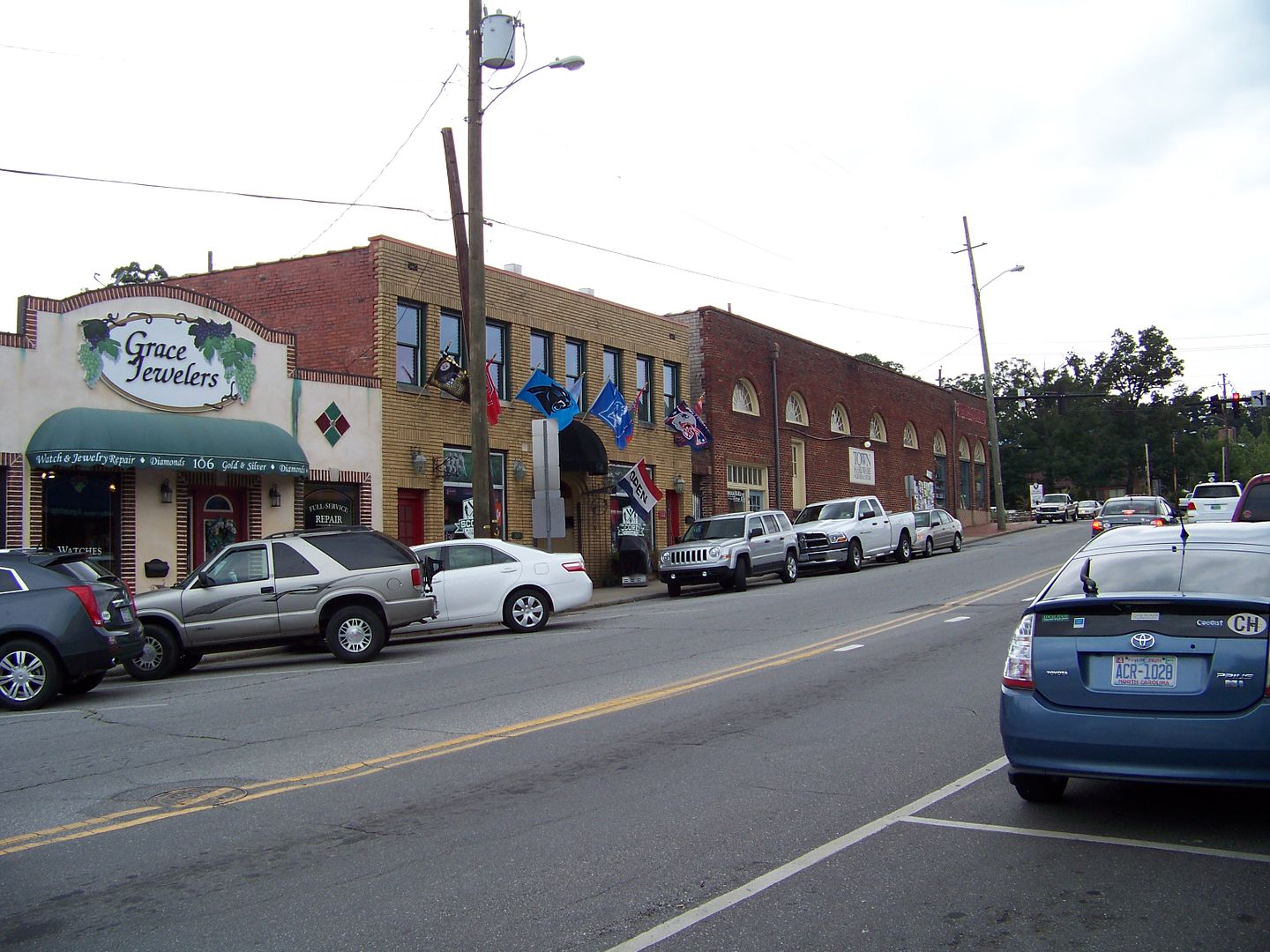
Image may be NSFW.
Clik here to view.

Image may be NSFW.
Clik here to view.
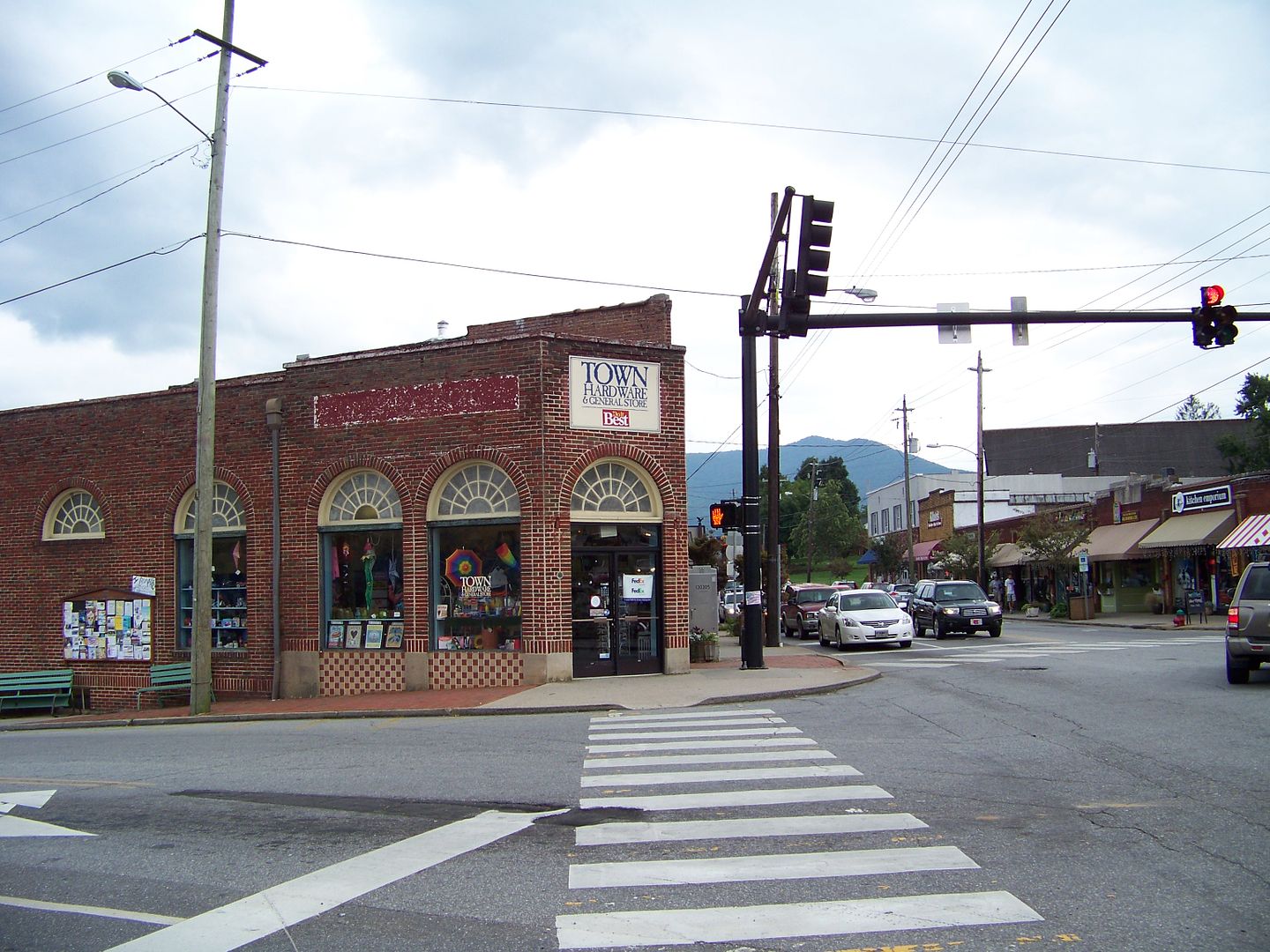
Image may be NSFW.
Clik here to view.

Image may be NSFW.
Clik here to view.
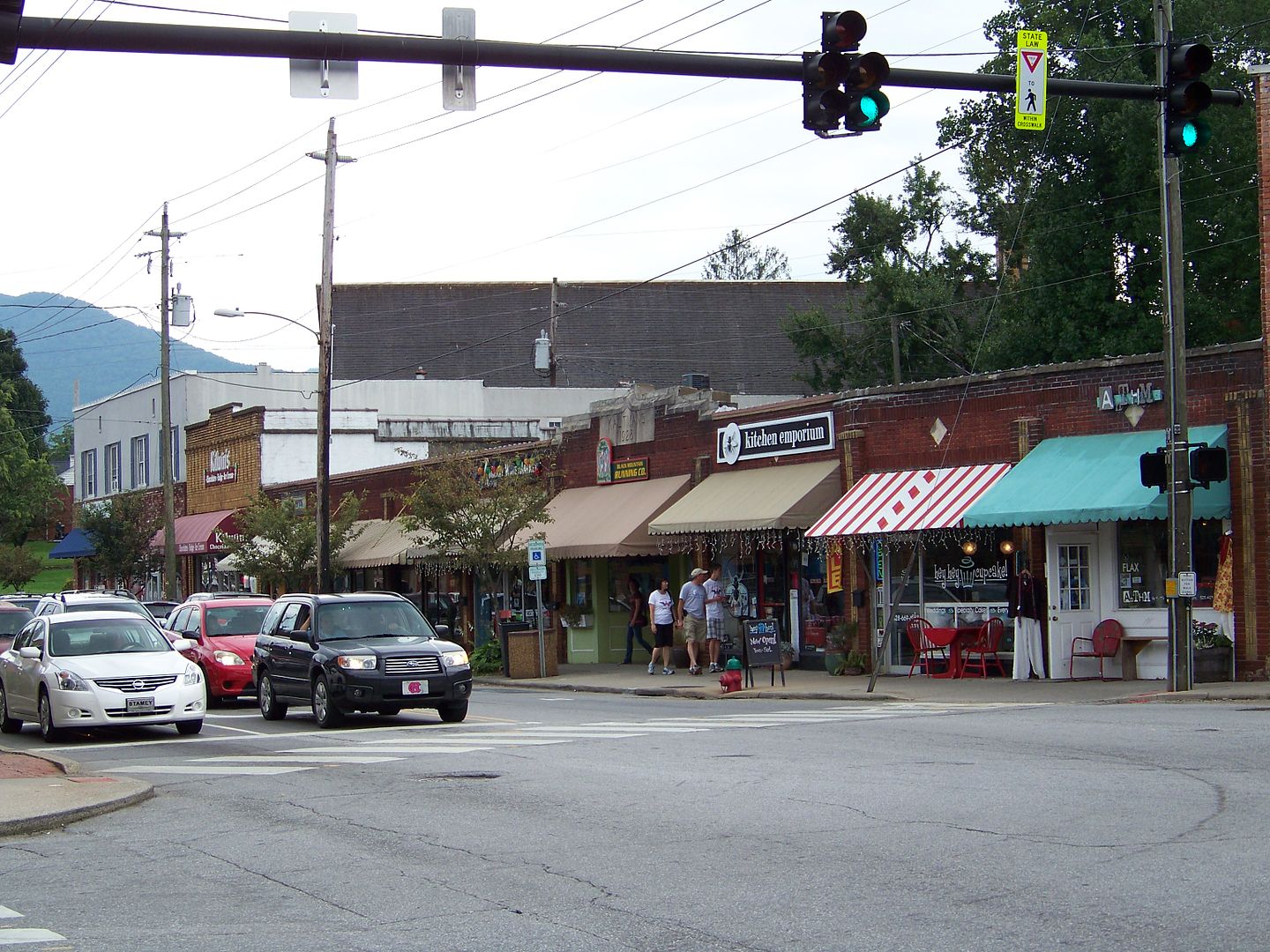
Image may be NSFW.
Clik here to view.
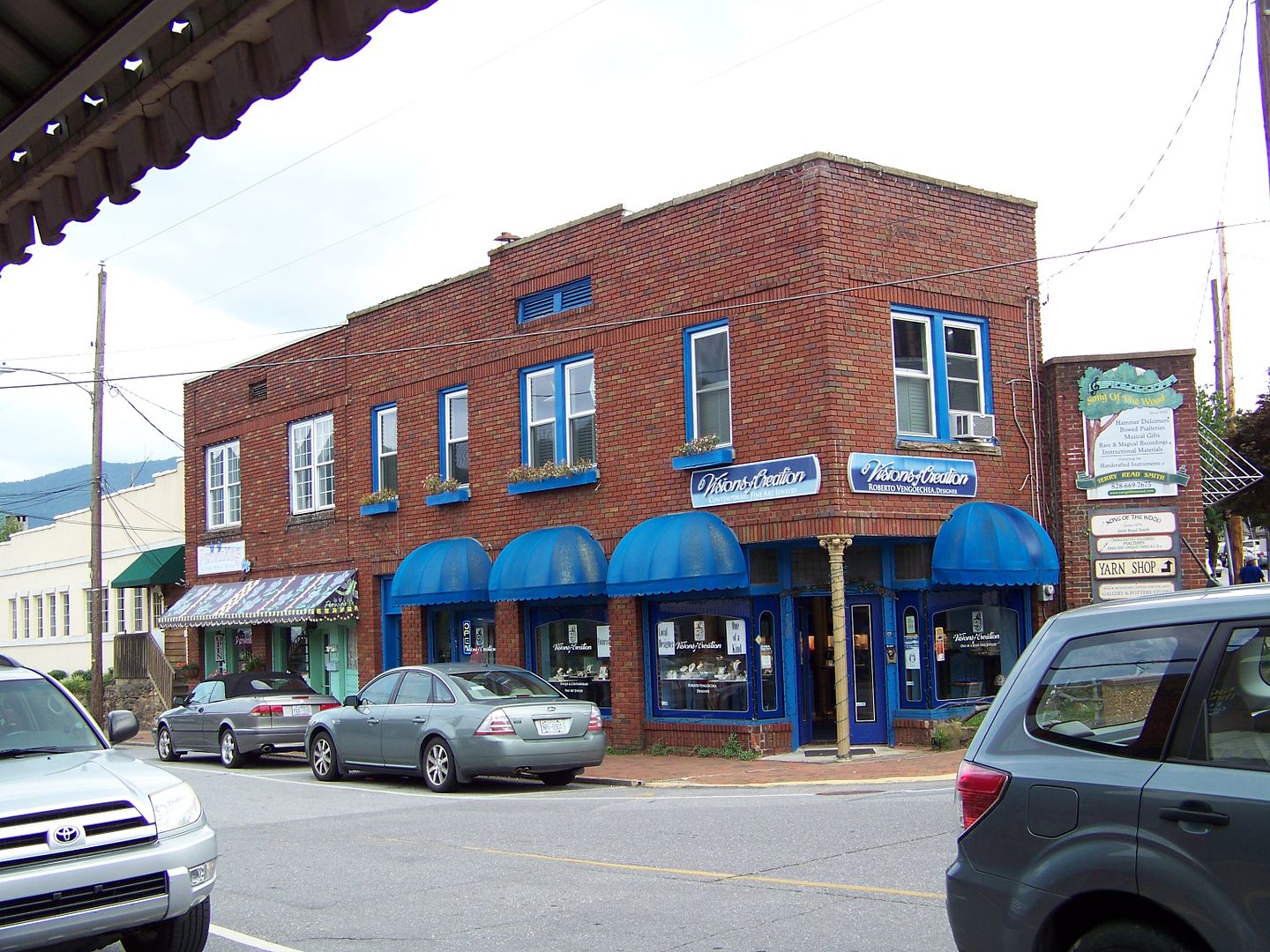
A plethora of awnings.
Image may be NSFW.
Clik here to view.
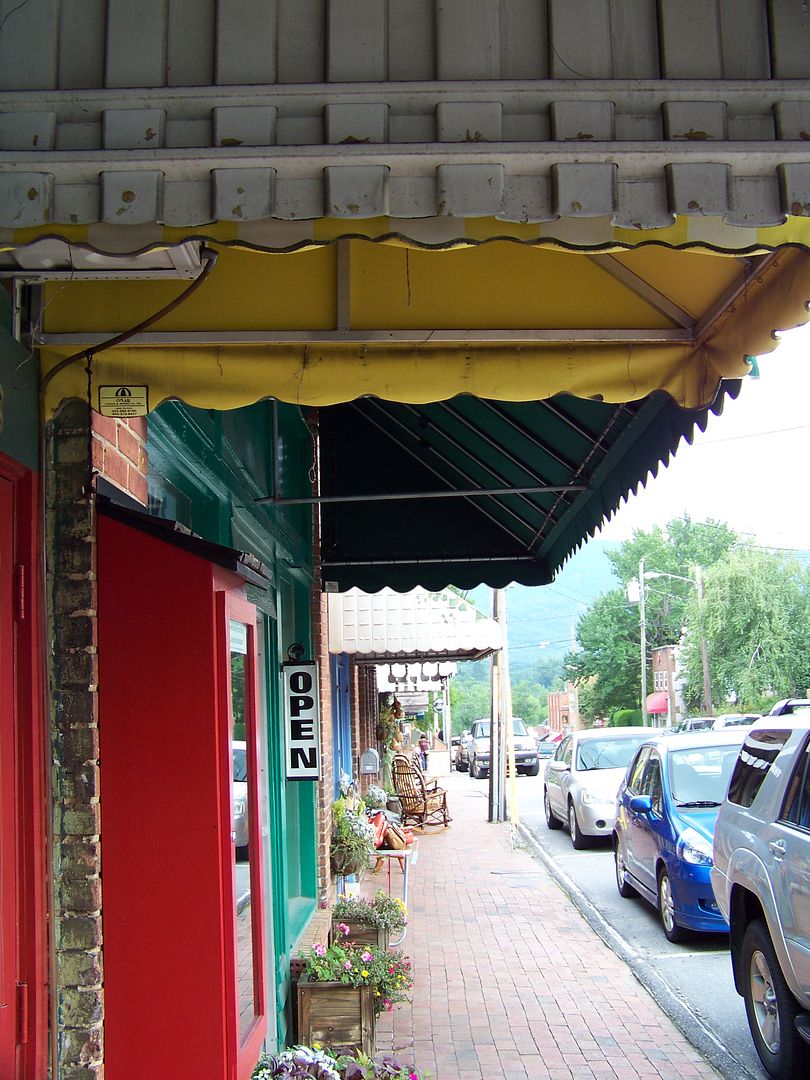
Black Mountain is named for the mountain range in which it sits, the Black Mountains. The Black Mountains, in turn, are named for the dark green, almost black, forests thick with pine that cloak their slopes. Naturally enough, the Black Mountains are visible from all over town as though they're leaning in to watch the tourists go about their business.
Image may be NSFW.
Clik here to view.
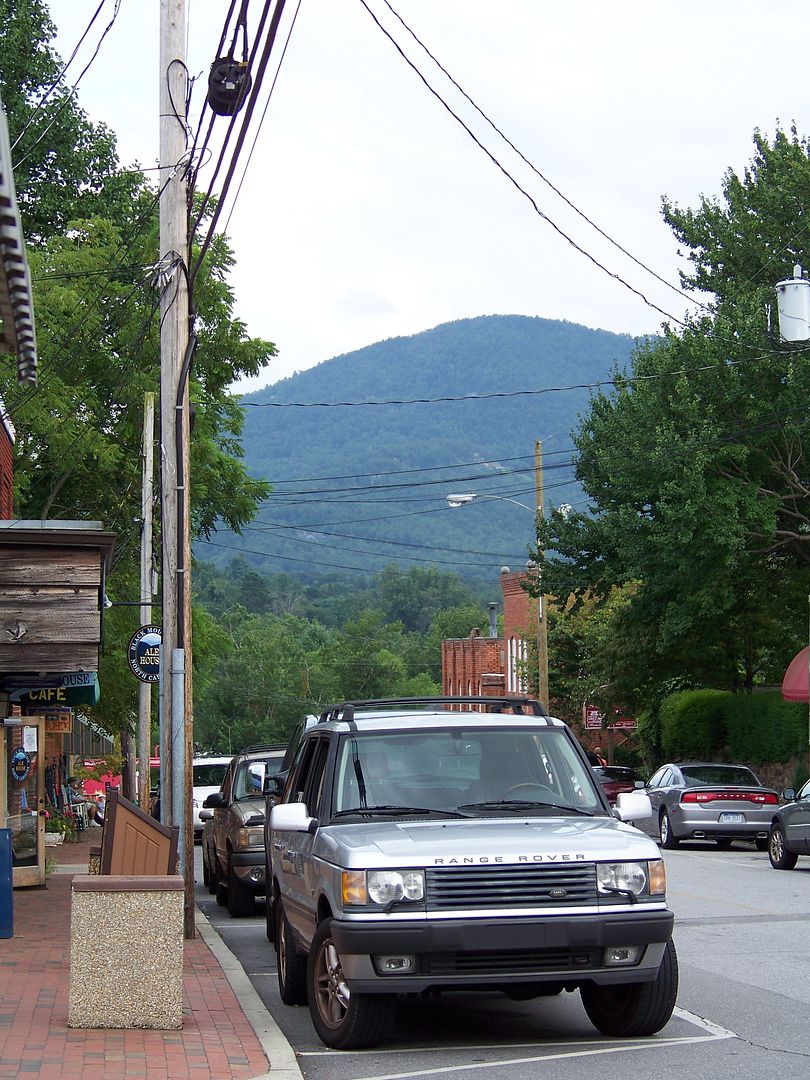
Restrooms are very important.
Image may be NSFW.
Clik here to view.

Image may be NSFW.
Clik here to view.
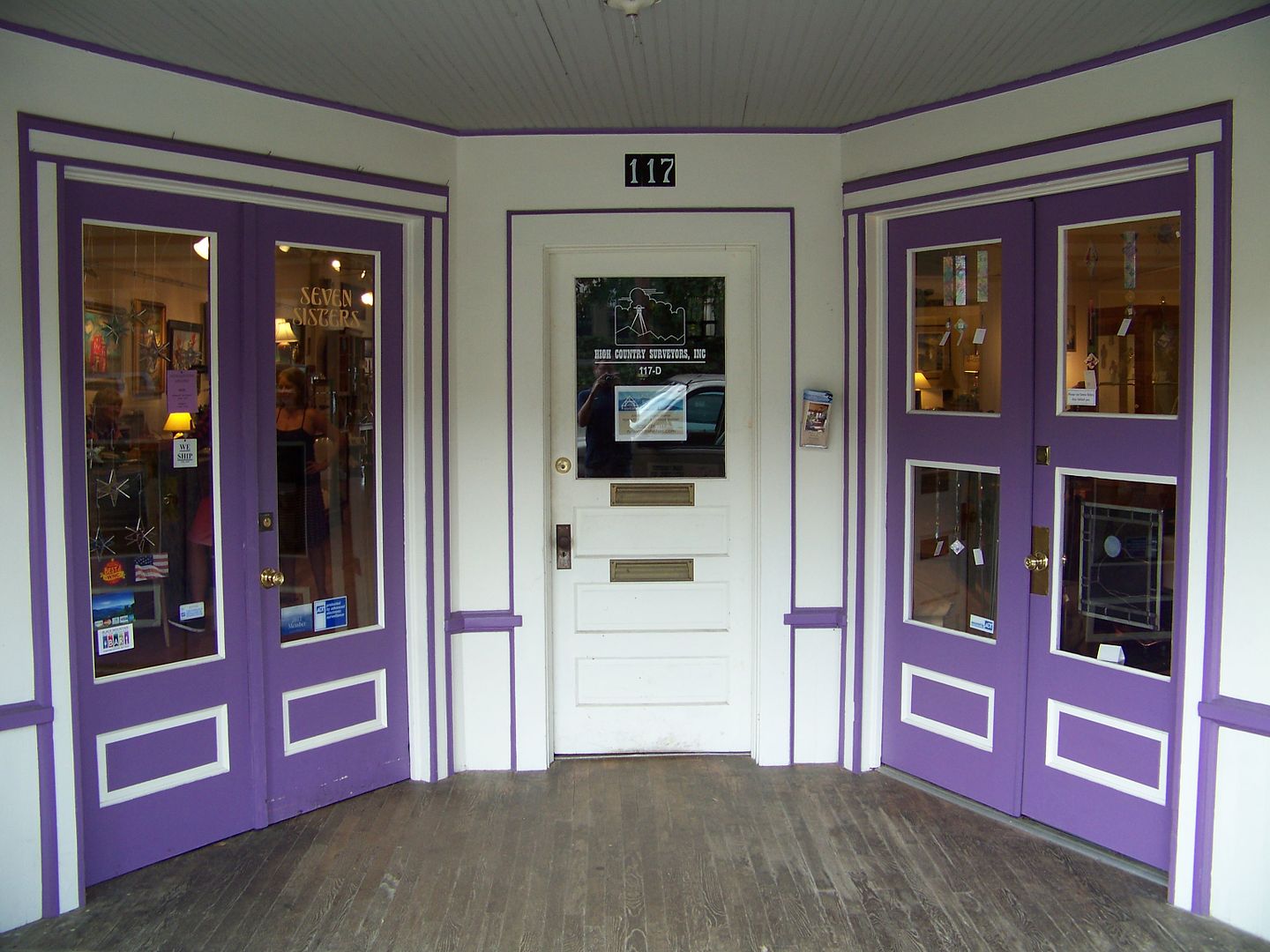
The burgers on the menu here looked good.
Image may be NSFW.
Clik here to view.
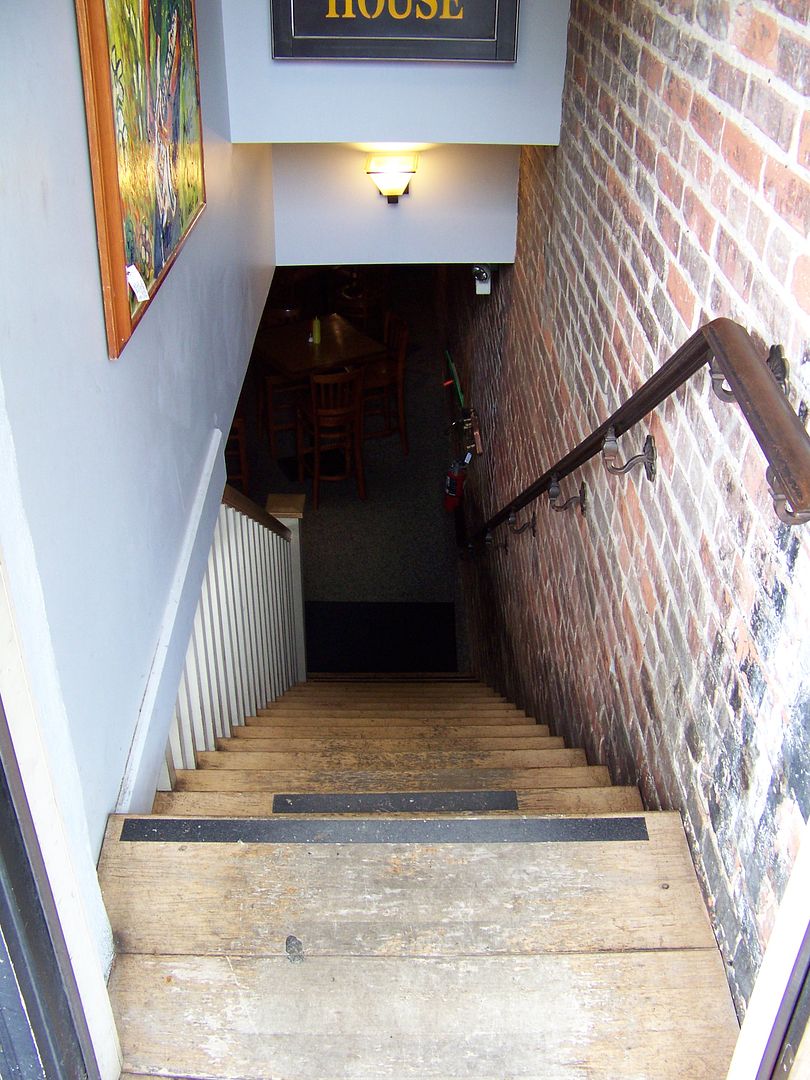
Image may be NSFW.
Clik here to view.
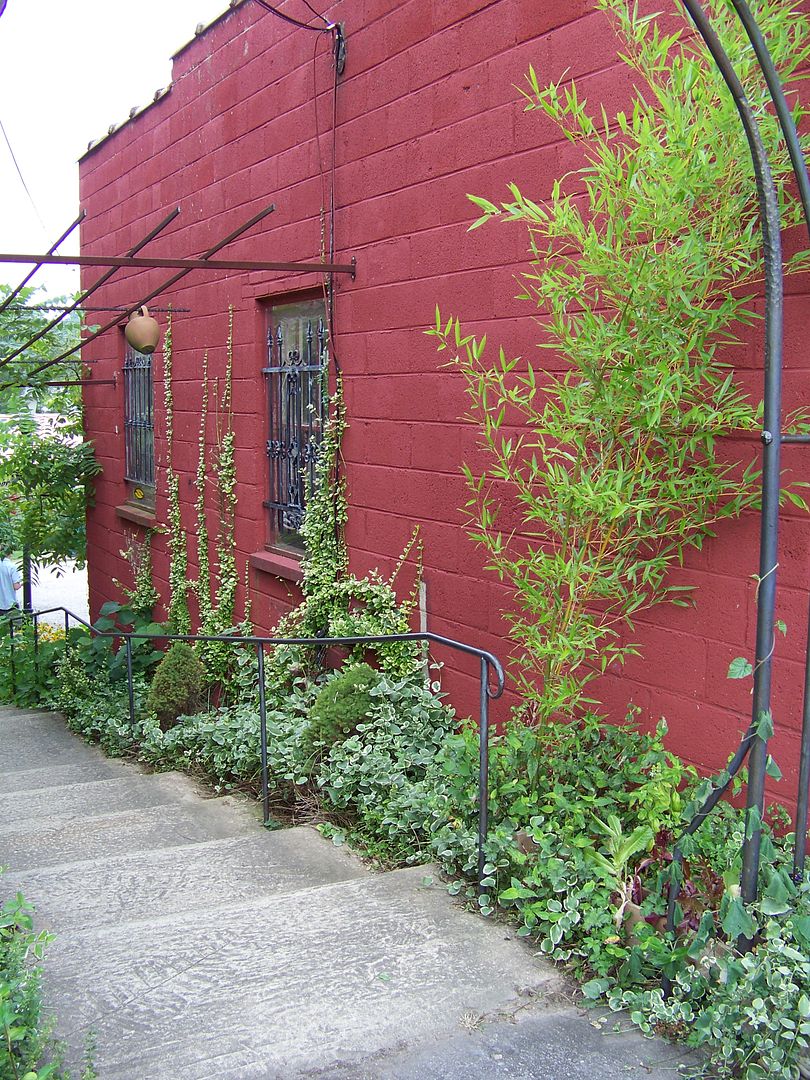
Image may be NSFW.
Clik here to view.
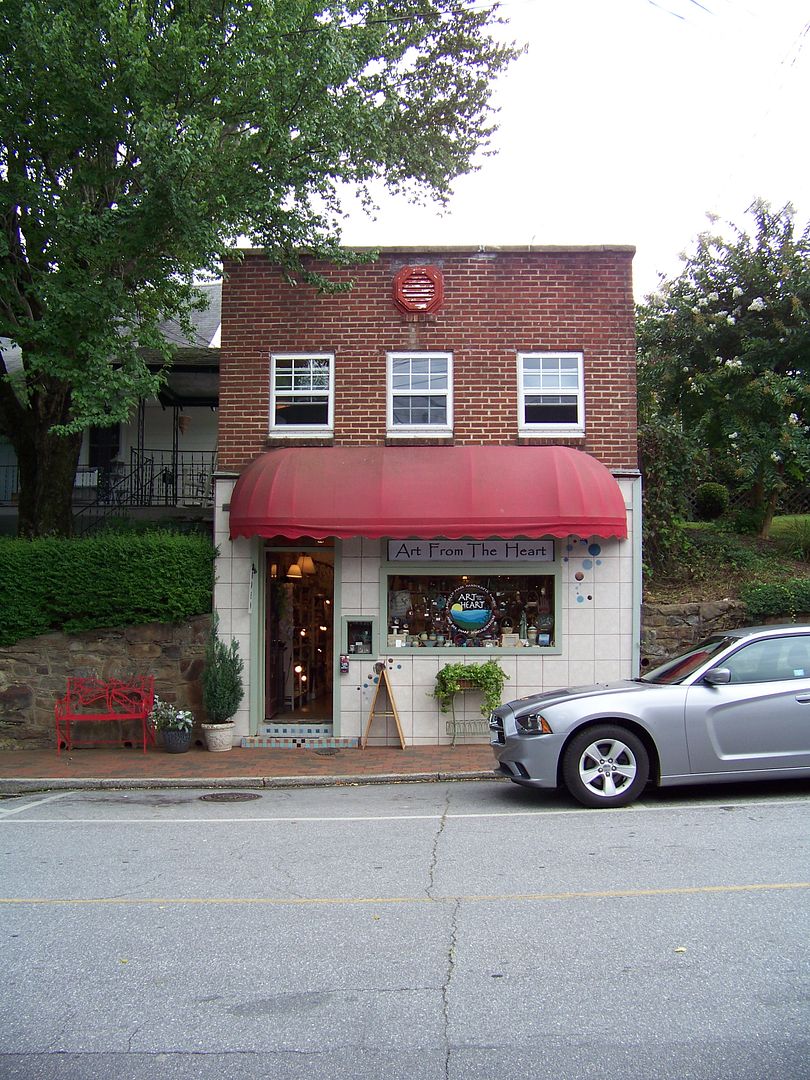
Black Mountain is known as "The Town That Rocks," and for very good reason. Artistically decorated rocking chairs wait for big, fat tourist butts all over town.
Image may be NSFW.
Clik here to view.
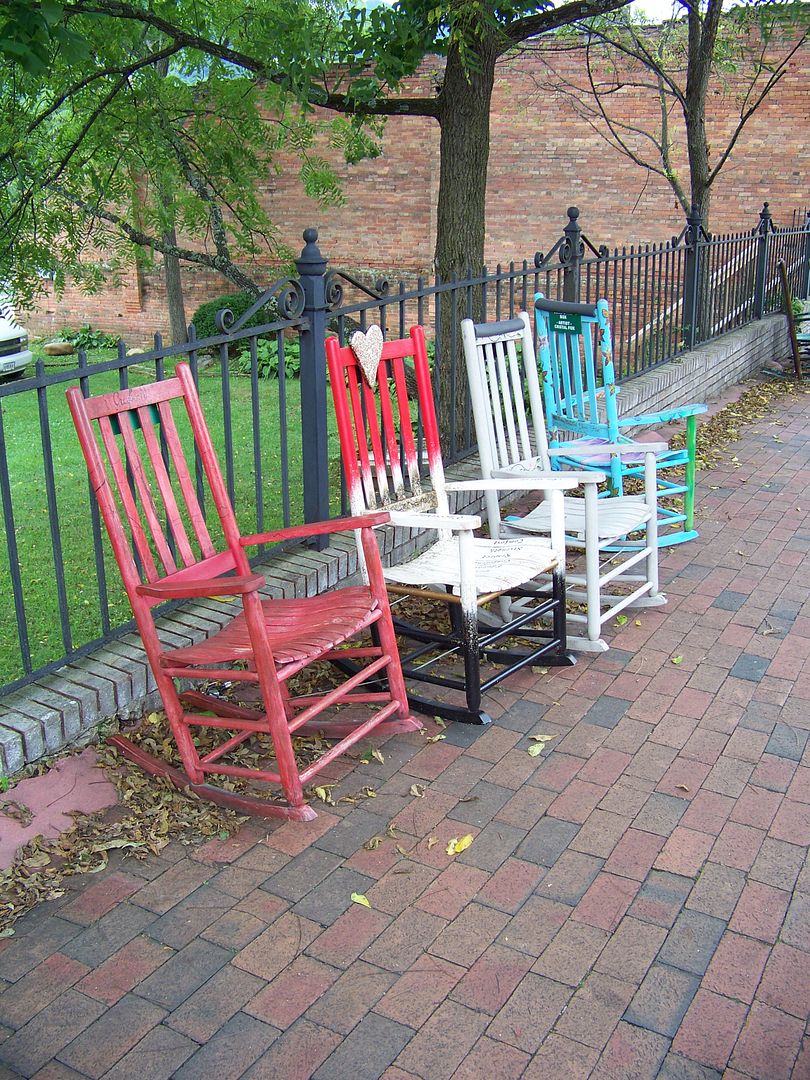
Note the preponderance of brick. According to a sign near the train depot, a fire in 1912 more or less wiped Black Mountain off the map. When the town rebuilt, they did so in something sturdier than the clapboard and logs that were used before.
Image may be NSFW.
Clik here to view.
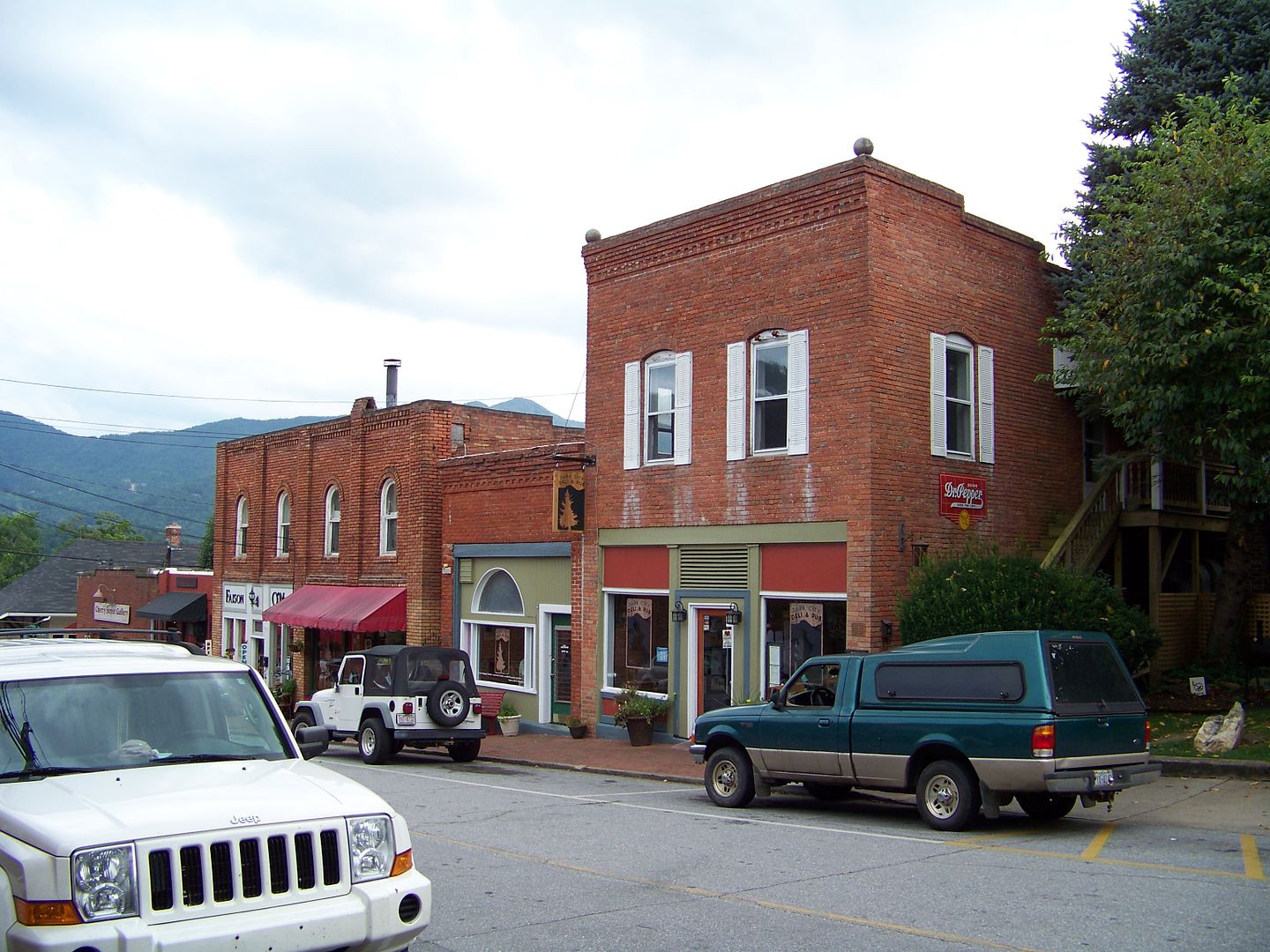
Image may be NSFW.
Clik here to view.
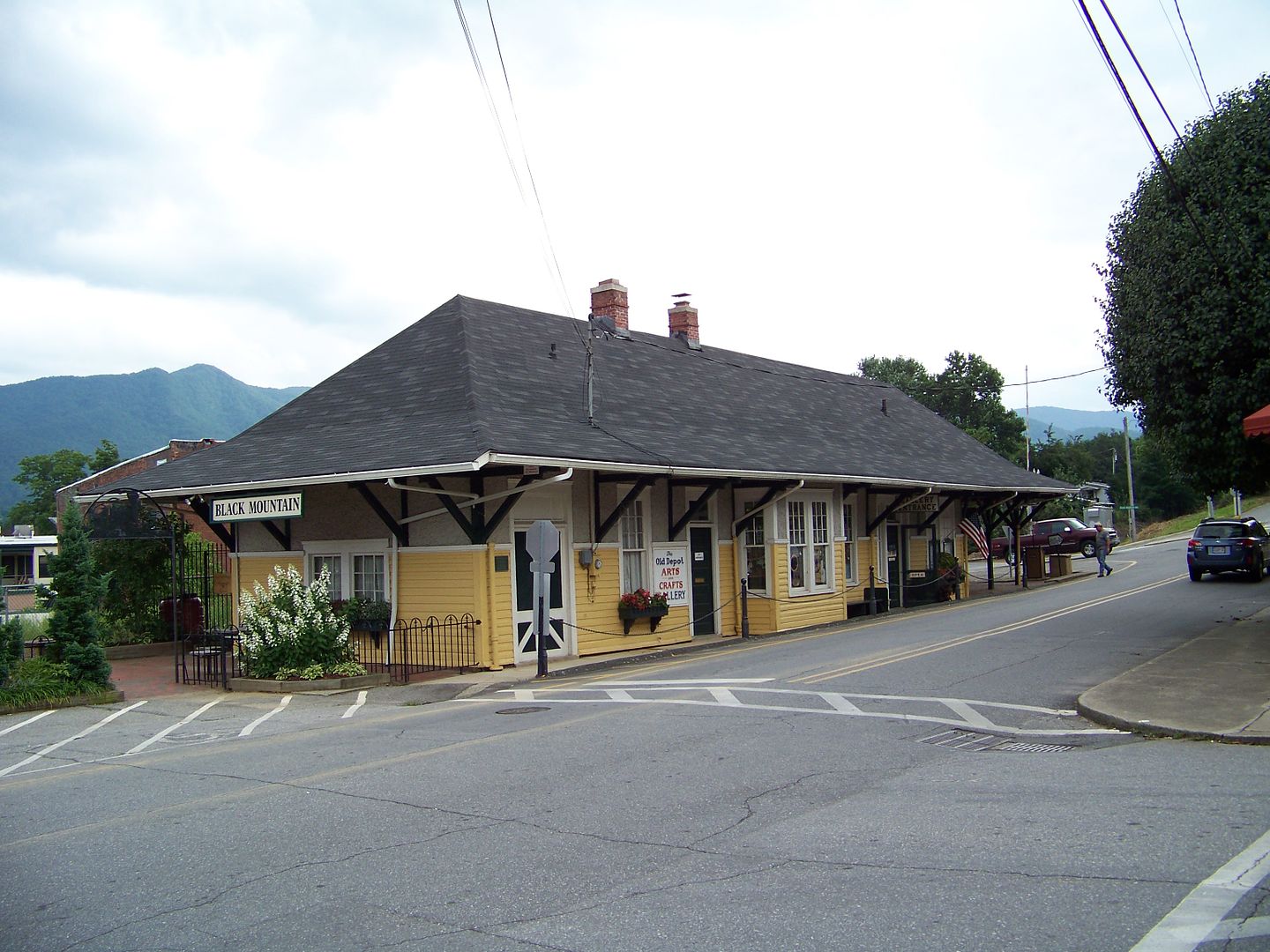
This eagle statue is Black Mountain's most recognizable landmark, and appears as an emblem on everything.
Image may be NSFW.
Clik here to view.
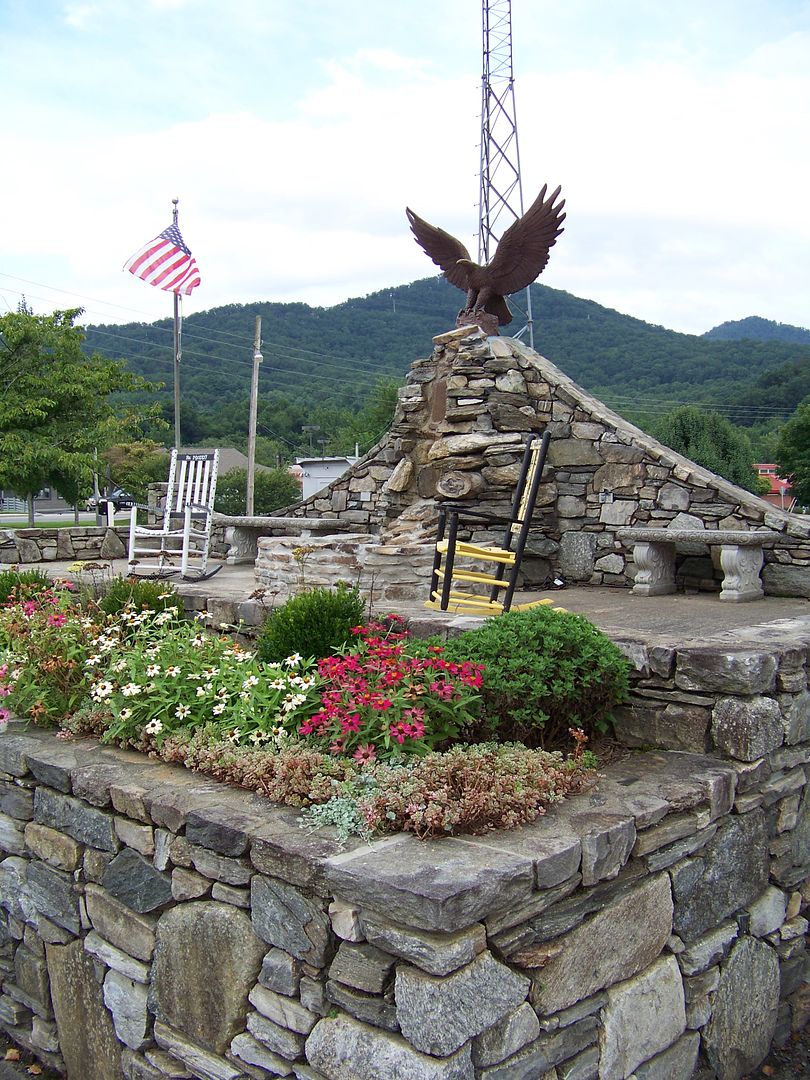
Image may be NSFW.
Clik here to view.
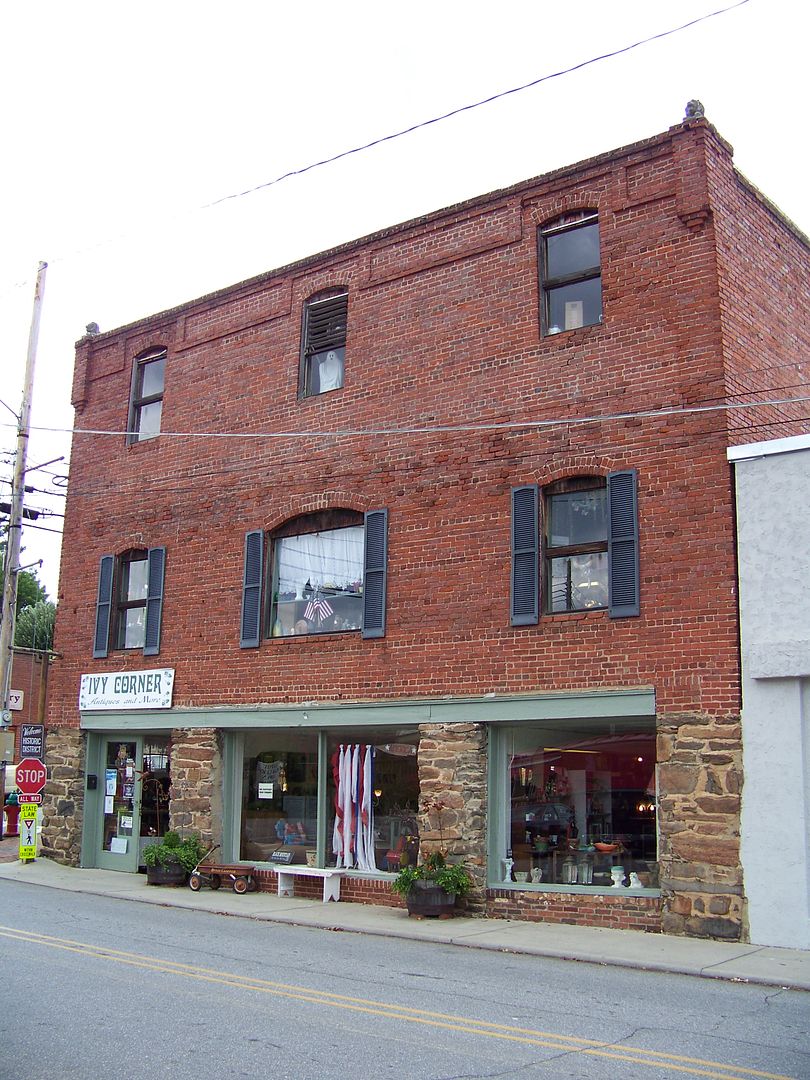
Image may be NSFW.
Clik here to view.
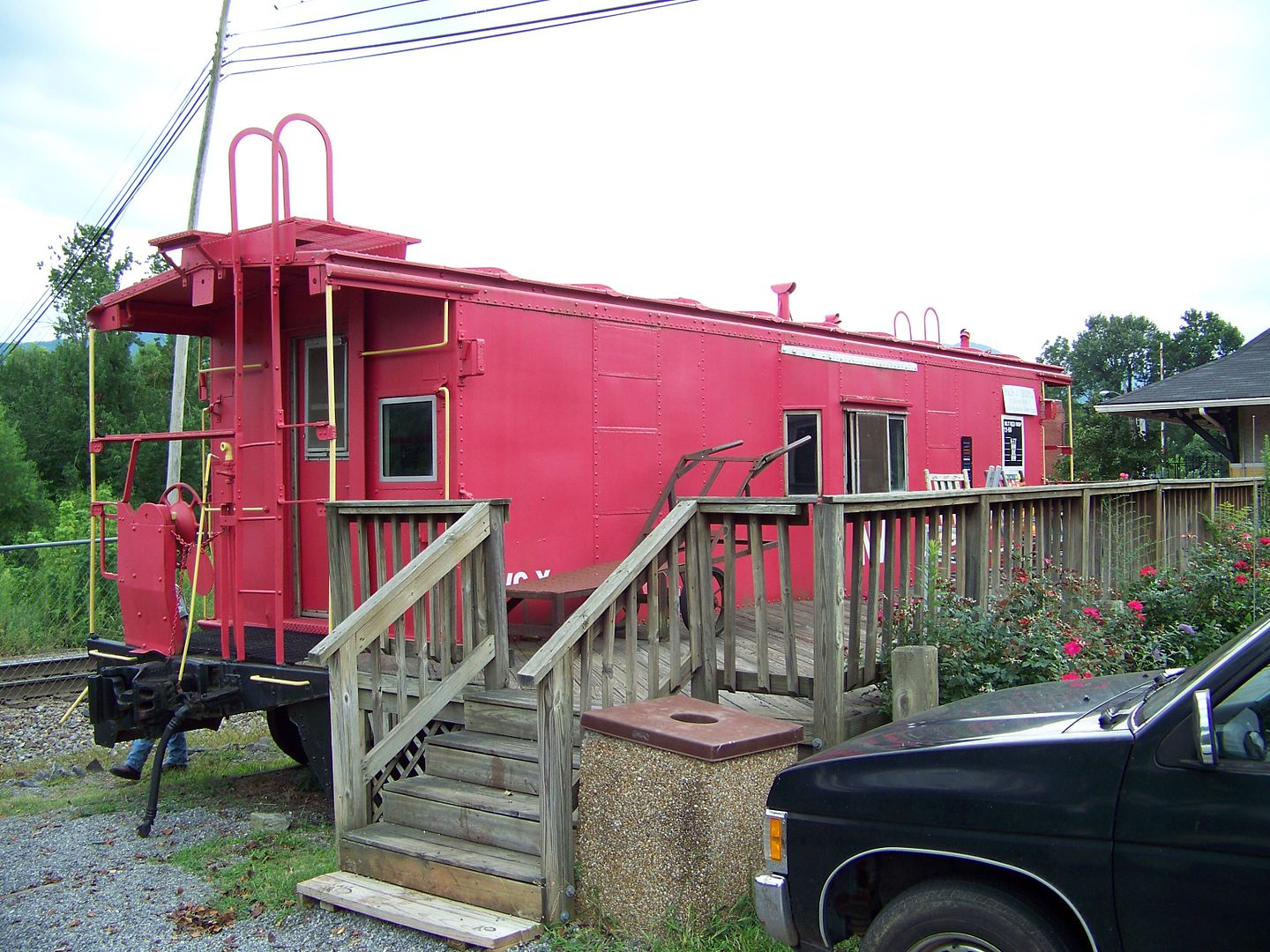
Oh, those Black Mountains...
Image may be NSFW.
Clik here to view.
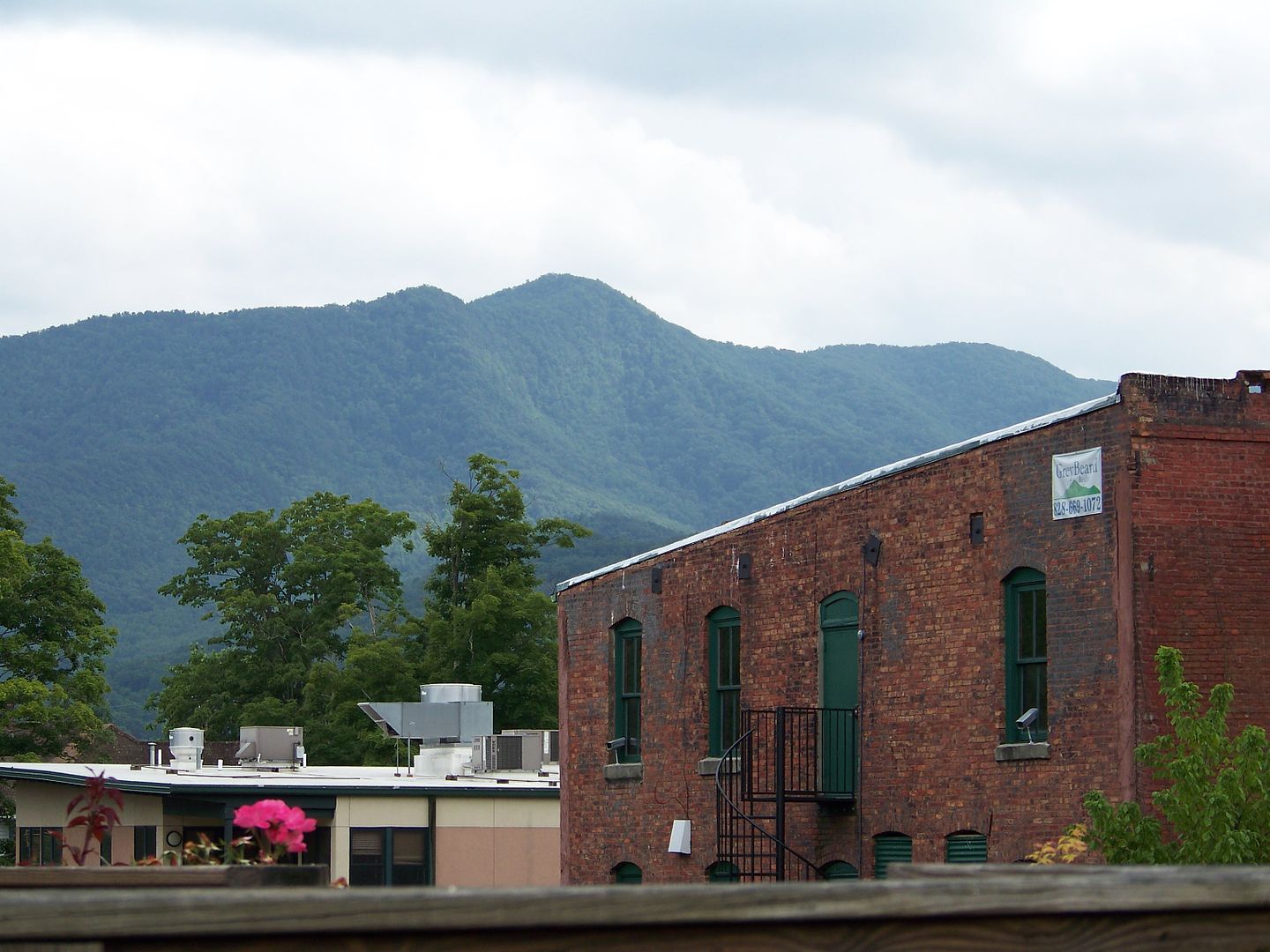
Image may be NSFW.
Clik here to view.

If you can't read the plaque, it says that Black Mountain was incorporated in March of 1893, and that the original town limits were laid out in a circle extending a mile from this point, now marked with a fountain.
Image may be NSFW.
Clik here to view.
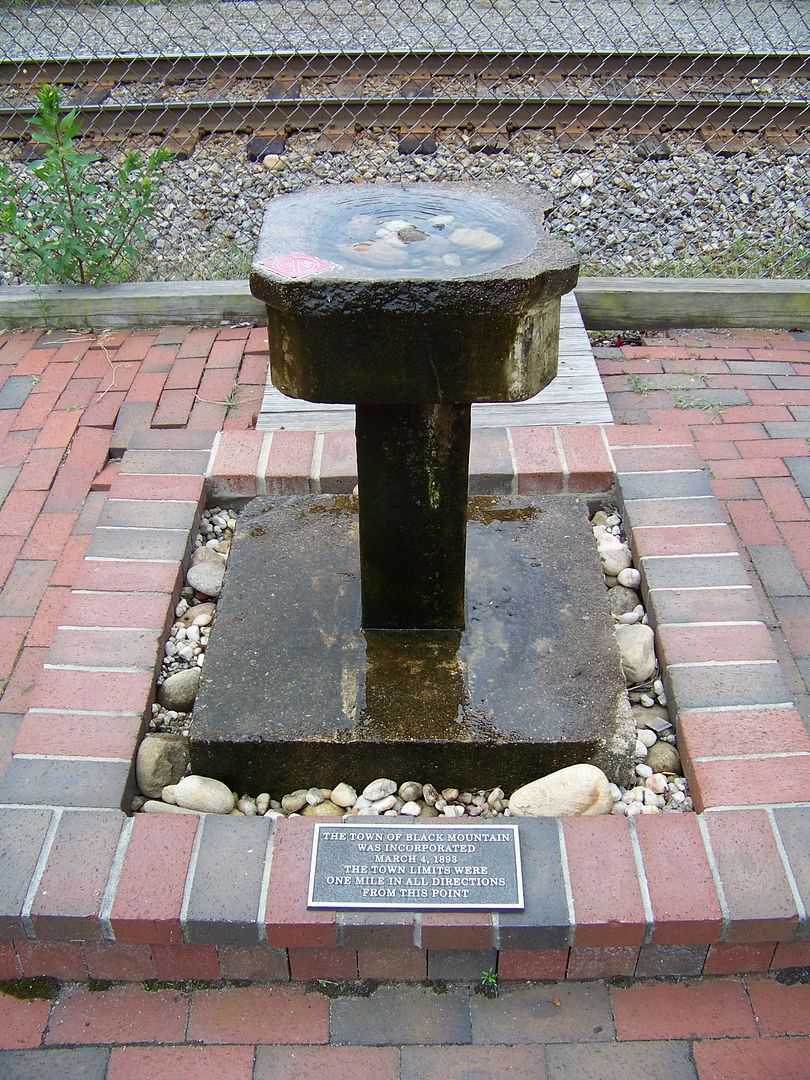
Image may be NSFW.
Clik here to view.
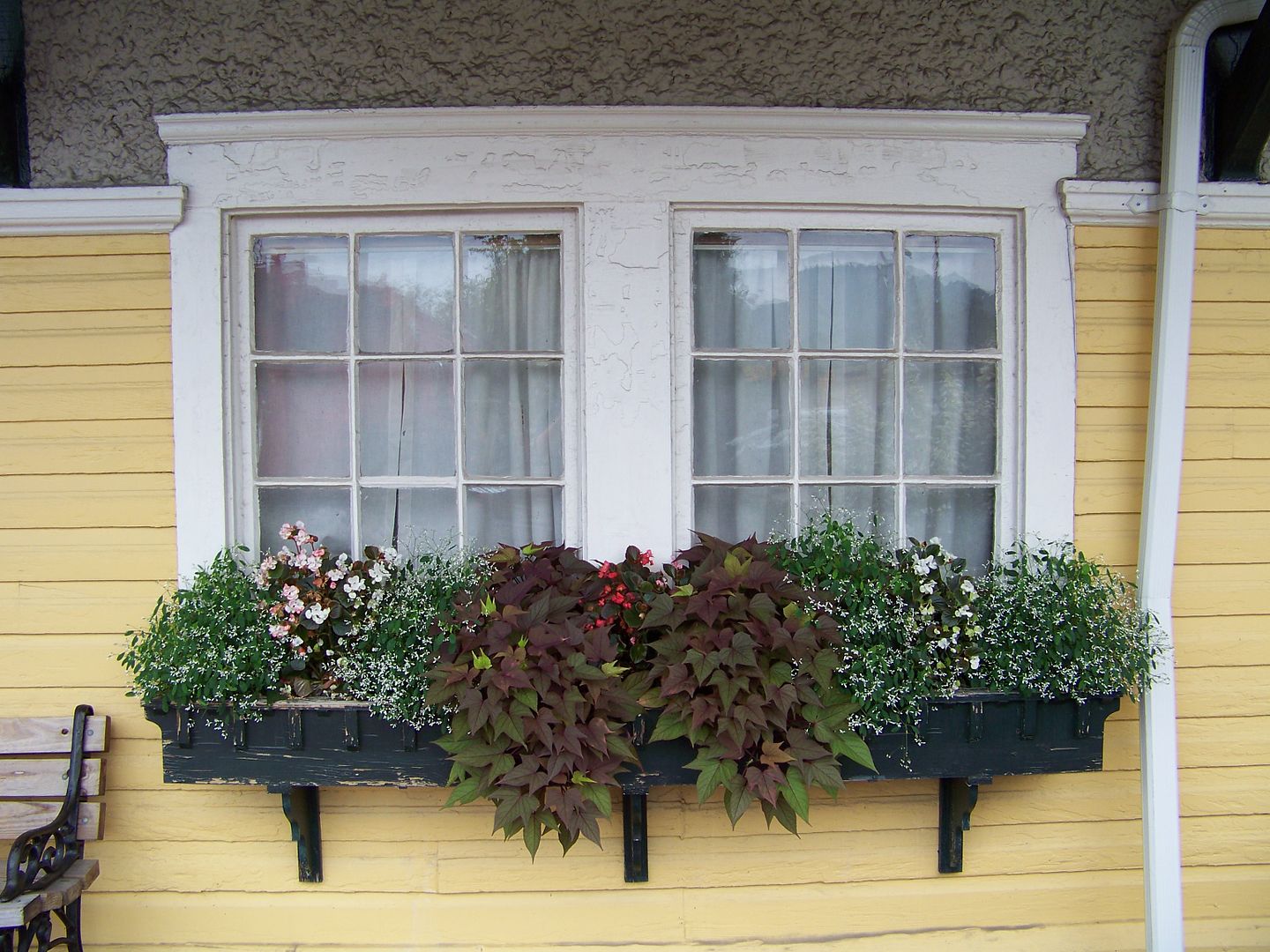
Image may be NSFW.
Clik here to view.
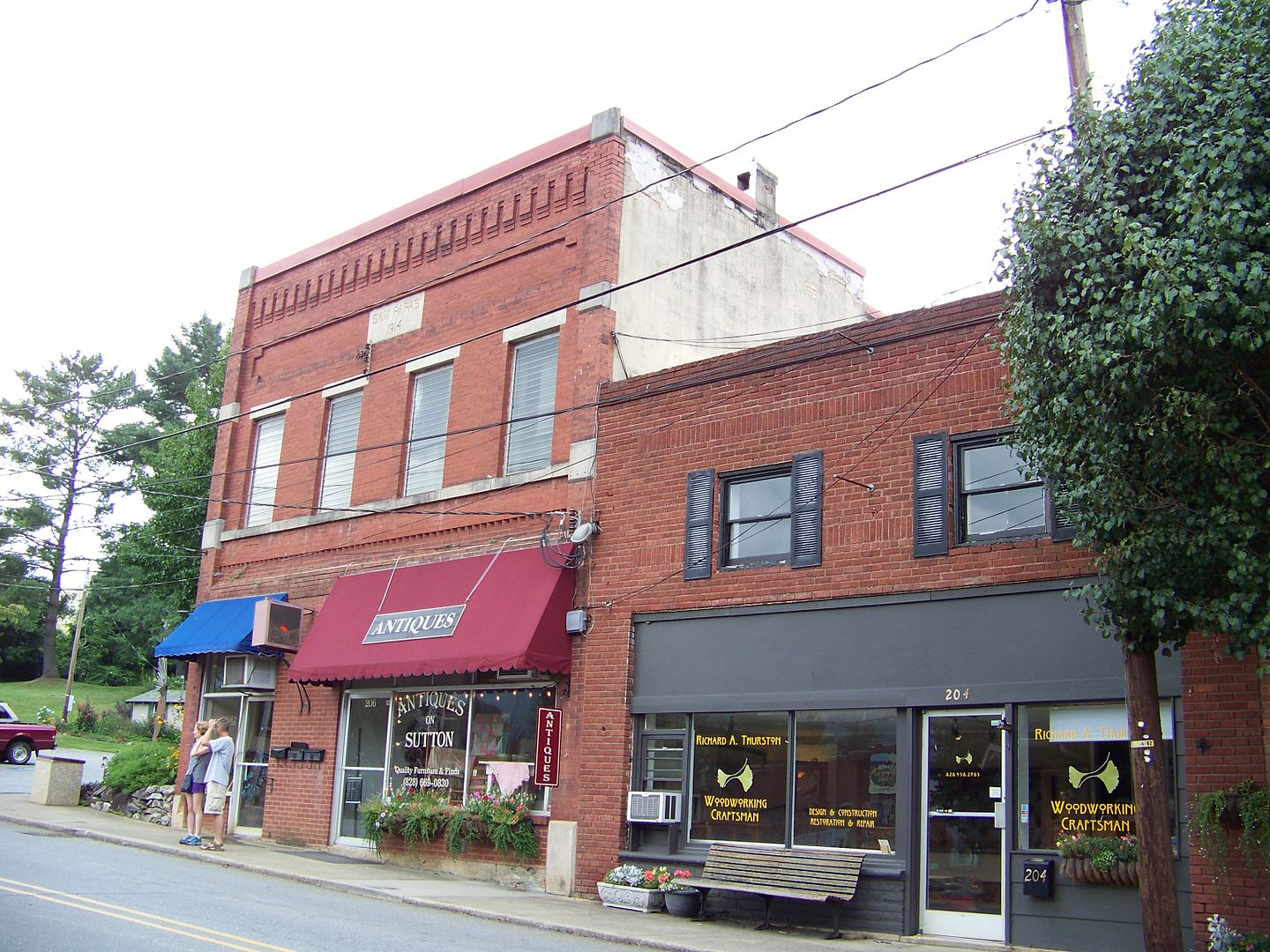
Image may be NSFW.
Clik here to view.
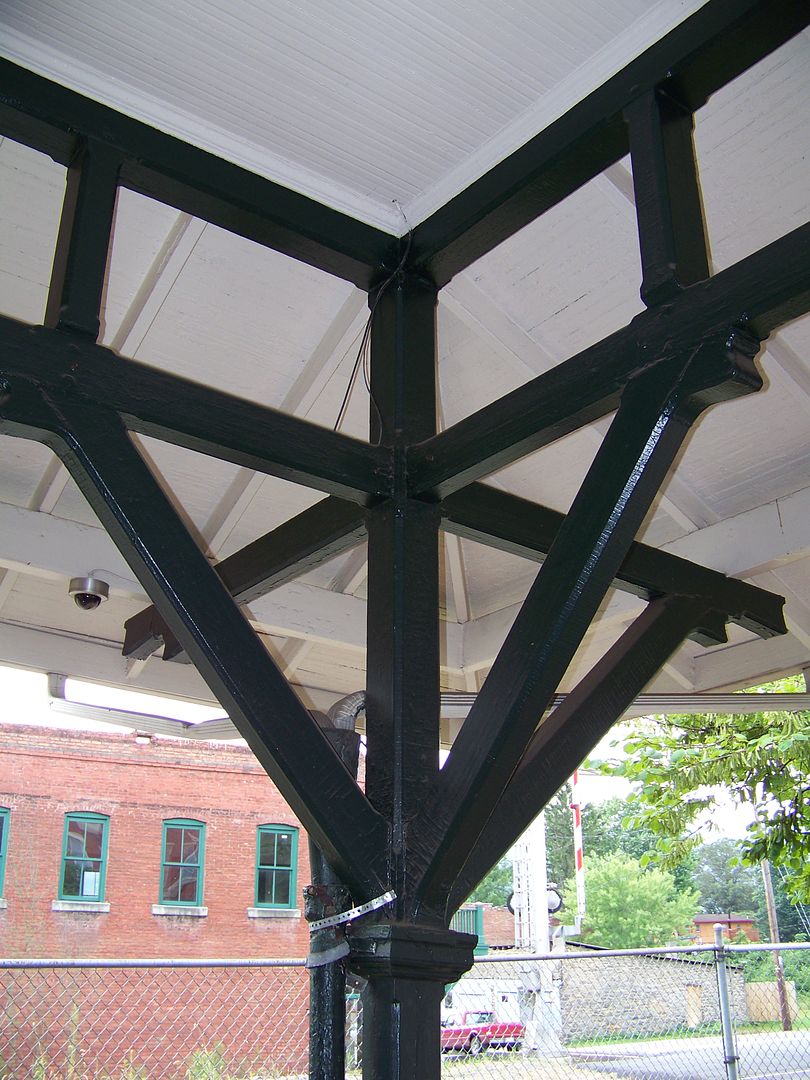
Black Mountain may be small, and a little isolated, but it is still part of the Asheville metro. Hence, an emphasis on natural foods, organic produce, and other hippie, crunchy, granola, liberal, socialist, pinko commie concerns. Which reminds me... the town is also popular with retired gay and lesbian couples.
Image may be NSFW.
Clik here to view.
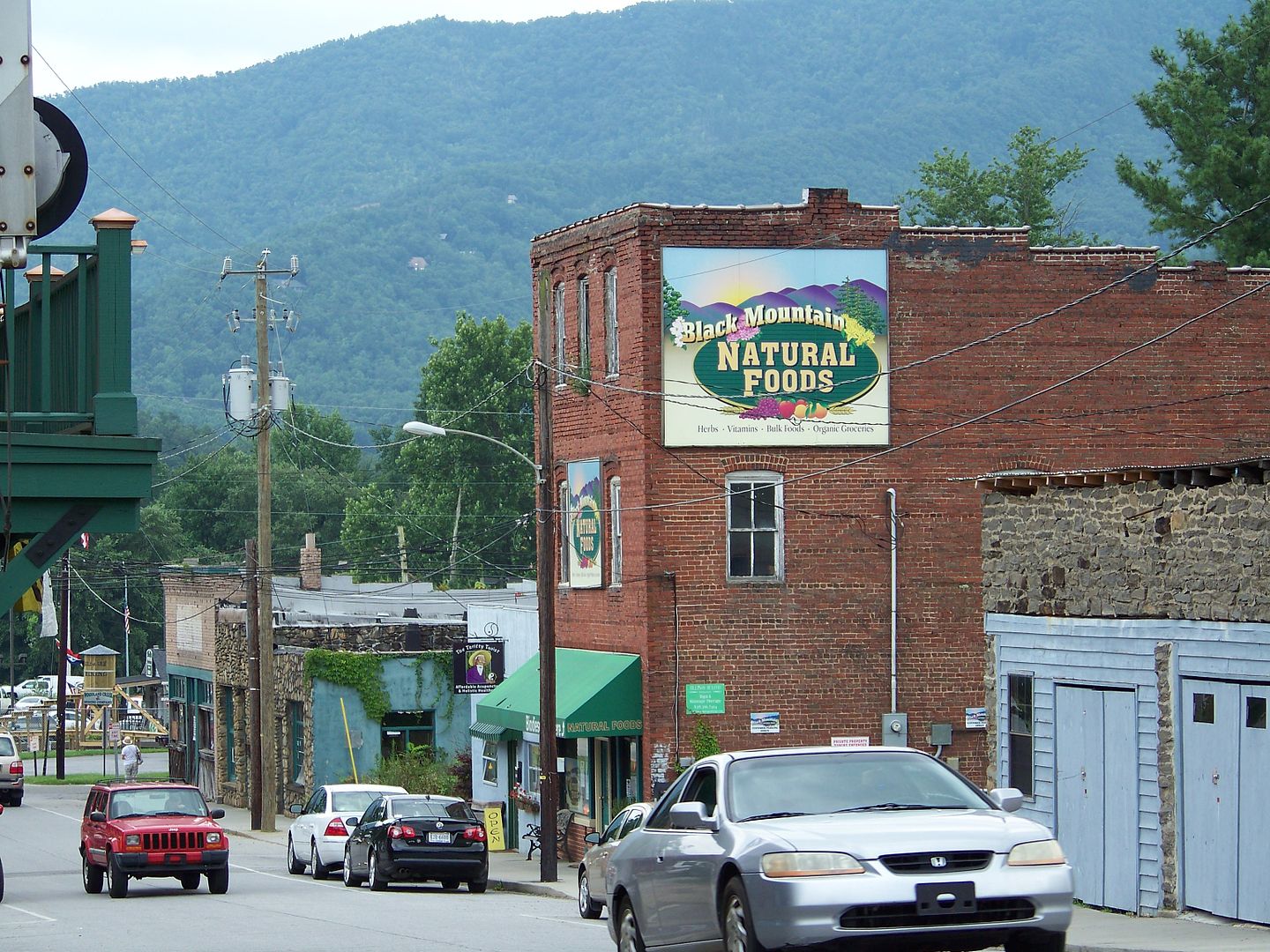
Image may be NSFW.
Clik here to view.
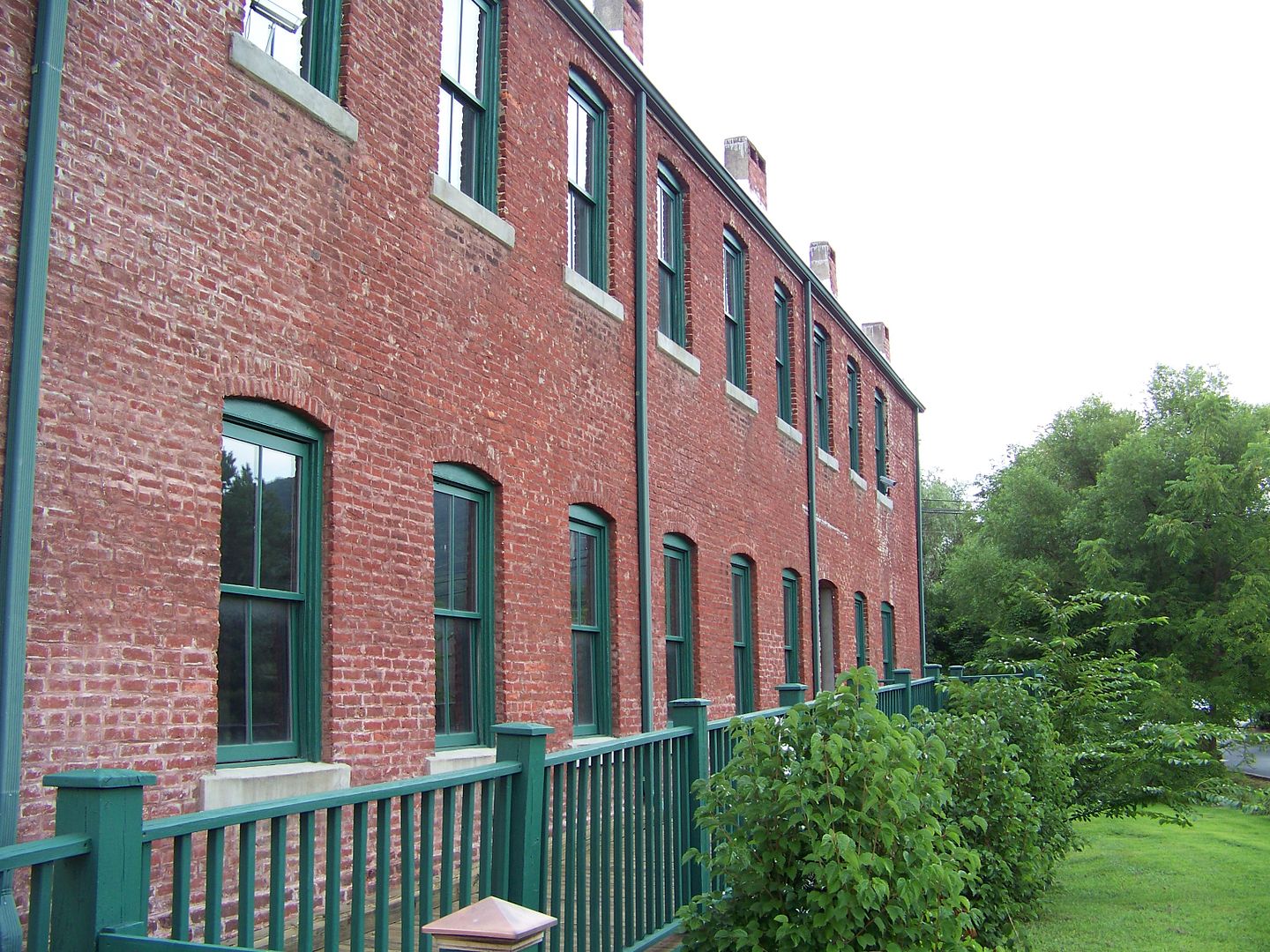
Image may be NSFW.
Clik here to view.
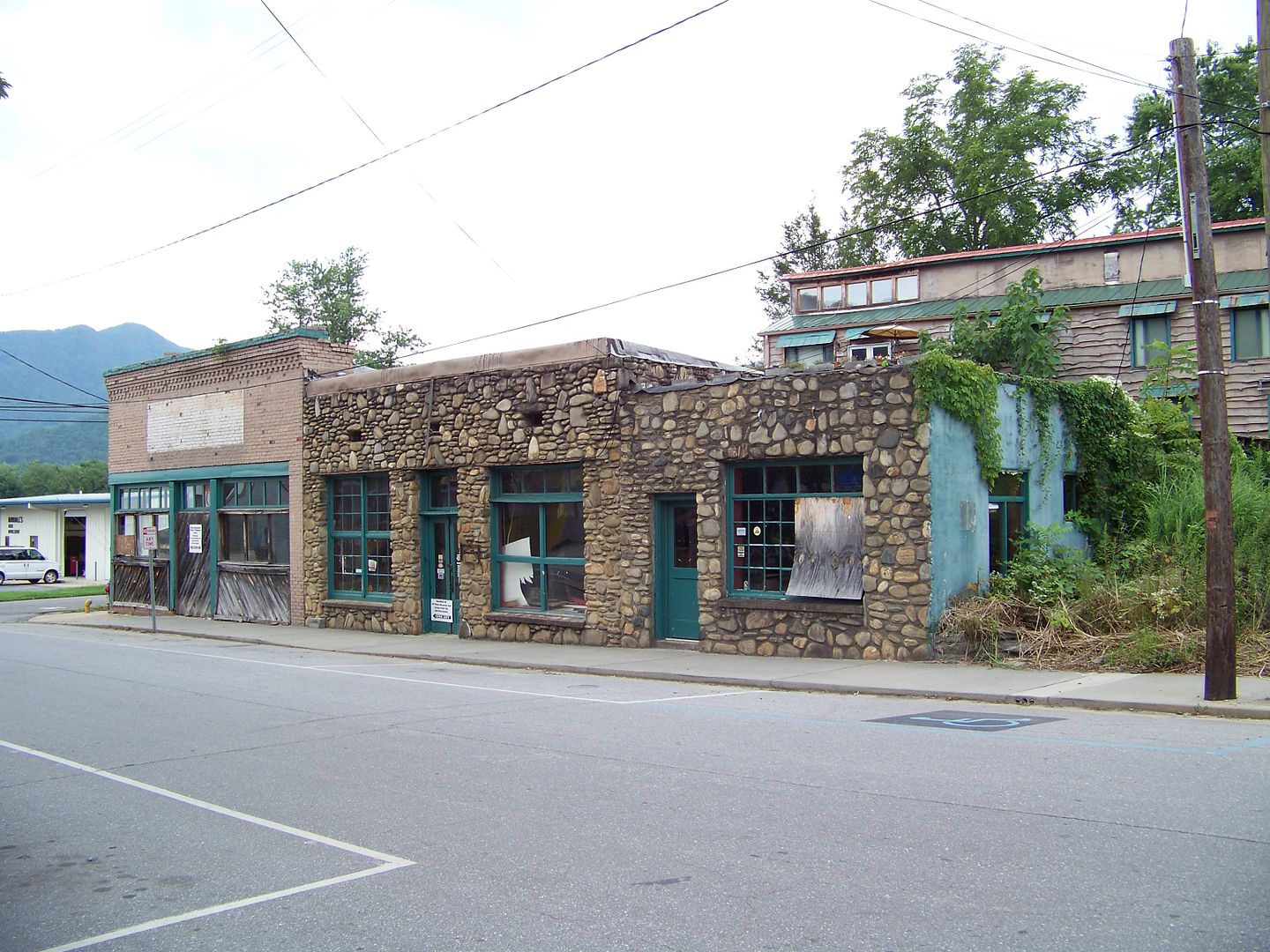
Image may be NSFW.
Clik here to view.
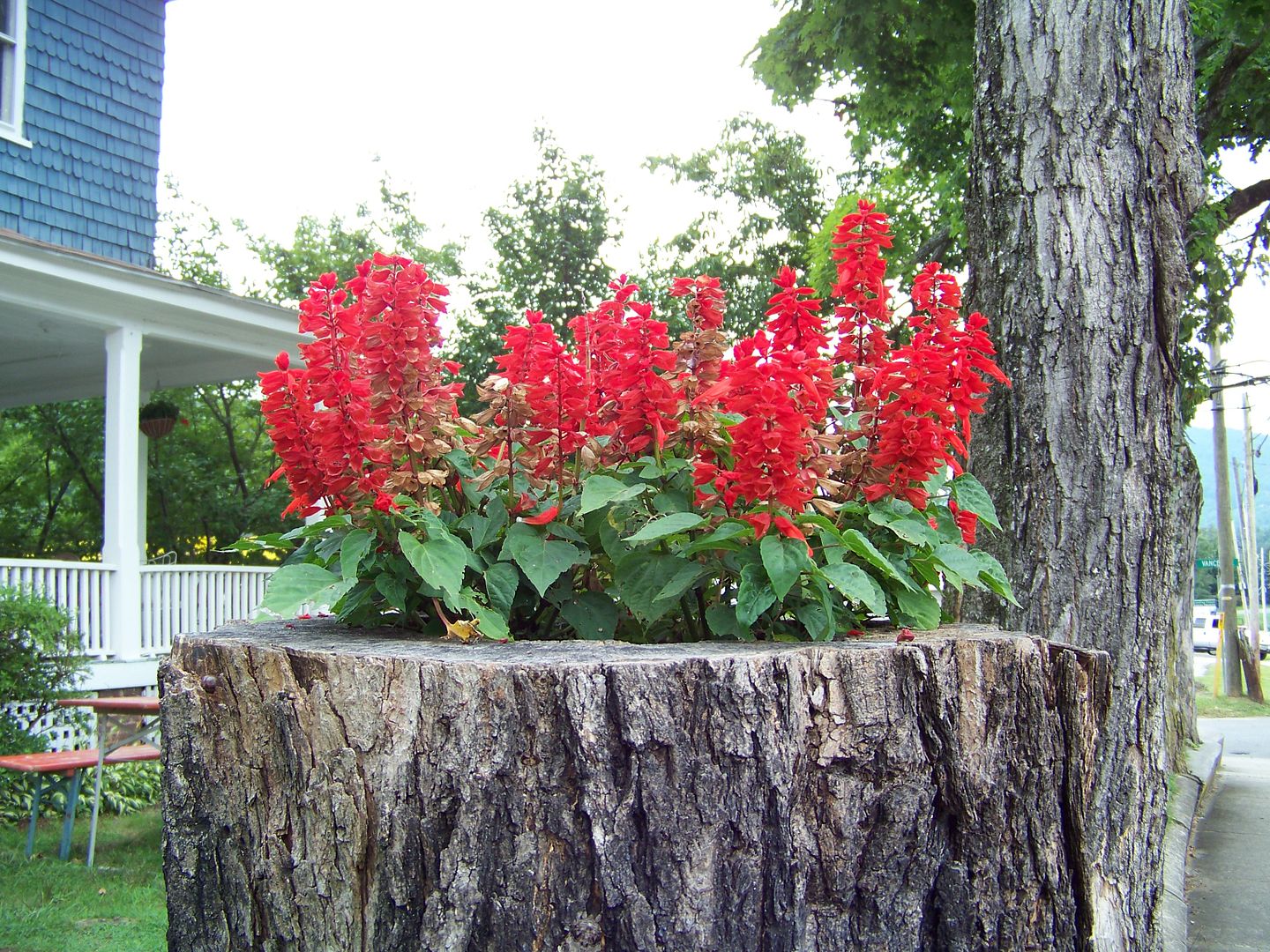
Louise's Kitchen restaurant... housed in the historic Stepp House. How historic? Well, built in 1907, it survived the fire that wiped out most of the rest of the town. Also, its owner, George W. Stepp, was a cabinetmaker who created some of the lovely woodwork at Biltmore House over in Asheville.
Image may be NSFW.
Clik here to view.
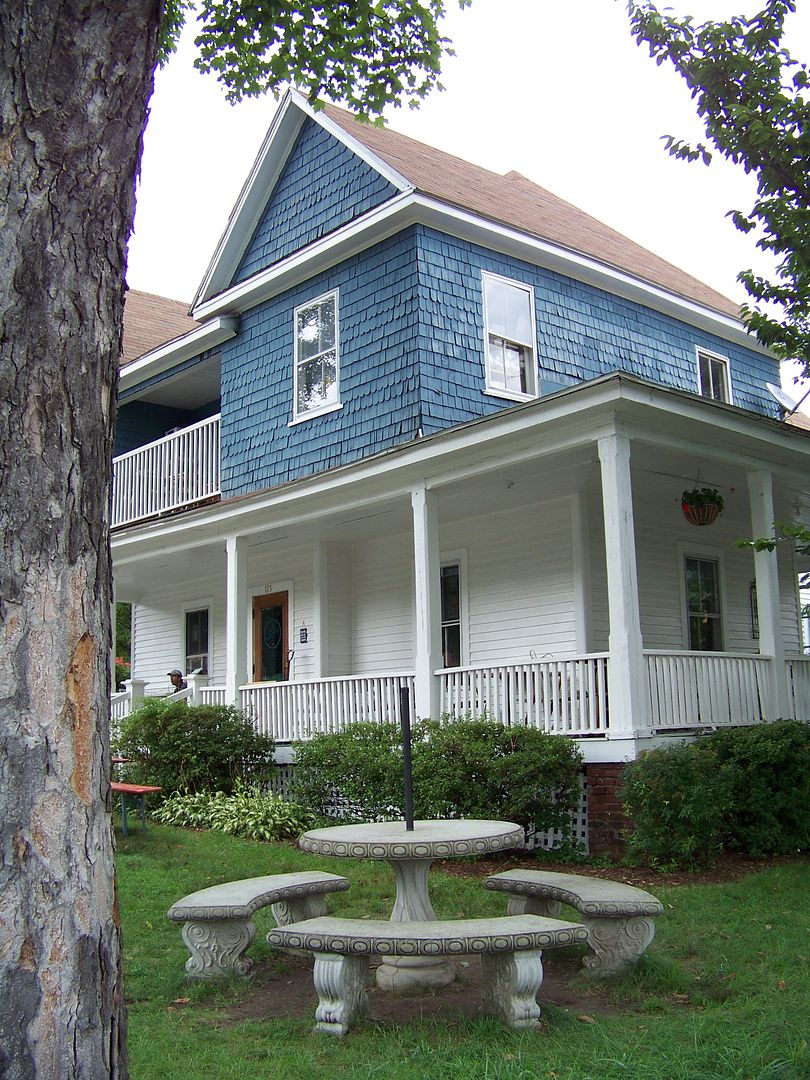
Because this produce stand was set up in the yard of the restaurant, perhaps Louise uses some of these locally grown goodies in her kitchen. Perhaps not. Who knows?
Image may be NSFW.
Clik here to view.
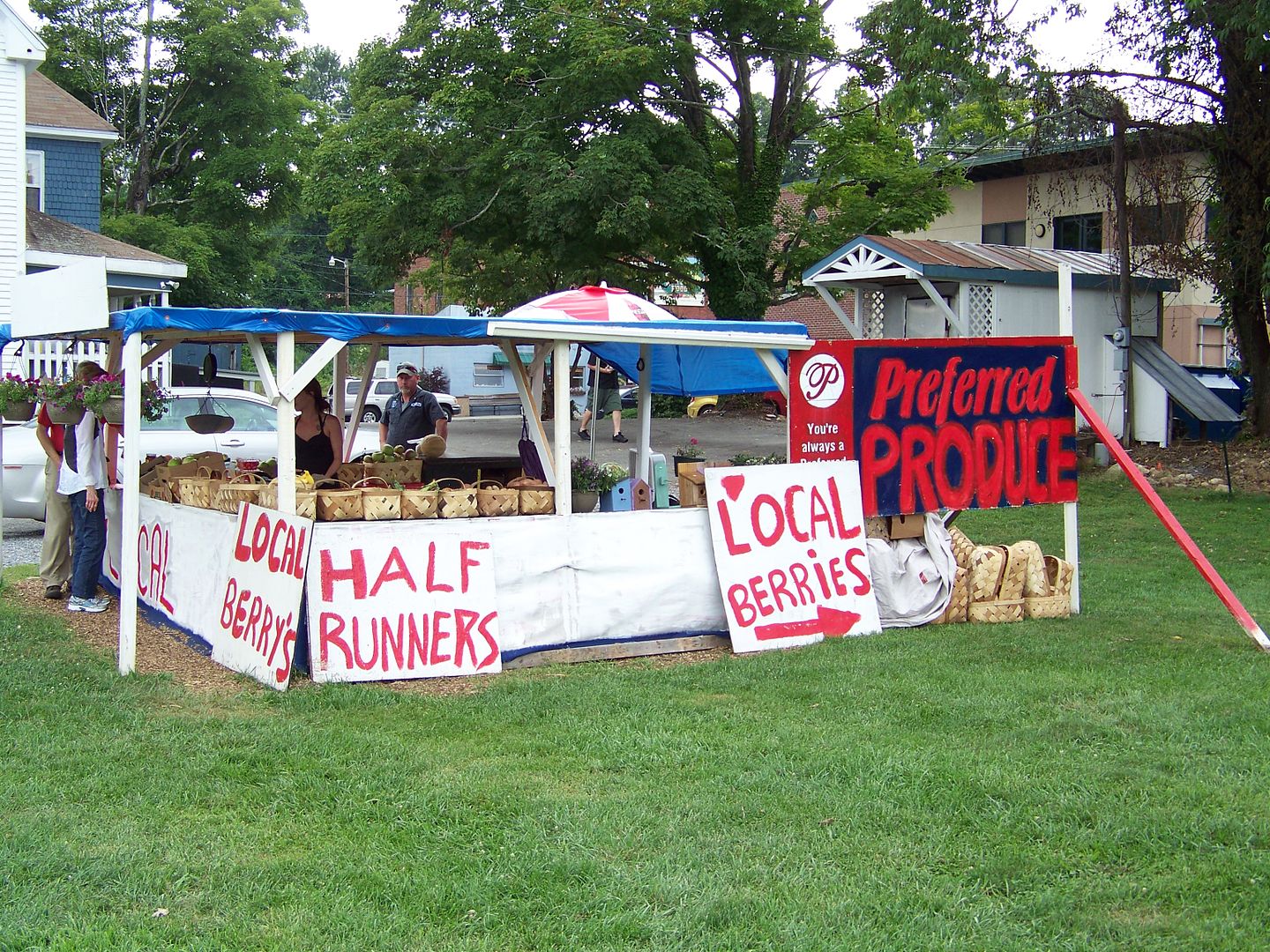
Image may be NSFW.
Clik here to view.
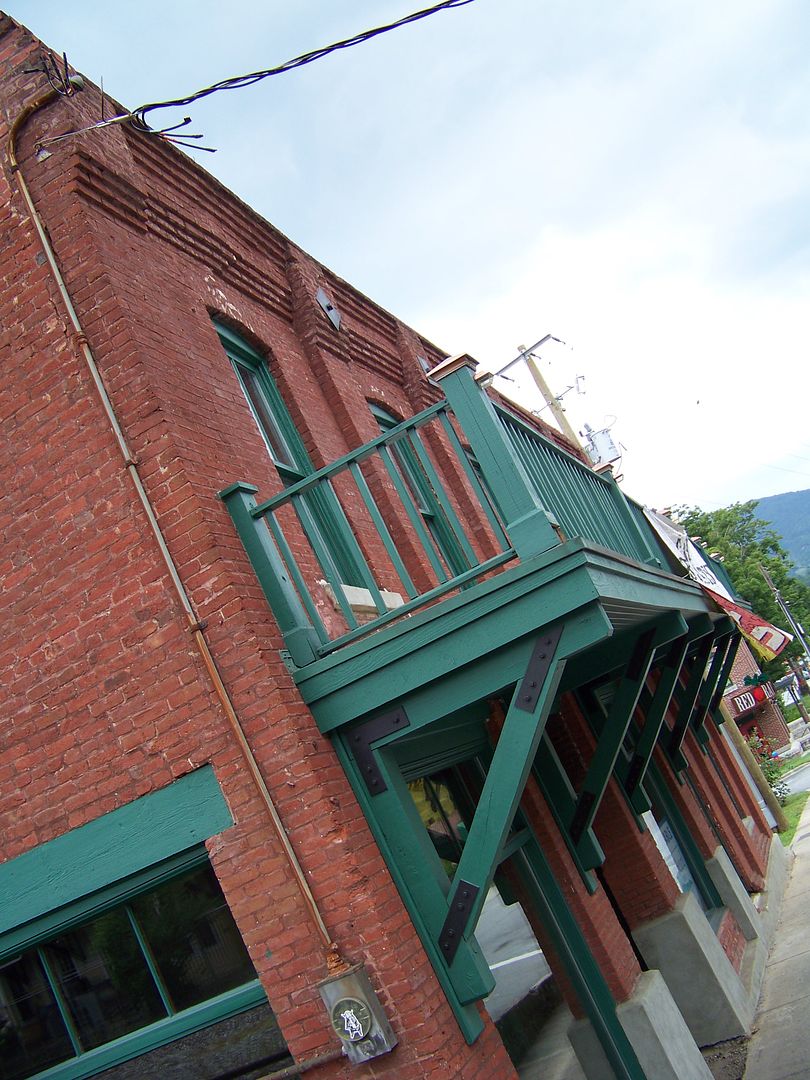
Image may be NSFW.
Clik here to view.
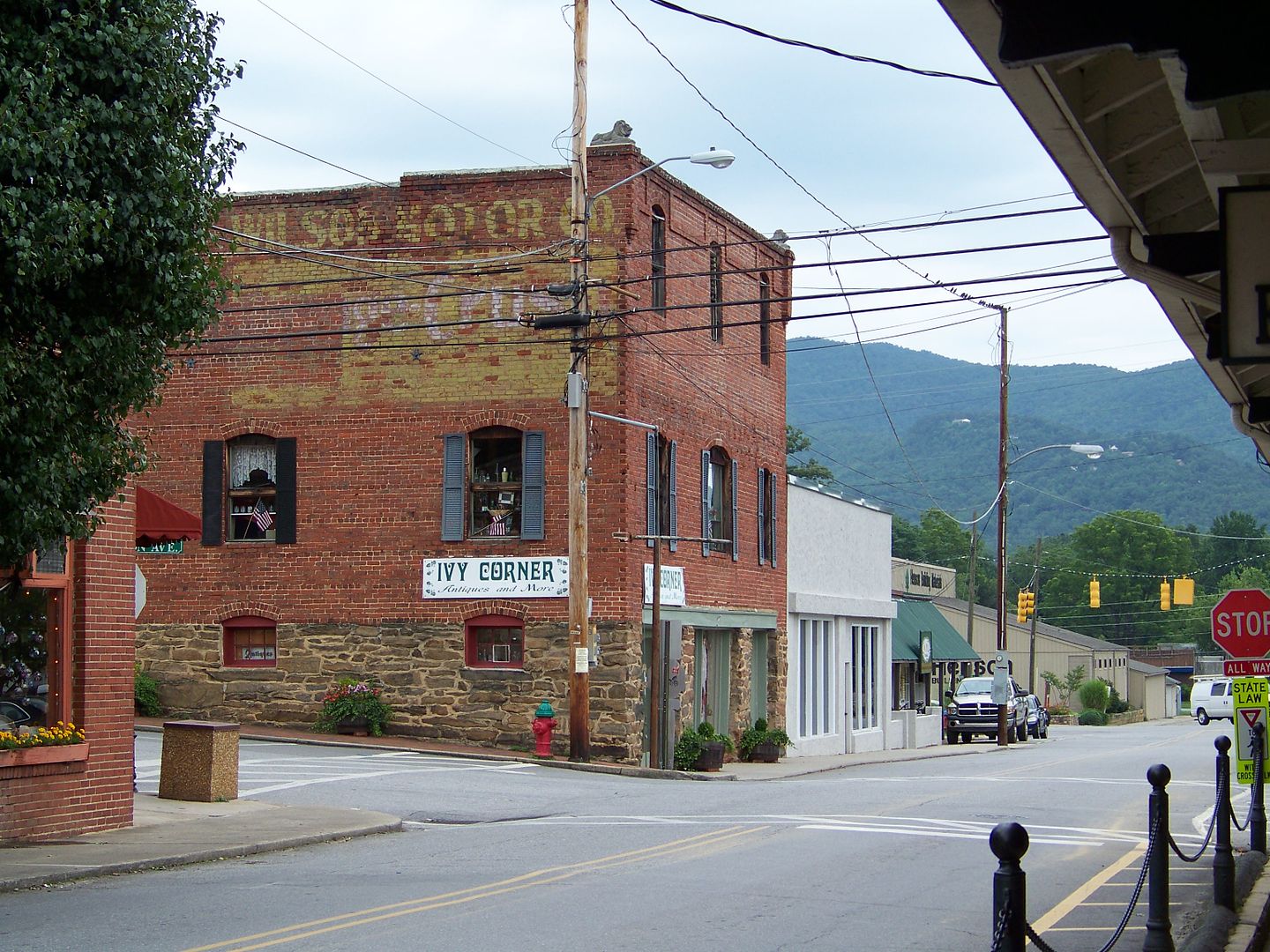
Image may be NSFW.
Clik here to view.
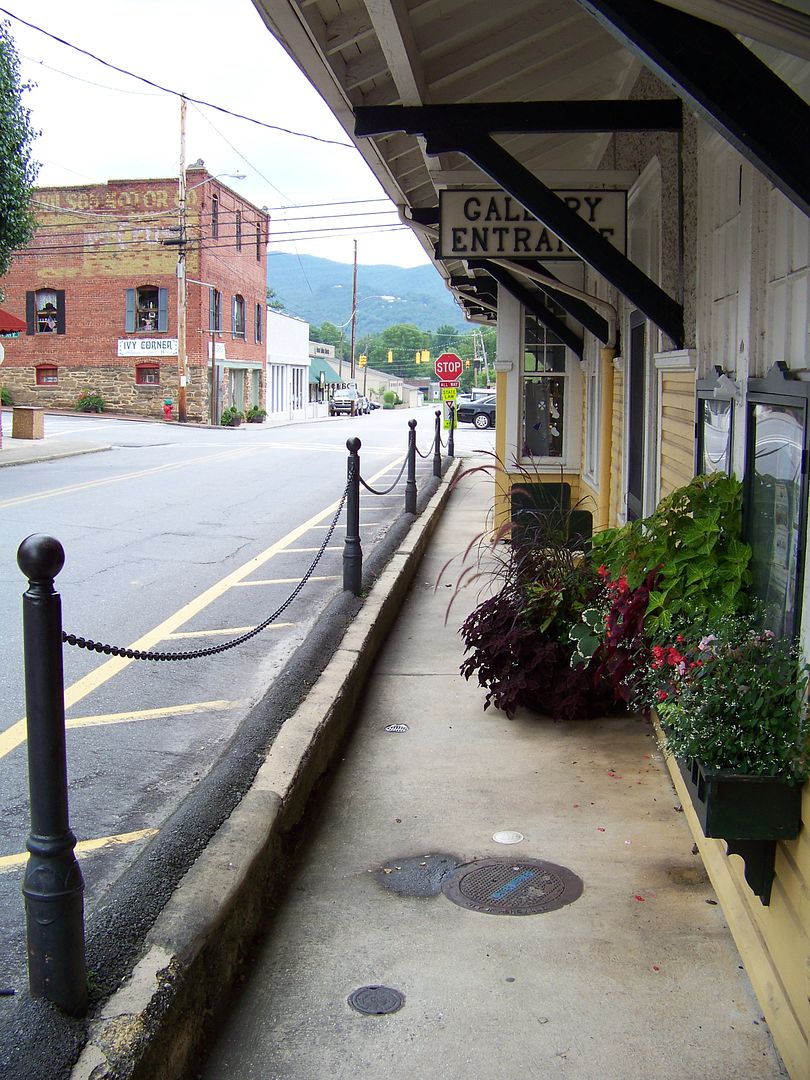
The sun has rarely shone this summer in Asheville, which is on track to record the rainiest year in its history, just five years after the worst drought in state history. It's all the fun of living in Seattle without the tedious hassle of moving across the continent!
Image may be NSFW.
Clik here to view.
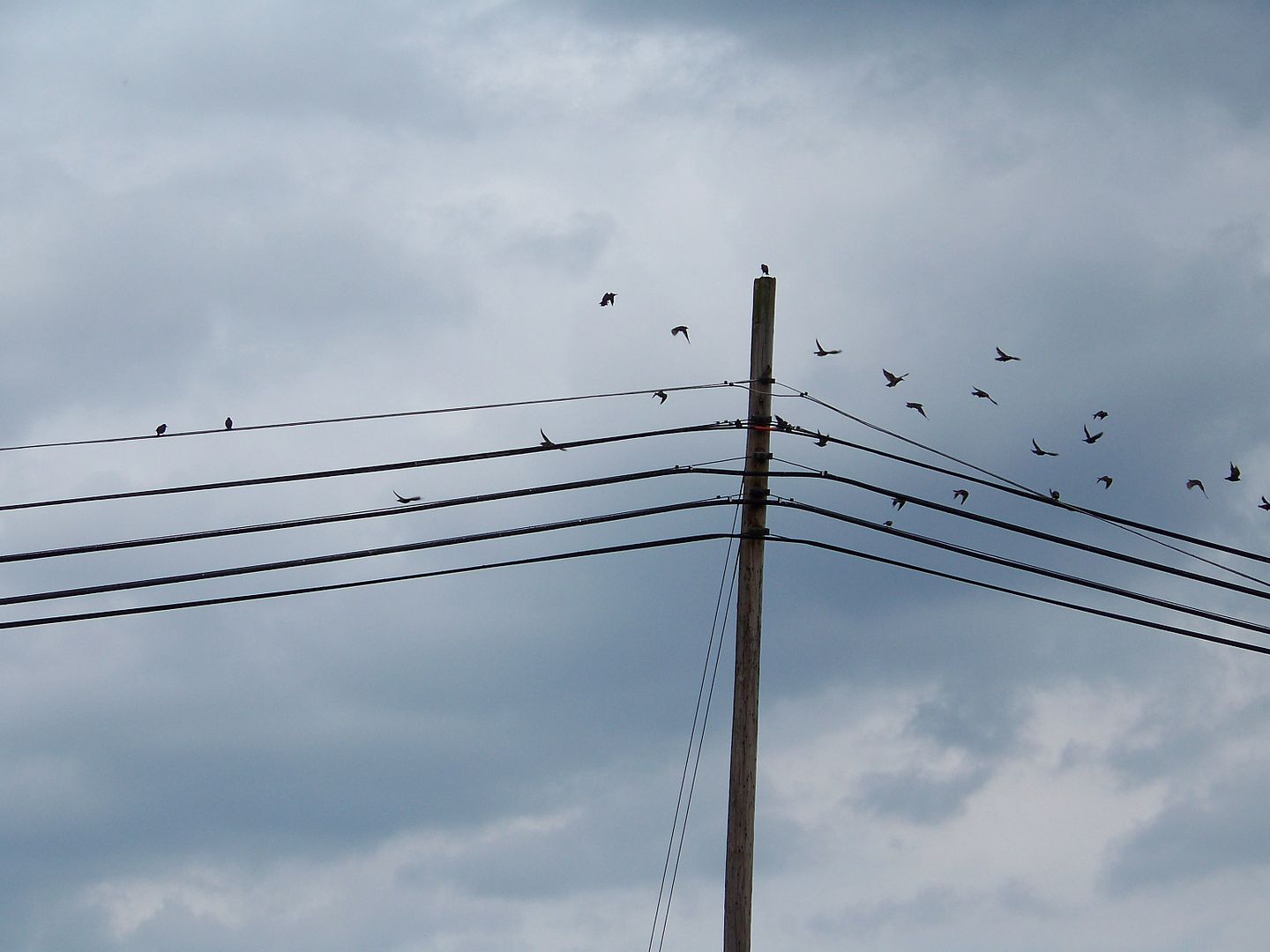
Image may be NSFW.
Clik here to view.
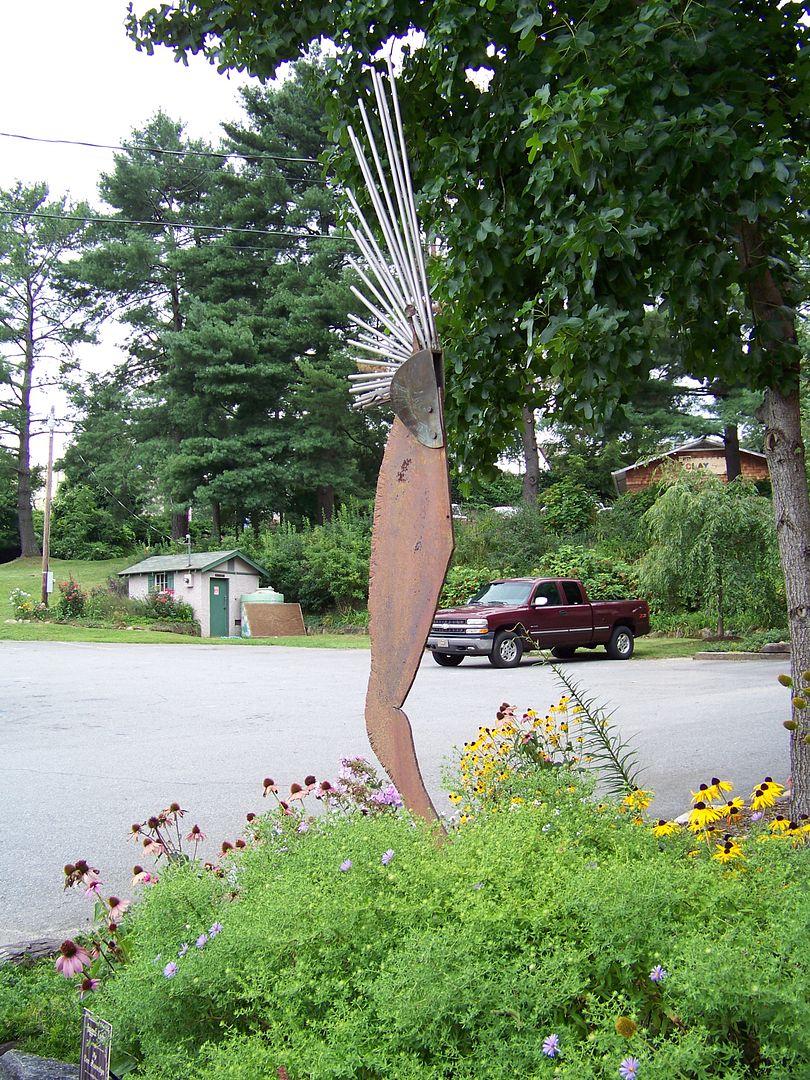
Image may be NSFW.
Clik here to view.

Image may be NSFW.
Clik here to view.
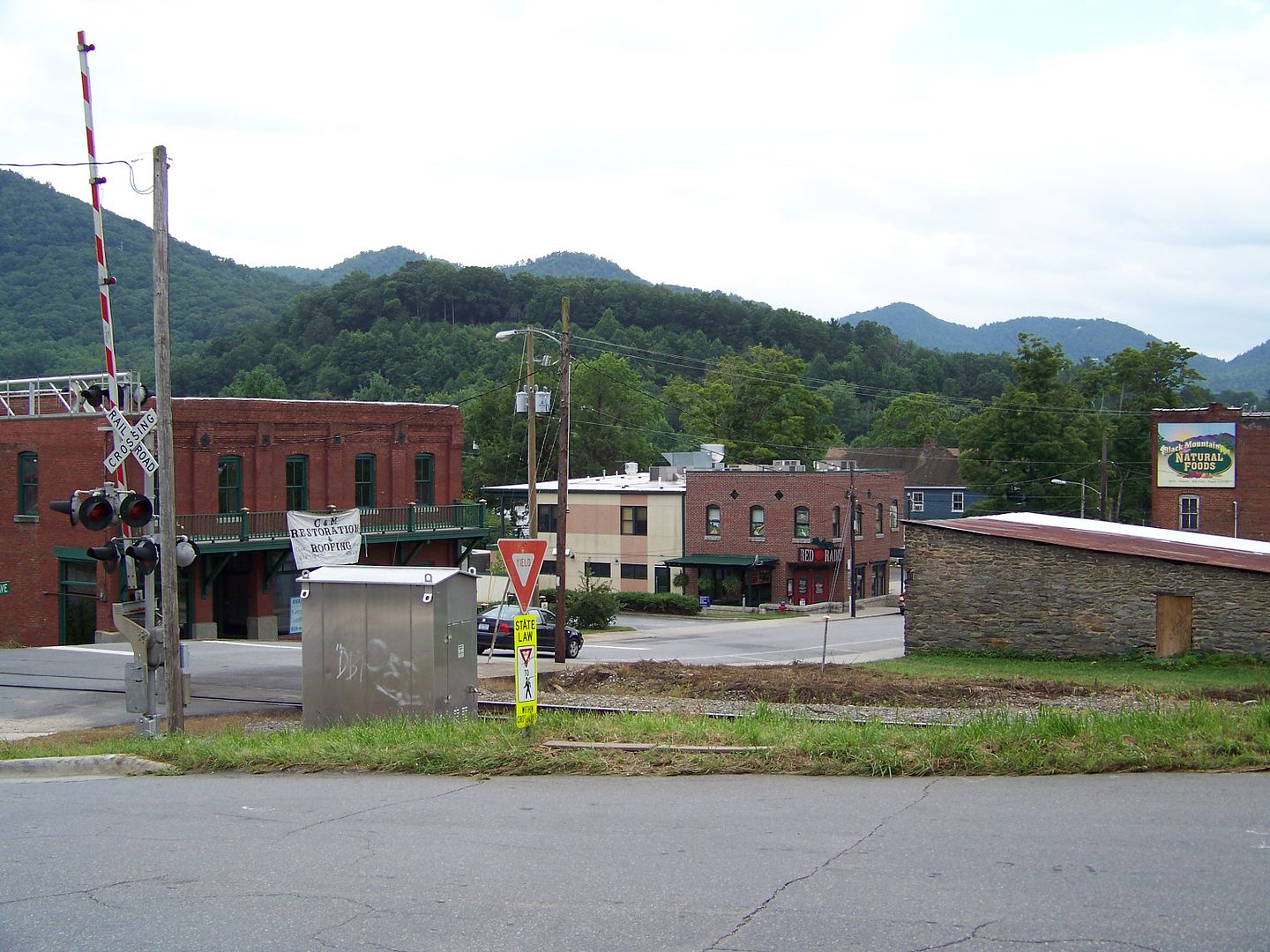
Image may be NSFW.
Clik here to view.
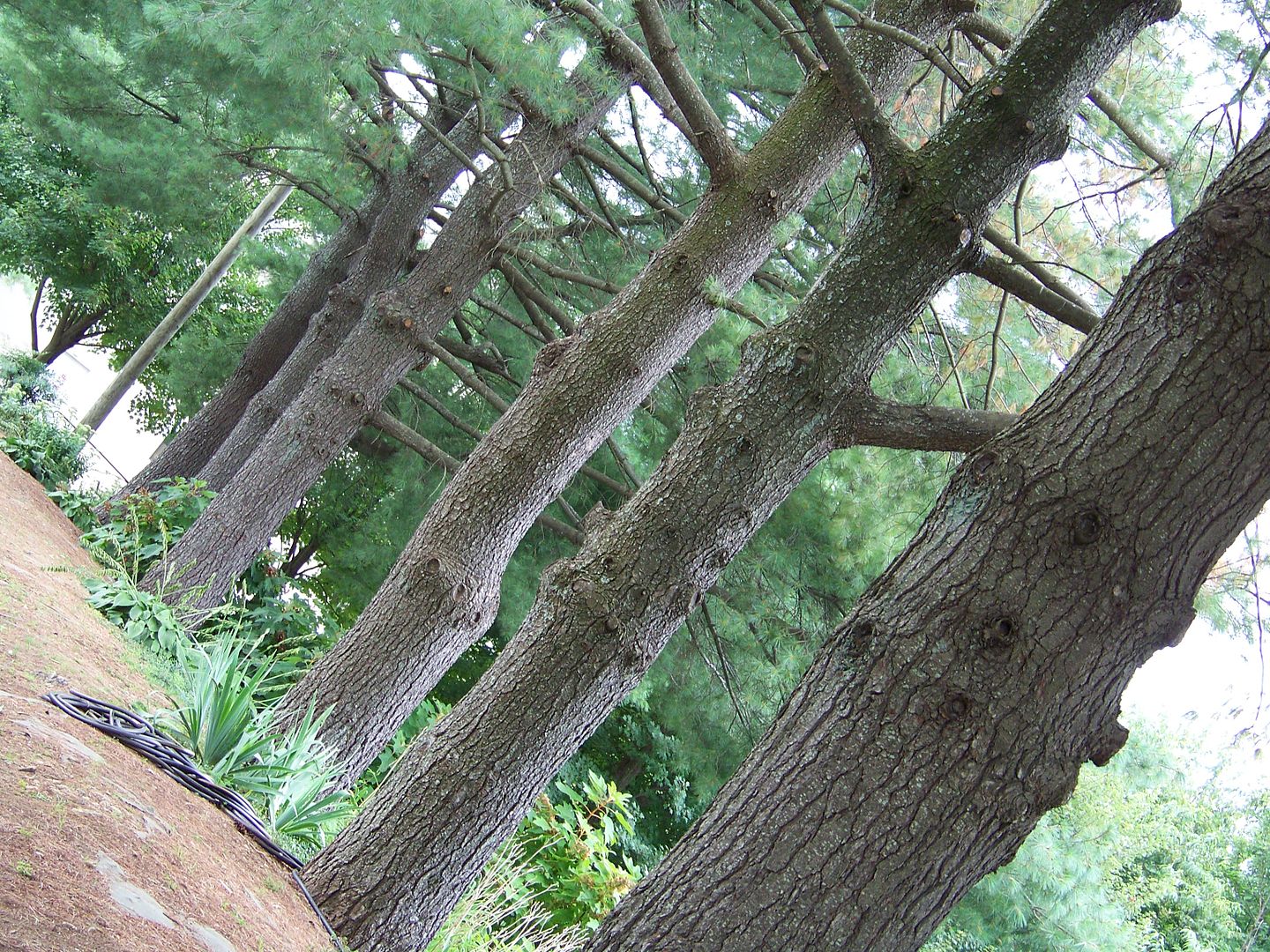
Image may be NSFW.
Clik here to view.
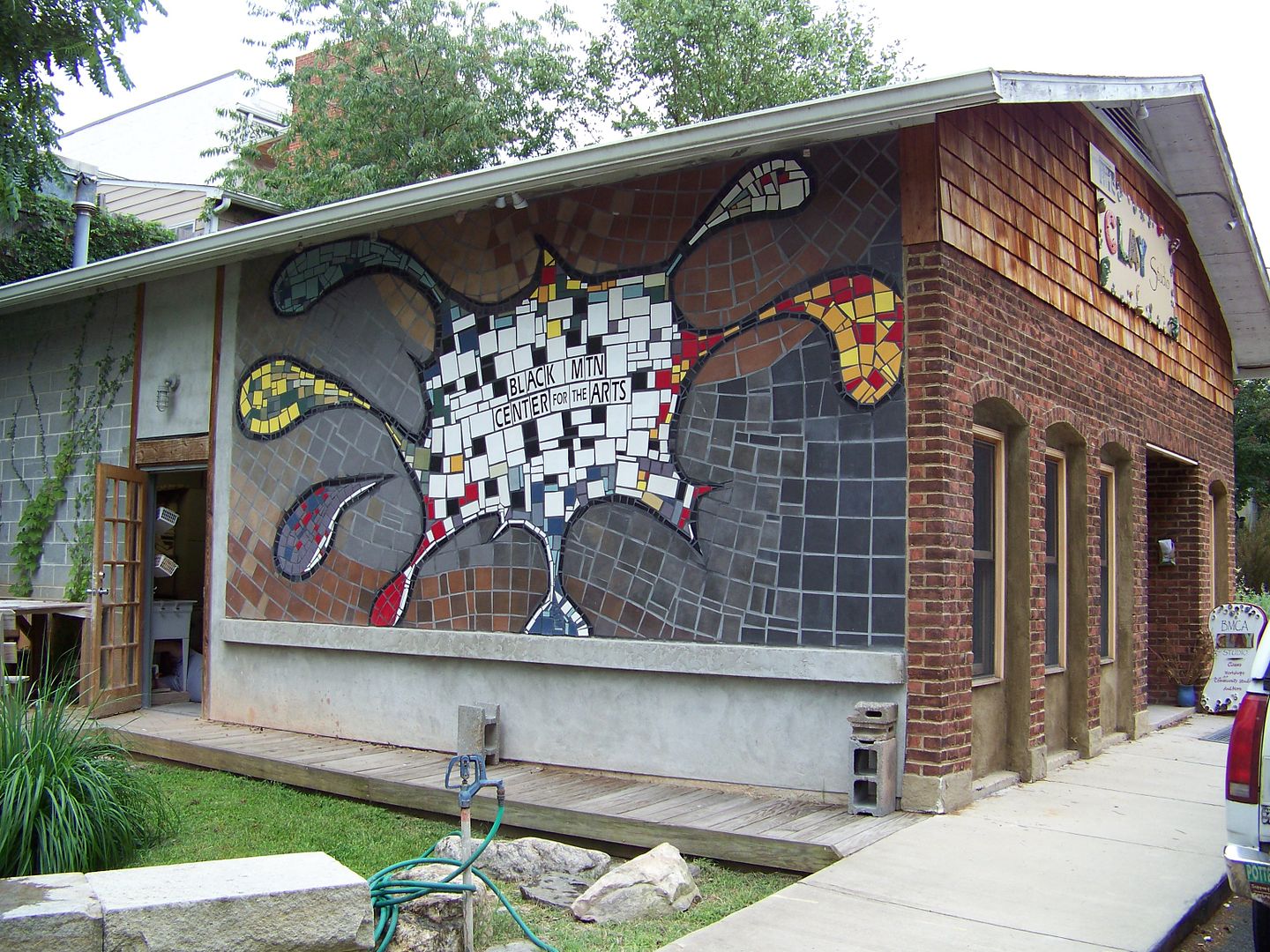
Image may be NSFW.
Clik here to view.
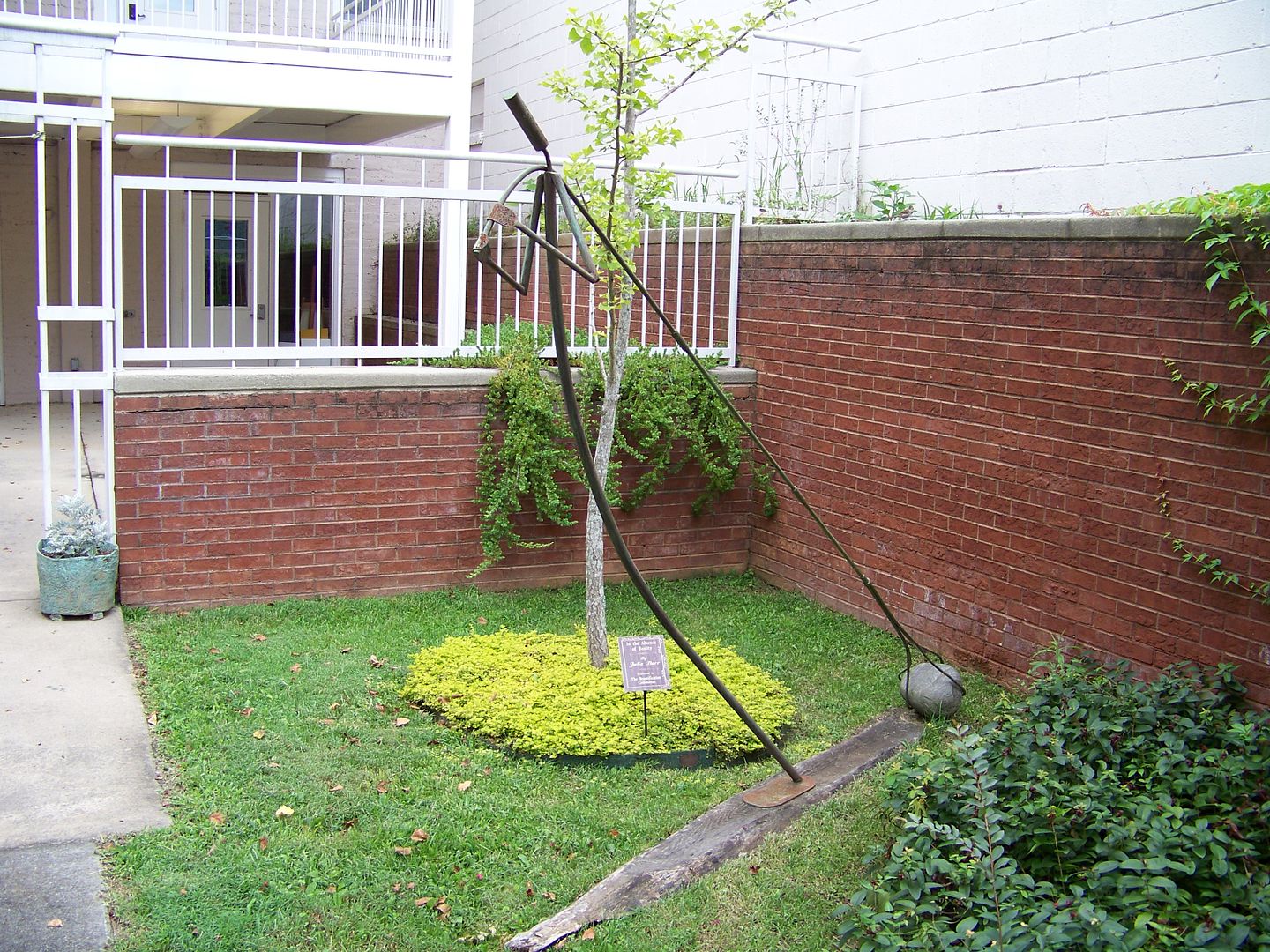
Image may be NSFW.
Clik here to view.

It's amazing what you can do with cement, a trowel, and some patience.
Image may be NSFW.
Clik here to view.
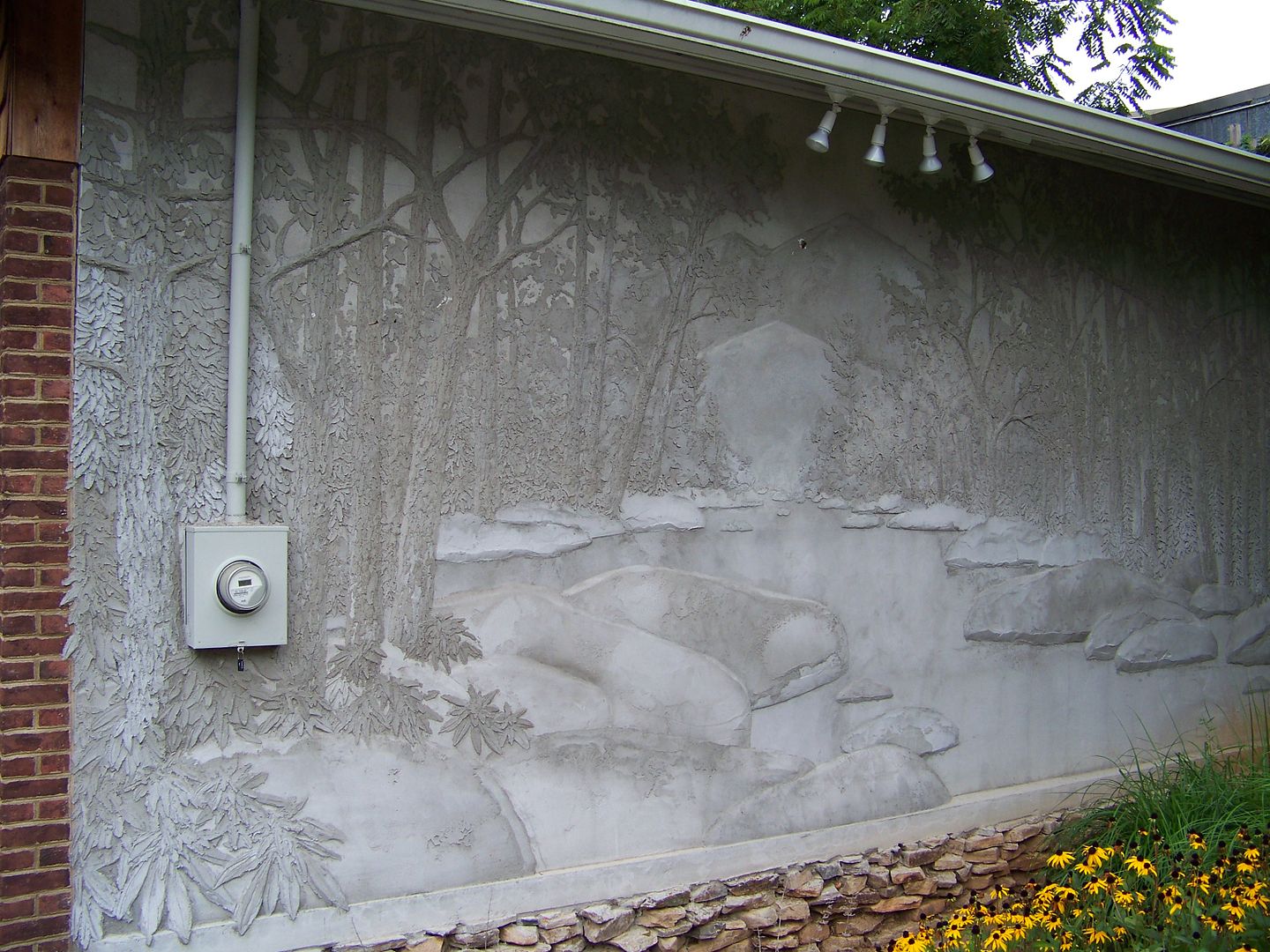
Image may be NSFW.
Clik here to view.
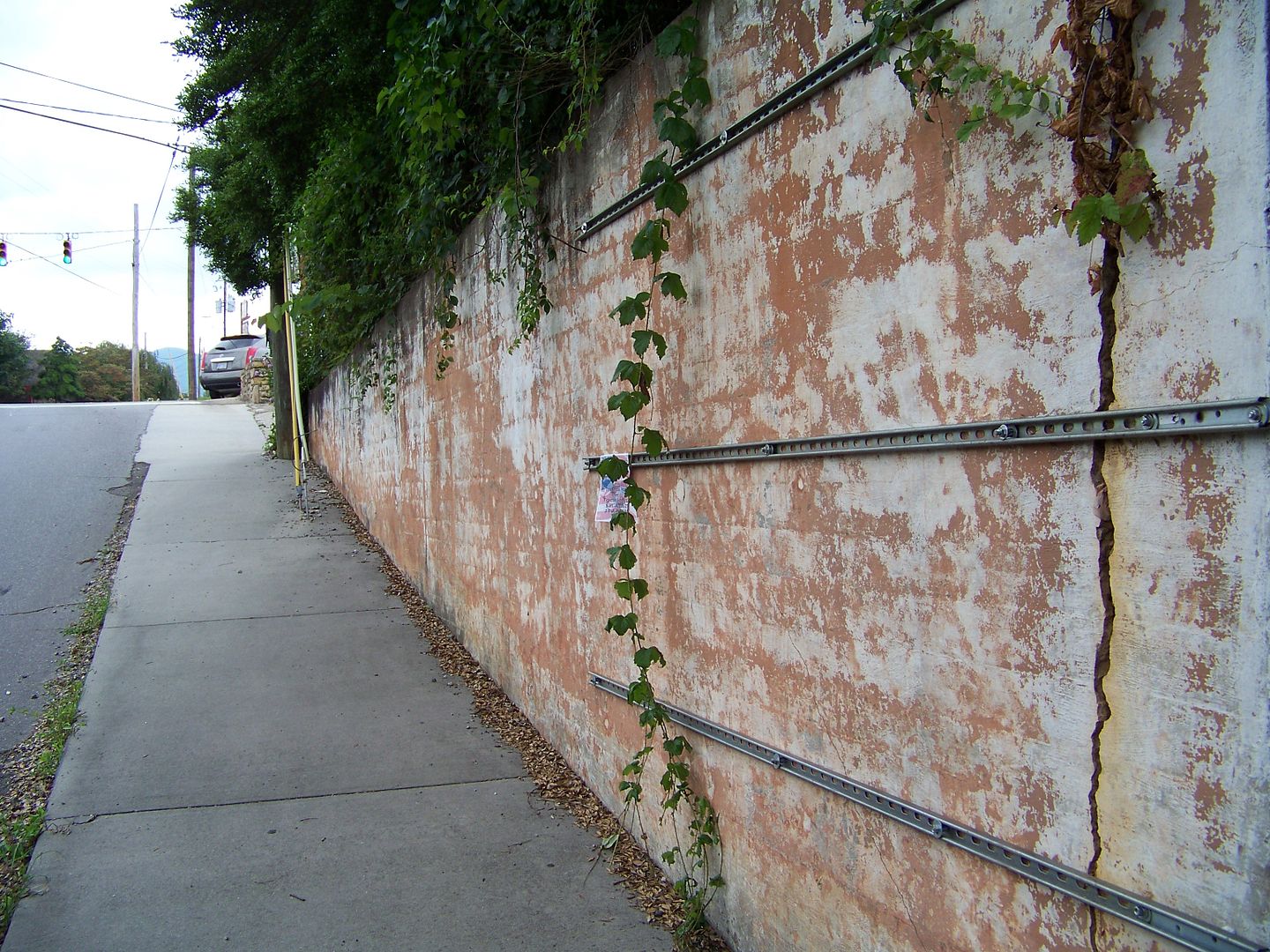
This bronze elephant patrols the parking lot of the Thai Basil Restaurant.
Image may be NSFW.
Clik here to view.
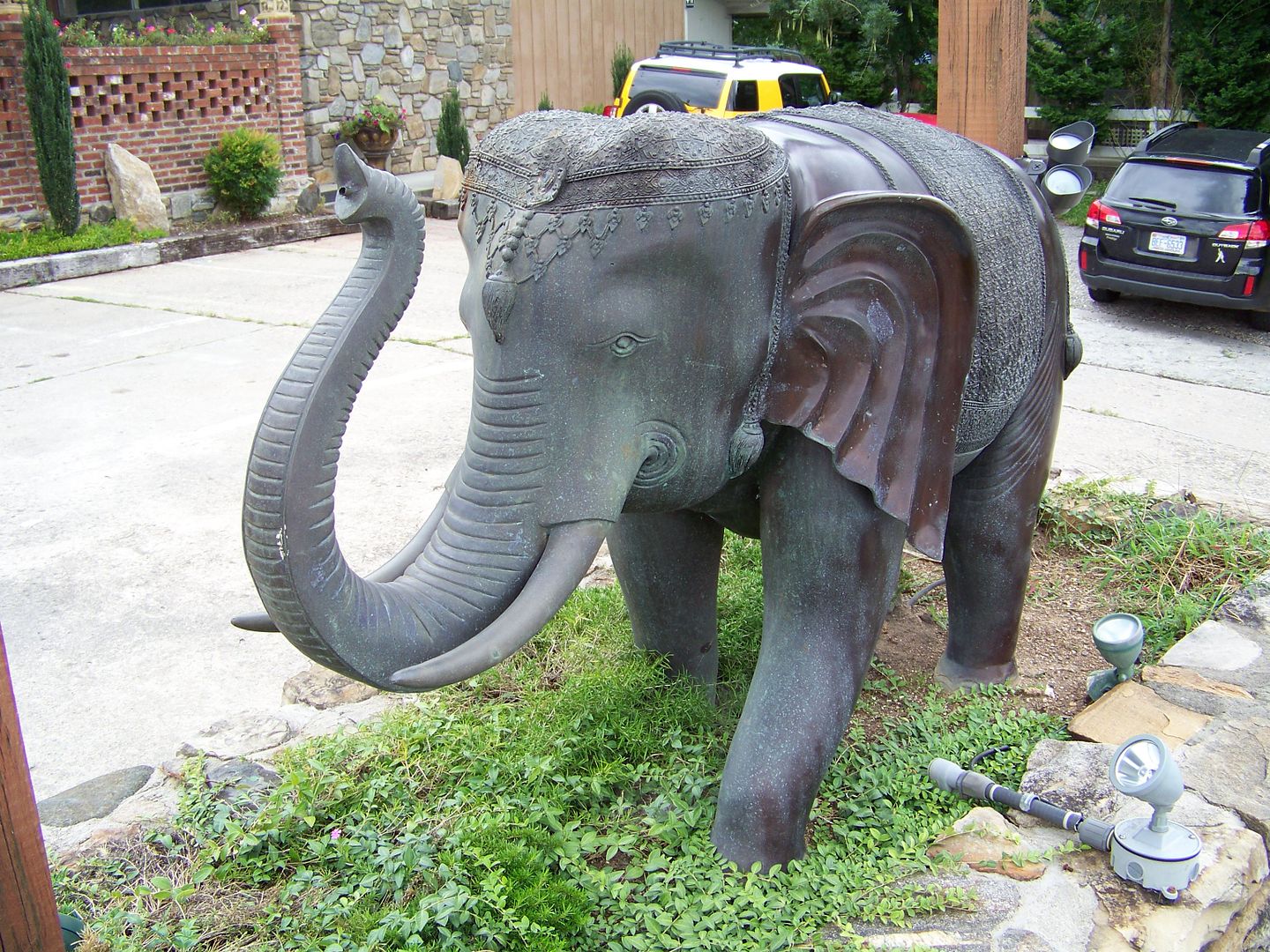
These cement elephants patrol the diners on the outdoor patio.
Image may be NSFW.
Clik here to view.

Image may be NSFW.
Clik here to view.

Black Mountain's city government no longer calls this building home and has instead relocated to digs that overlook the large vacant lot that the city has long talked of turning into a town square. An arts council is located in this building now.
Image may be NSFW.
Clik here to view.
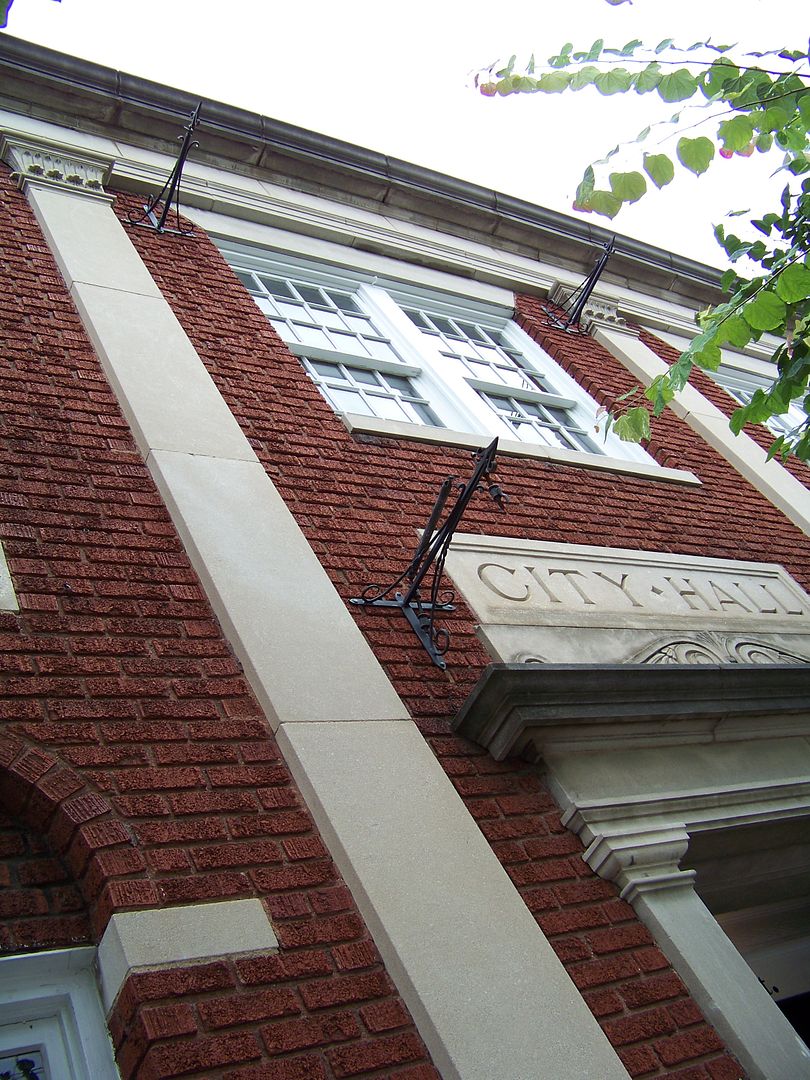
A French botanist? Why not? There's a Scottish botanist who died in the 1820's who lived in Asheville, who made a name for himself exporting Western North Carolina flora to England for use in English gardens... and why not that? The only place on earth with more diversity of plants and animals is the Amazon Basin. We've got all sorts of weird and lovely plants to spare.
Image may be NSFW.
Clik here to view.
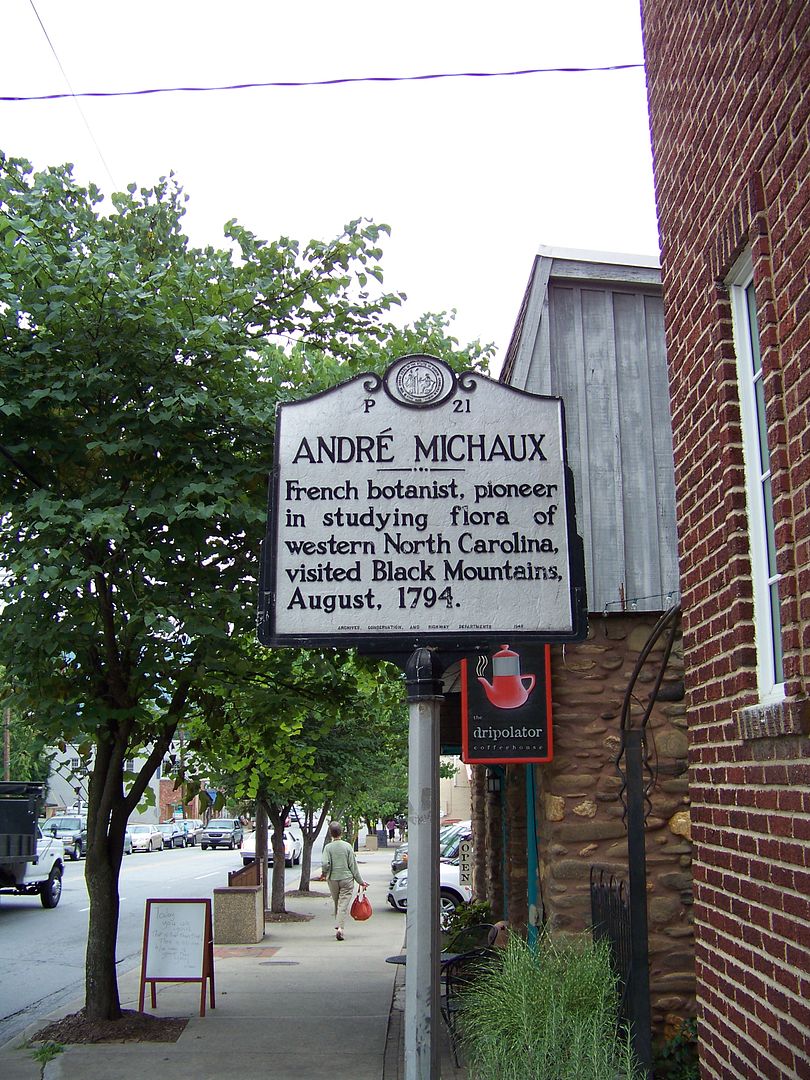
Image may be NSFW.
Clik here to view.
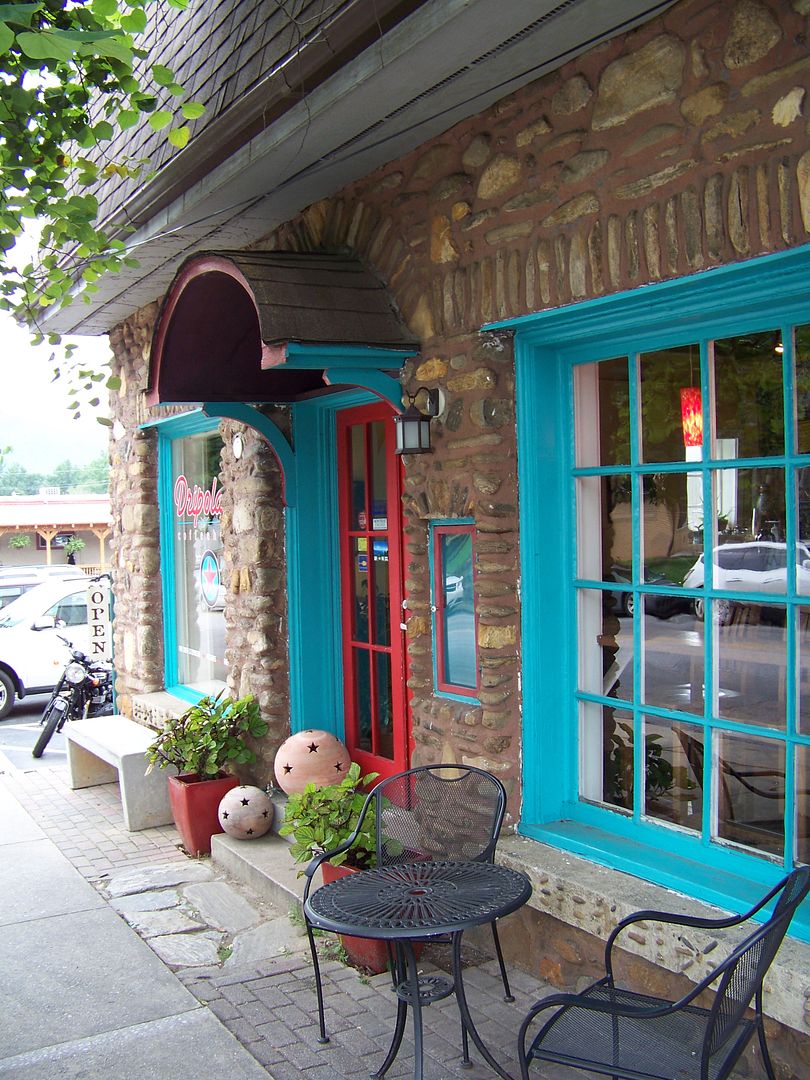
Image may be NSFW.
Clik here to view.
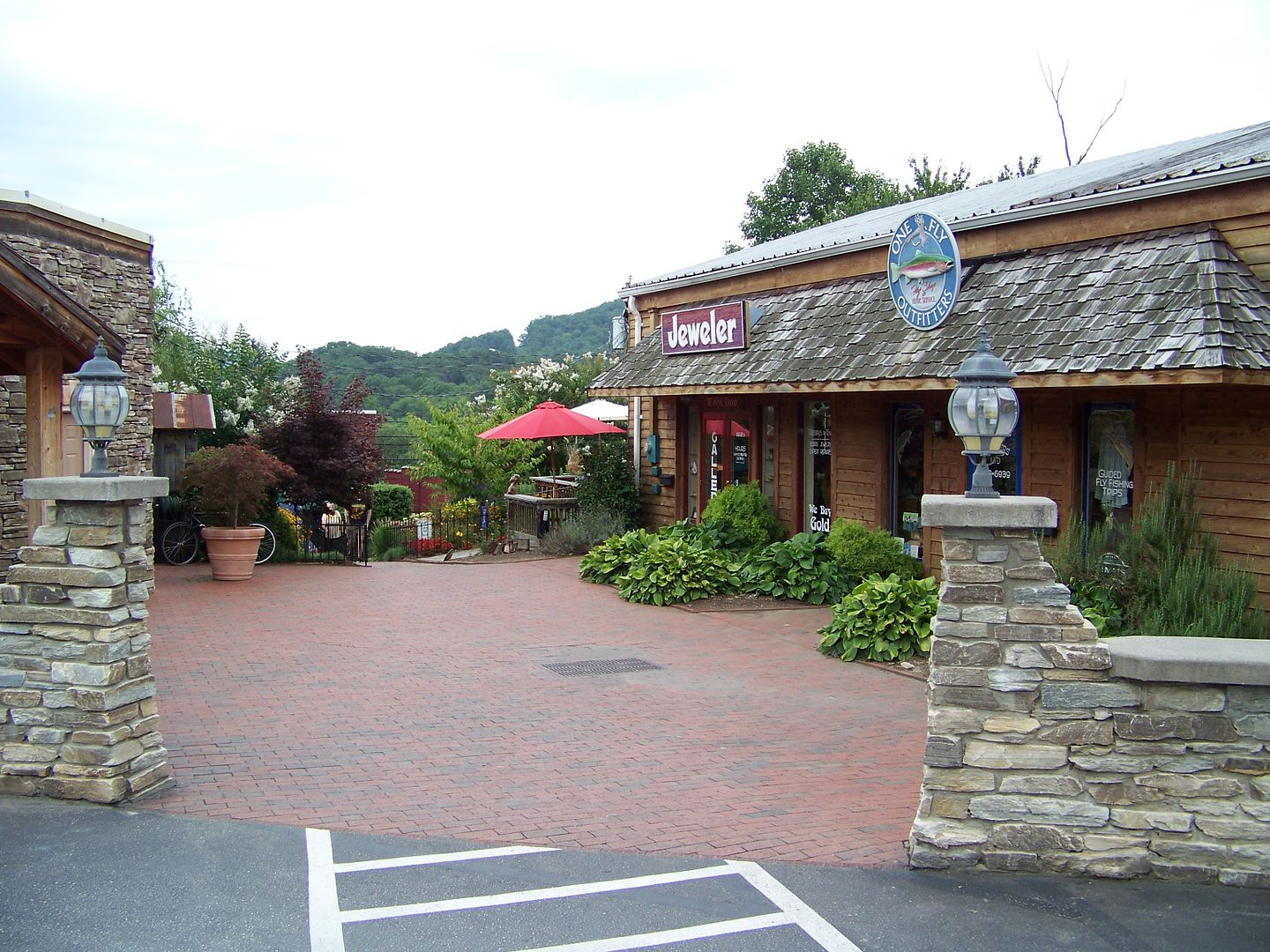
Image may be NSFW.
Clik here to view.
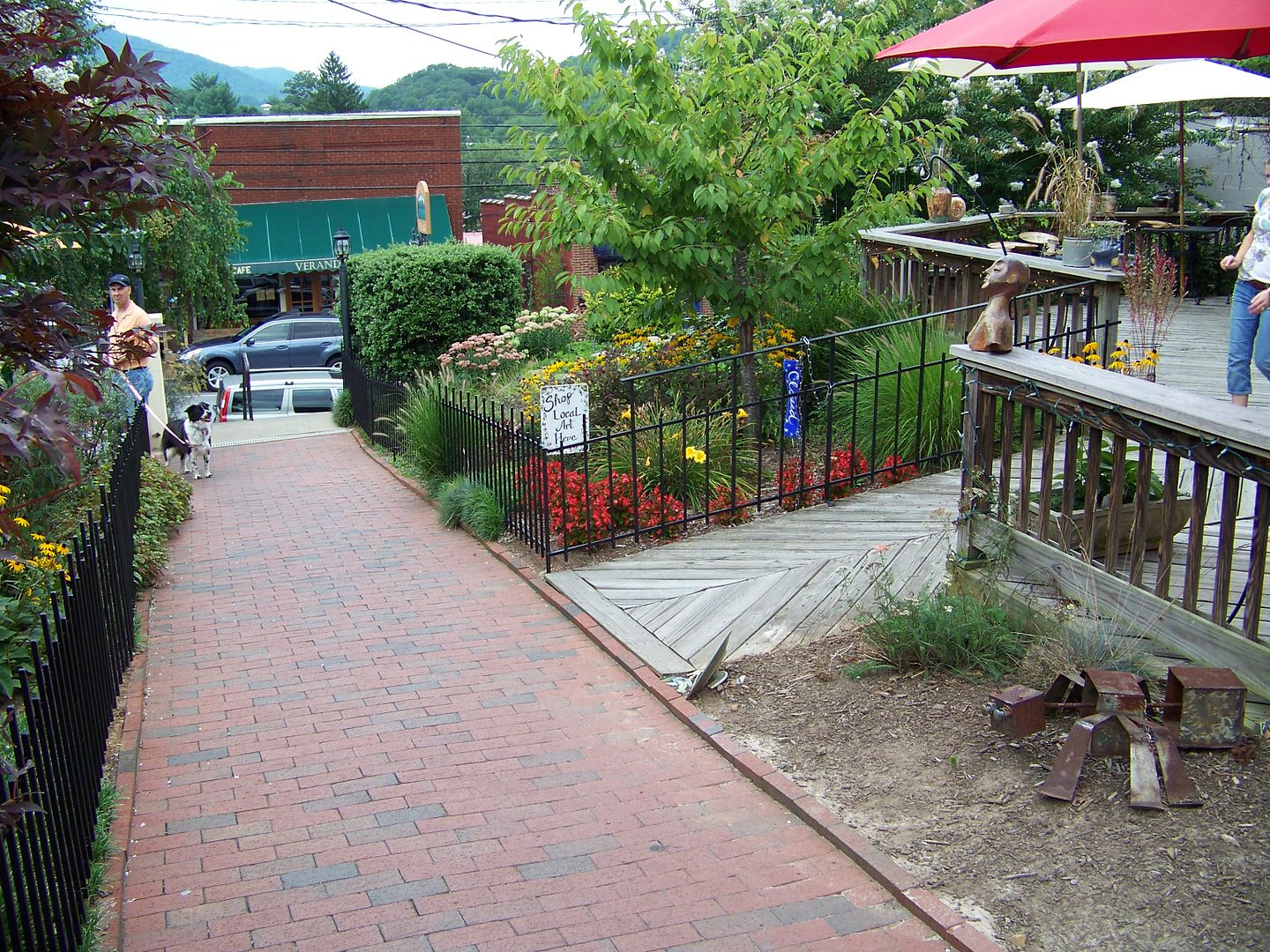
Image may be NSFW.
Clik here to view.
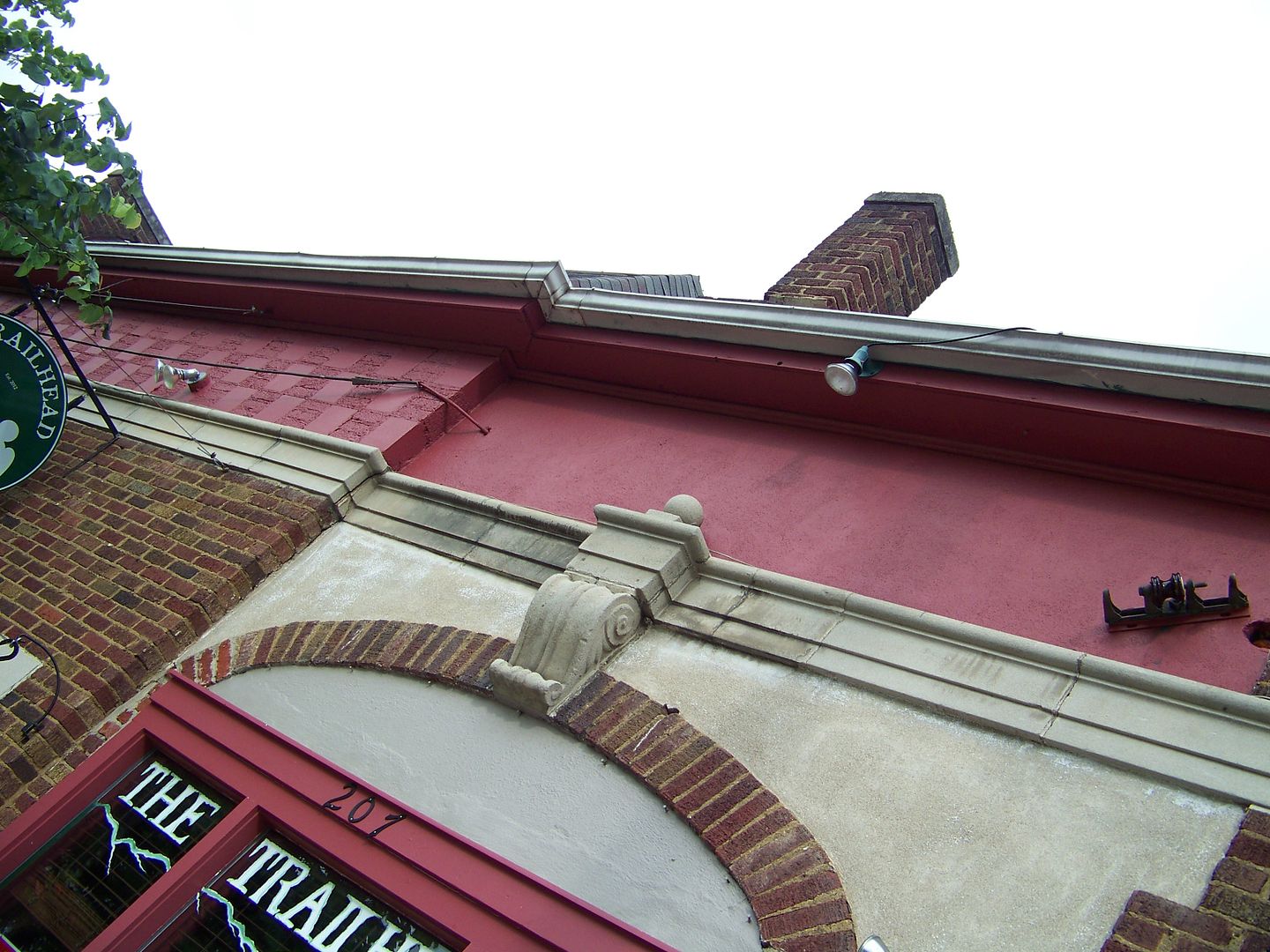
Image may be NSFW.
Clik here to view.
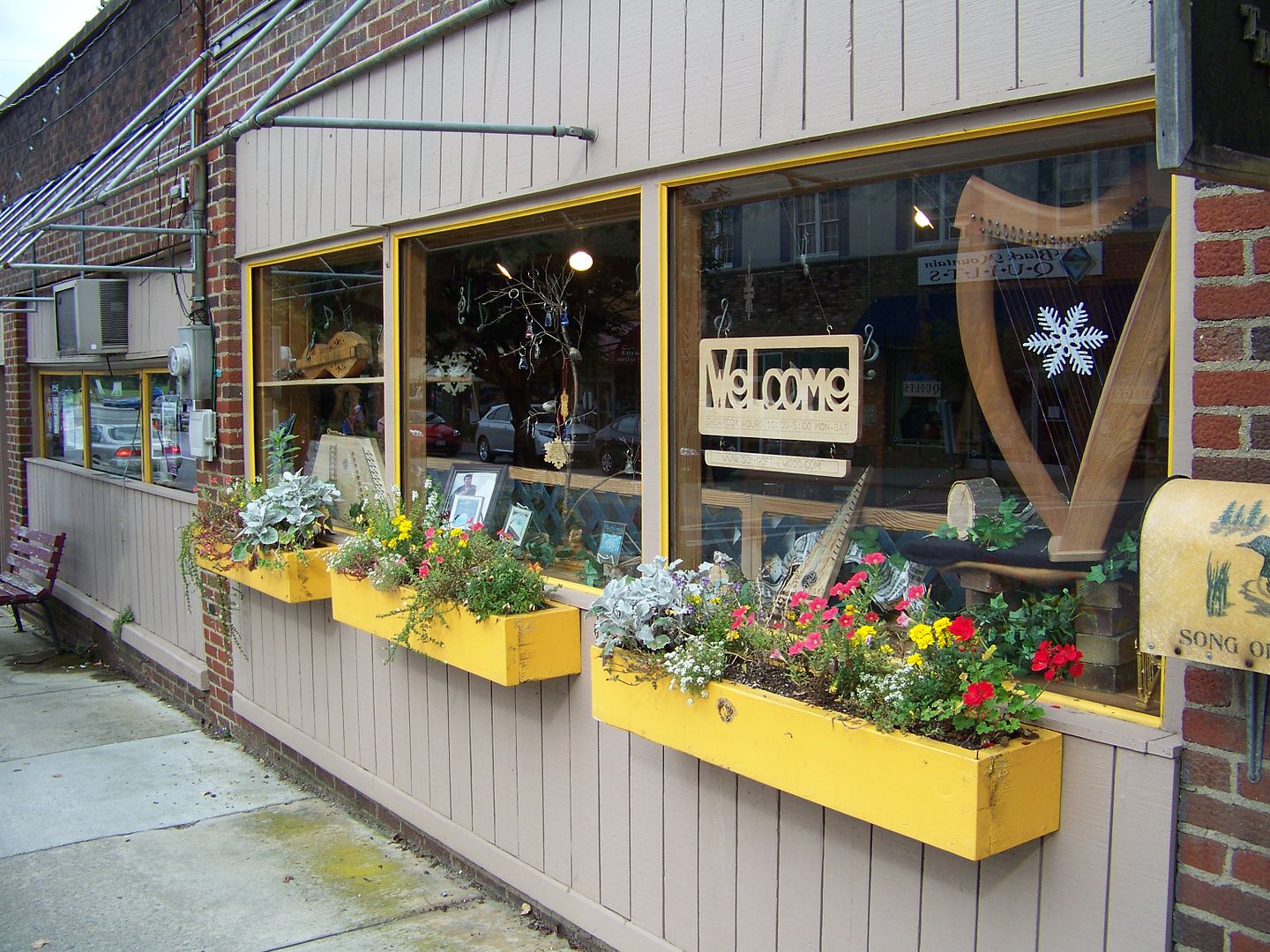
Image may be NSFW.
Clik here to view.
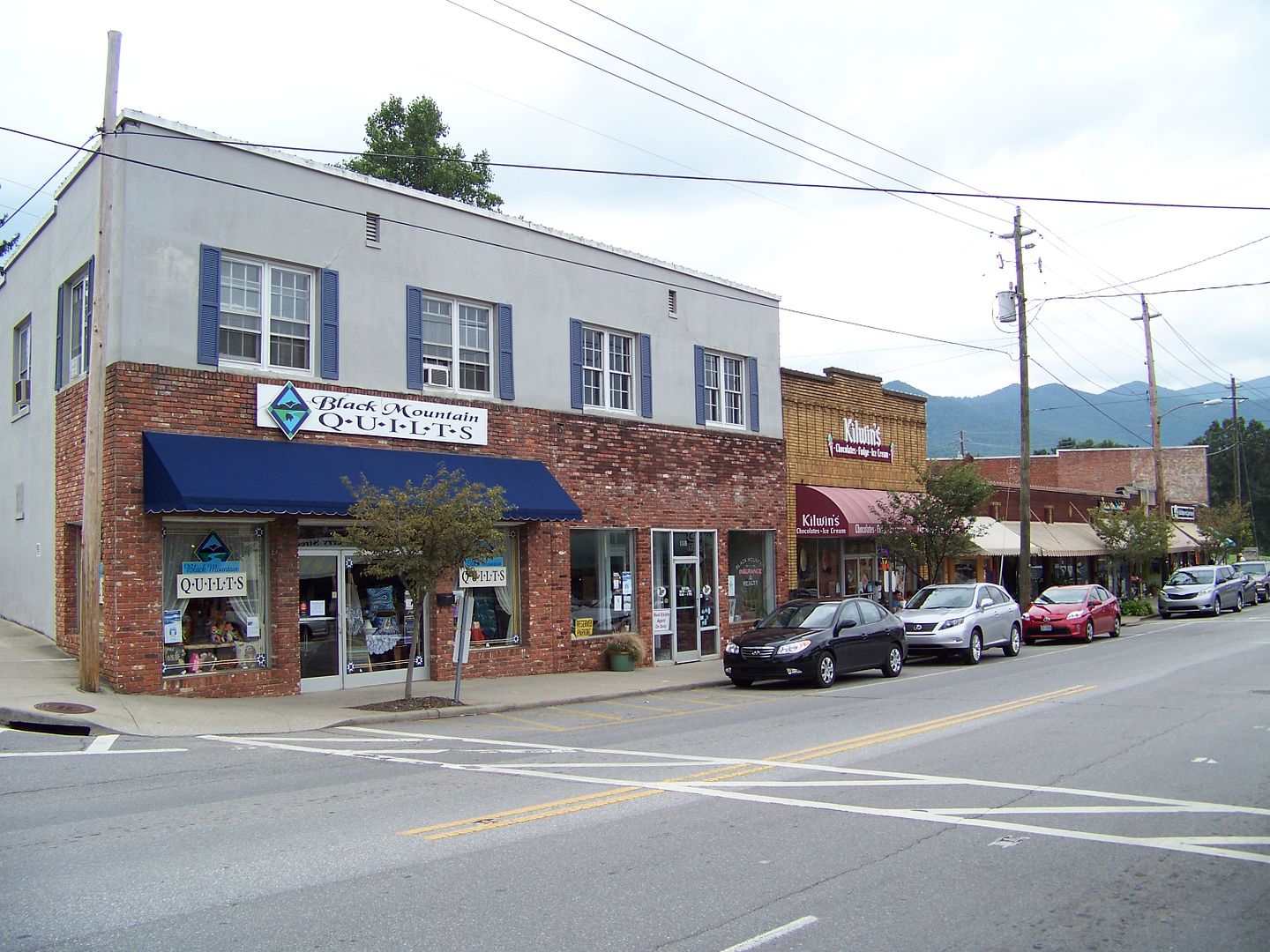
Image may be NSFW.
Clik here to view.
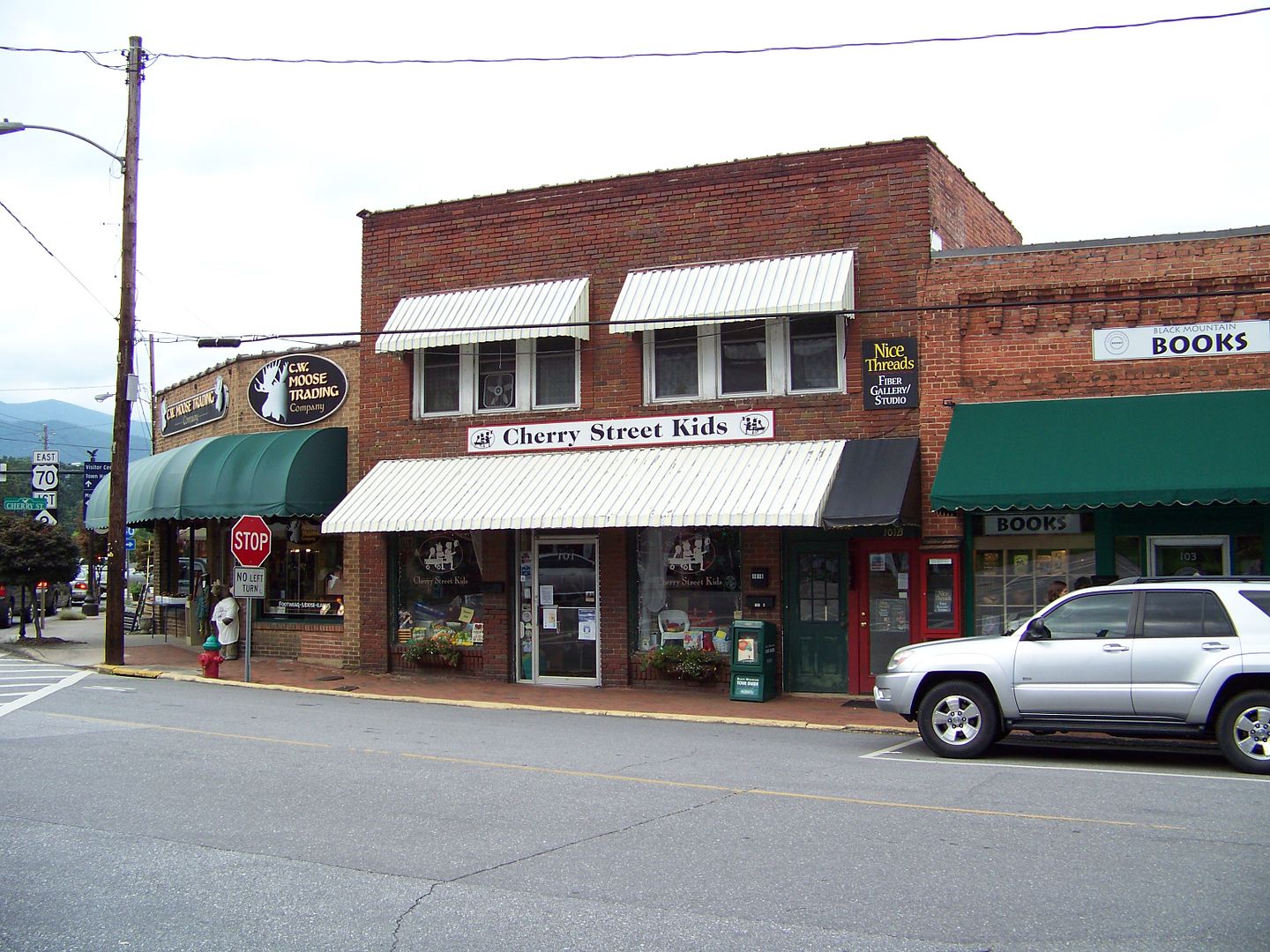
Image may be NSFW.
Clik here to view.
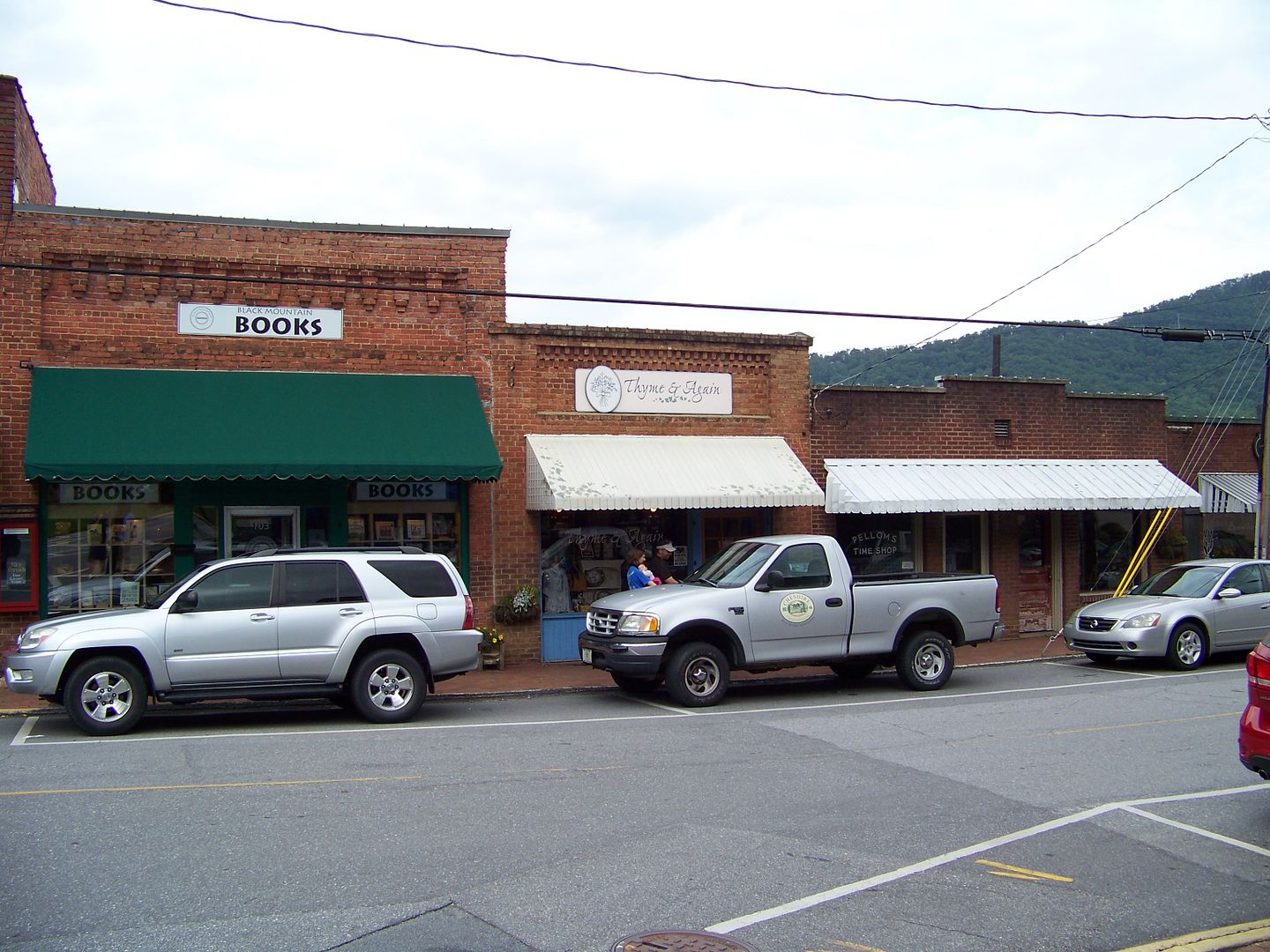
A squirrel rummages in the trash outside a bakery. My boyfriend and I were both impressed by how quickly it found something to eat. It emerged from the can clutching half a cupcake, which it nibbled while regarding us with suspicion.
Image may be NSFW.
Clik here to view.
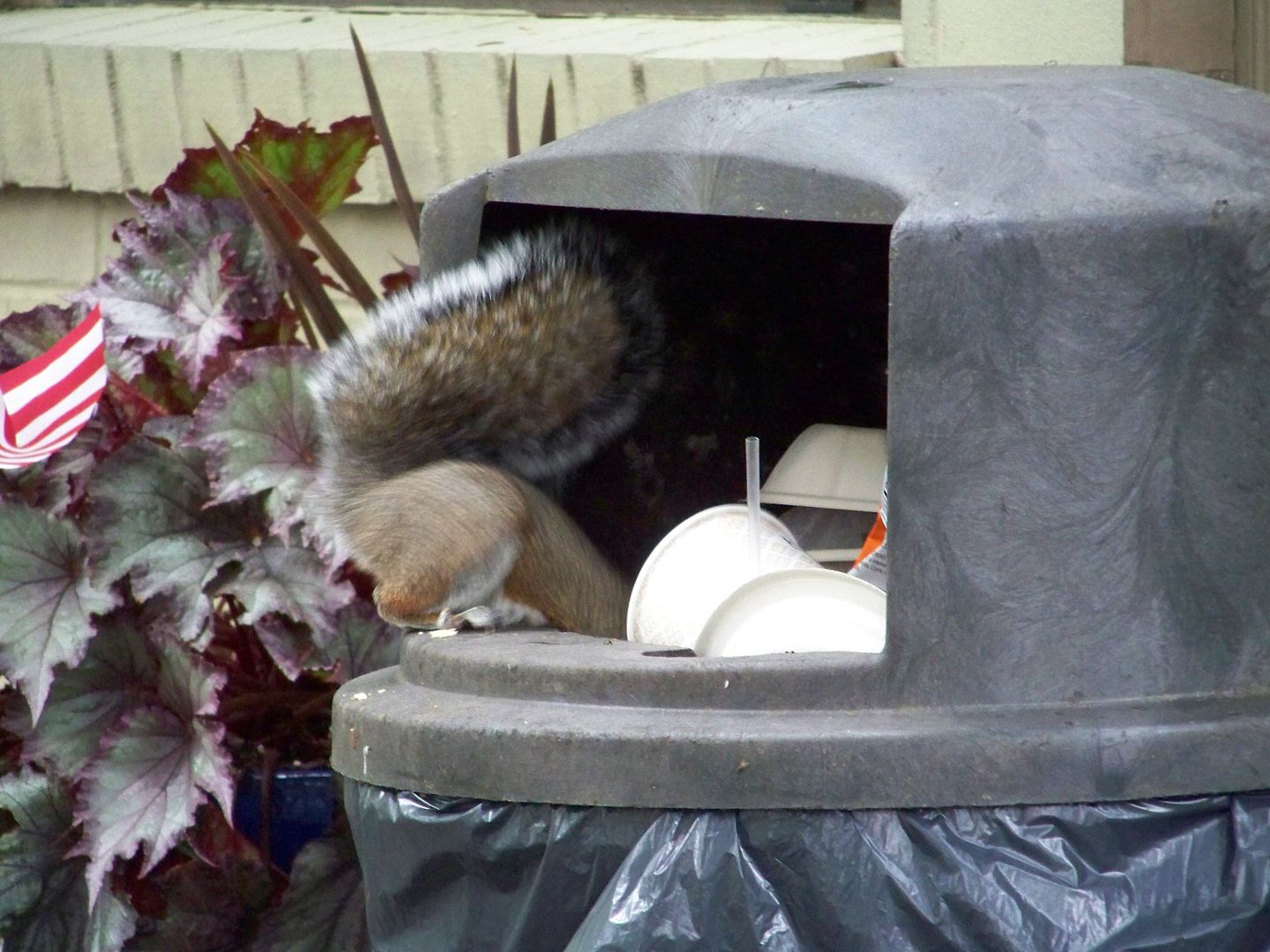
The sign says that the Methodist church was established in 1890 (making it older than the town), while the parsonage was built in 1938.
Image may be NSFW.
Clik here to view.

Something tells me that while Methodists may have been churching it up in Black Mountain since 1890, they weren't doing it in this building that entire time.
Image may be NSFW.
Clik here to view.
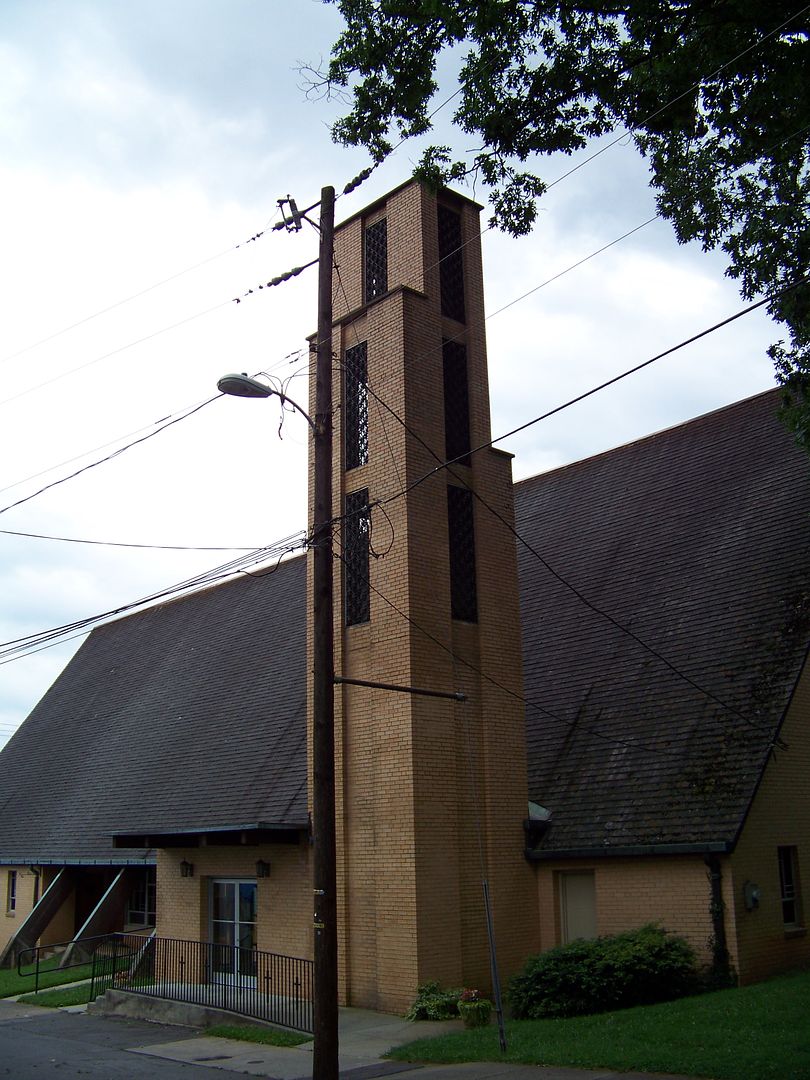
Image may be NSFW.
Clik here to view.
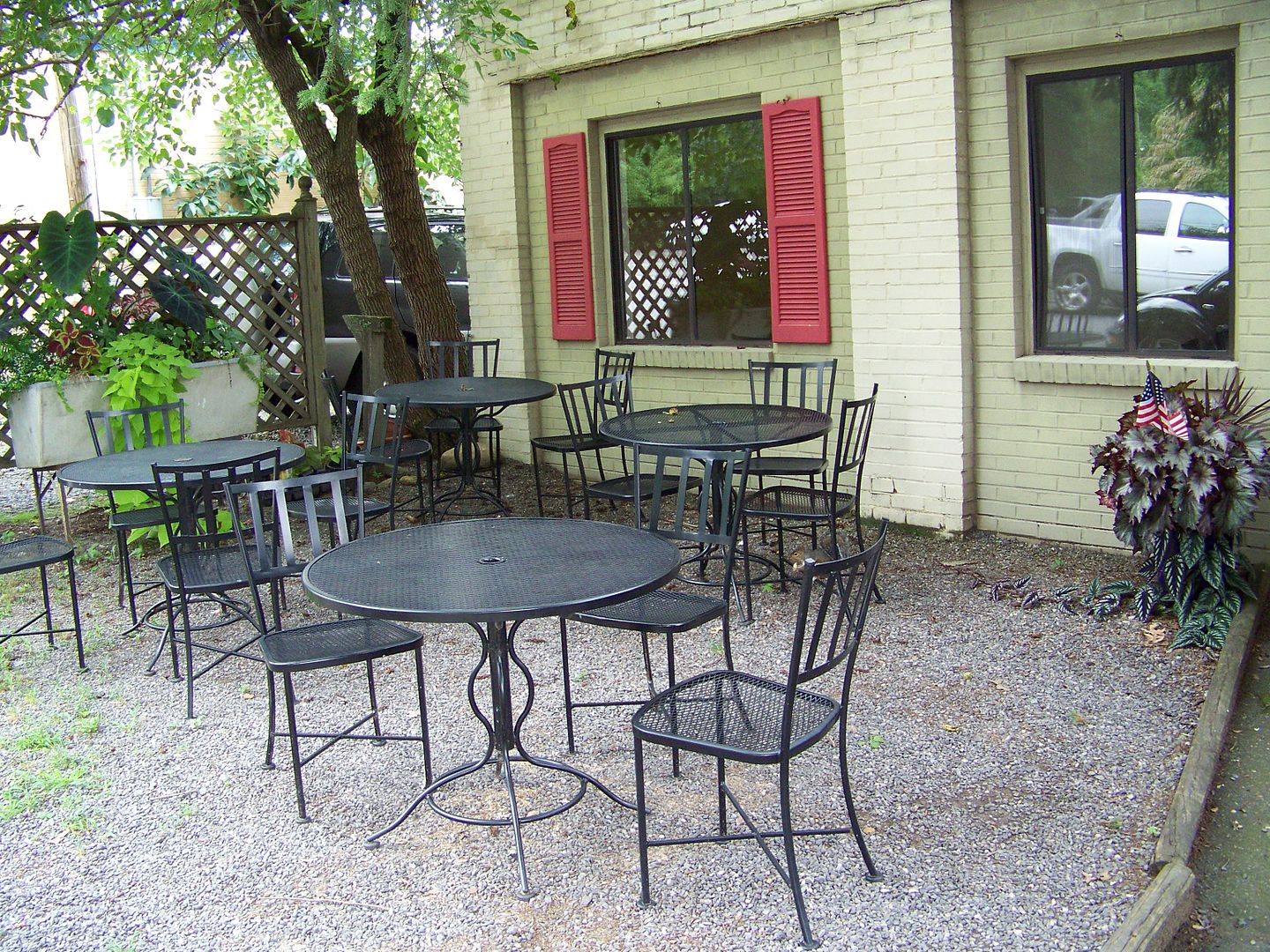
Black Mountain is home to lovely, comfortable residential areas. Picture them in the throes of a dystopian technological collapse. Picture all the fun these residents would have fending off cannibals and marauders. :)
Image may be NSFW.
Clik here to view.

Image may be NSFW.
Clik here to view.

Image may be NSFW.
Clik here to view.

See that car backing up? It emerged from the driveway while my boyfriend and I waited on the sidewalk, and when the driver noticed us she looked surprised and remarked with a big smile that she was terribly sorry and hadn't meant to run us over. Later, I noted to my boyfriend that you usually don't hear those words said with that kind of expression on one's face. He concurred.
Image may be NSFW.
Clik here to view.

Image may be NSFW.
Clik here to view.
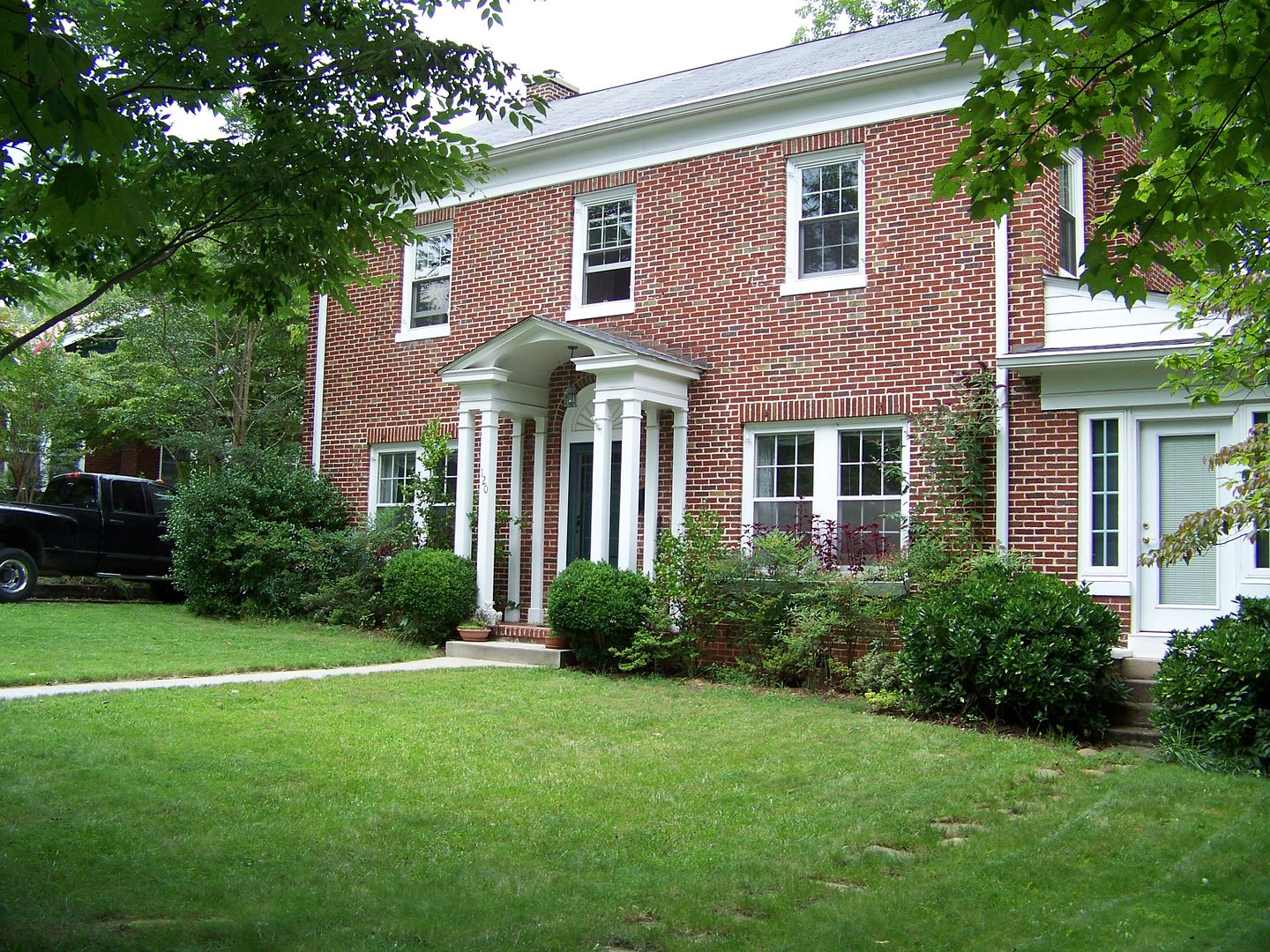
Image may be NSFW.
Clik here to view.

Something about this house just screams "Seattle" to me. It just seems like it would look more at home somewhere out West.
Image may be NSFW.
Clik here to view.
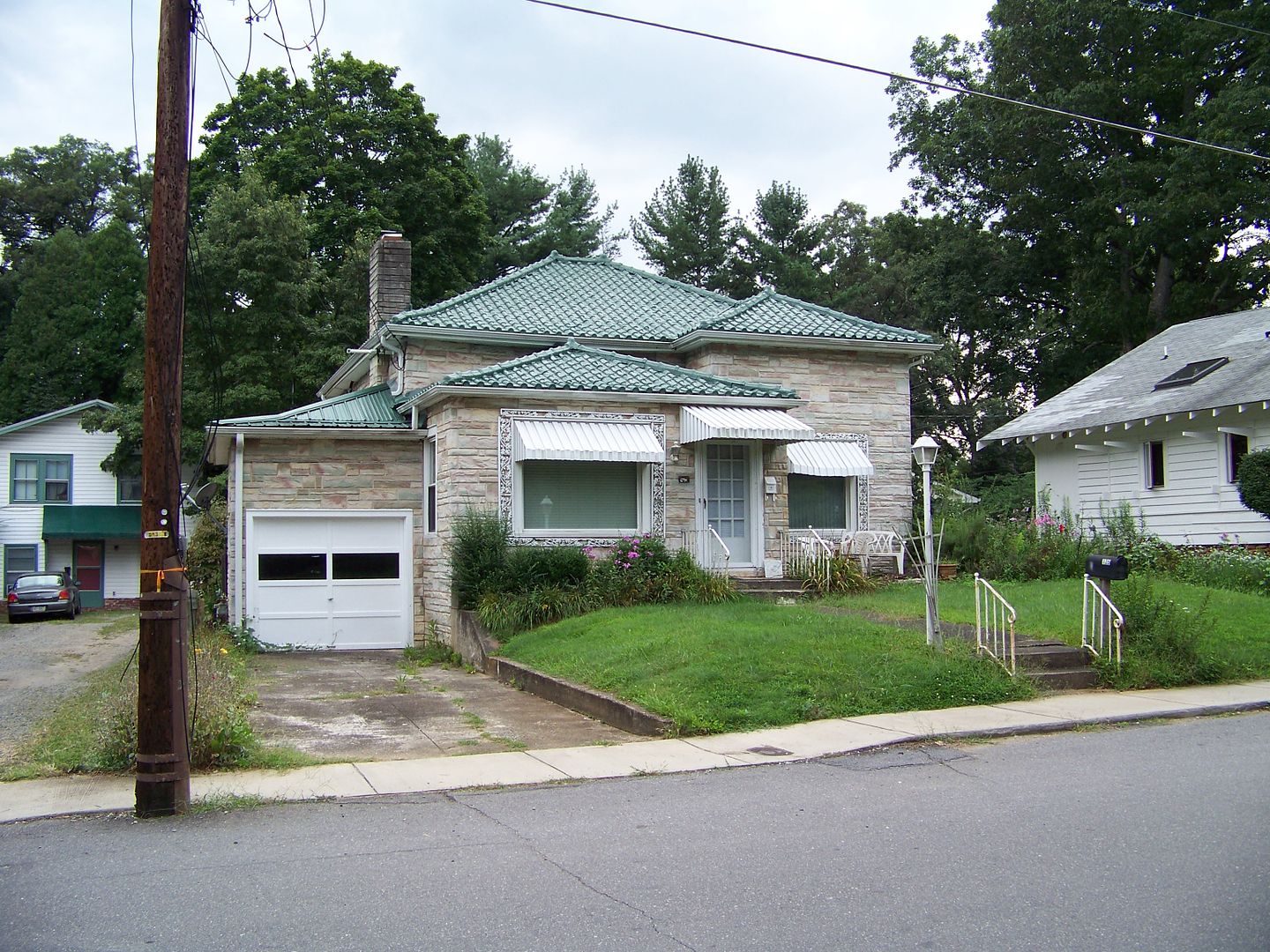
Image may be NSFW.
Clik here to view.
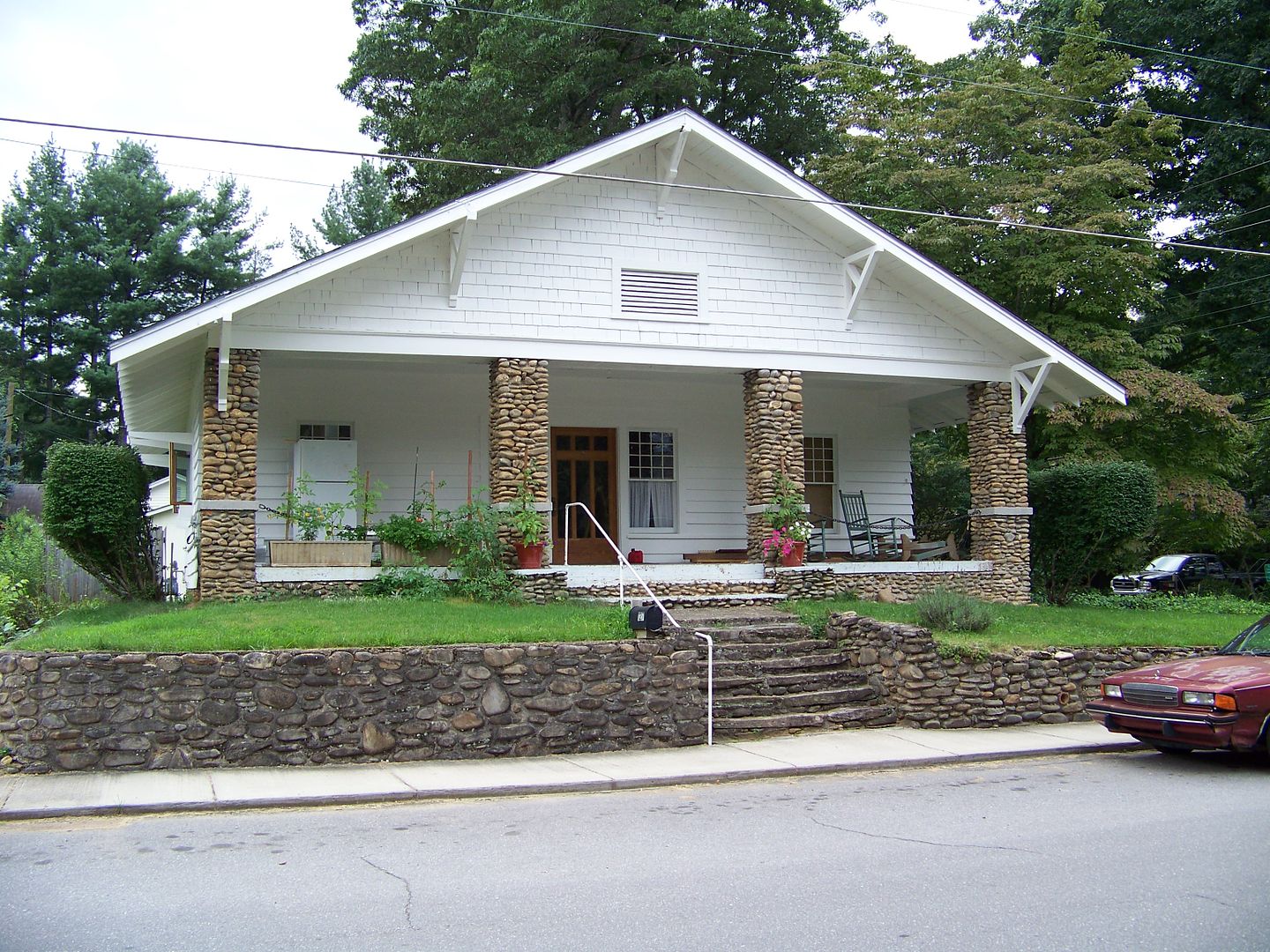
Image may be NSFW.
Clik here to view.
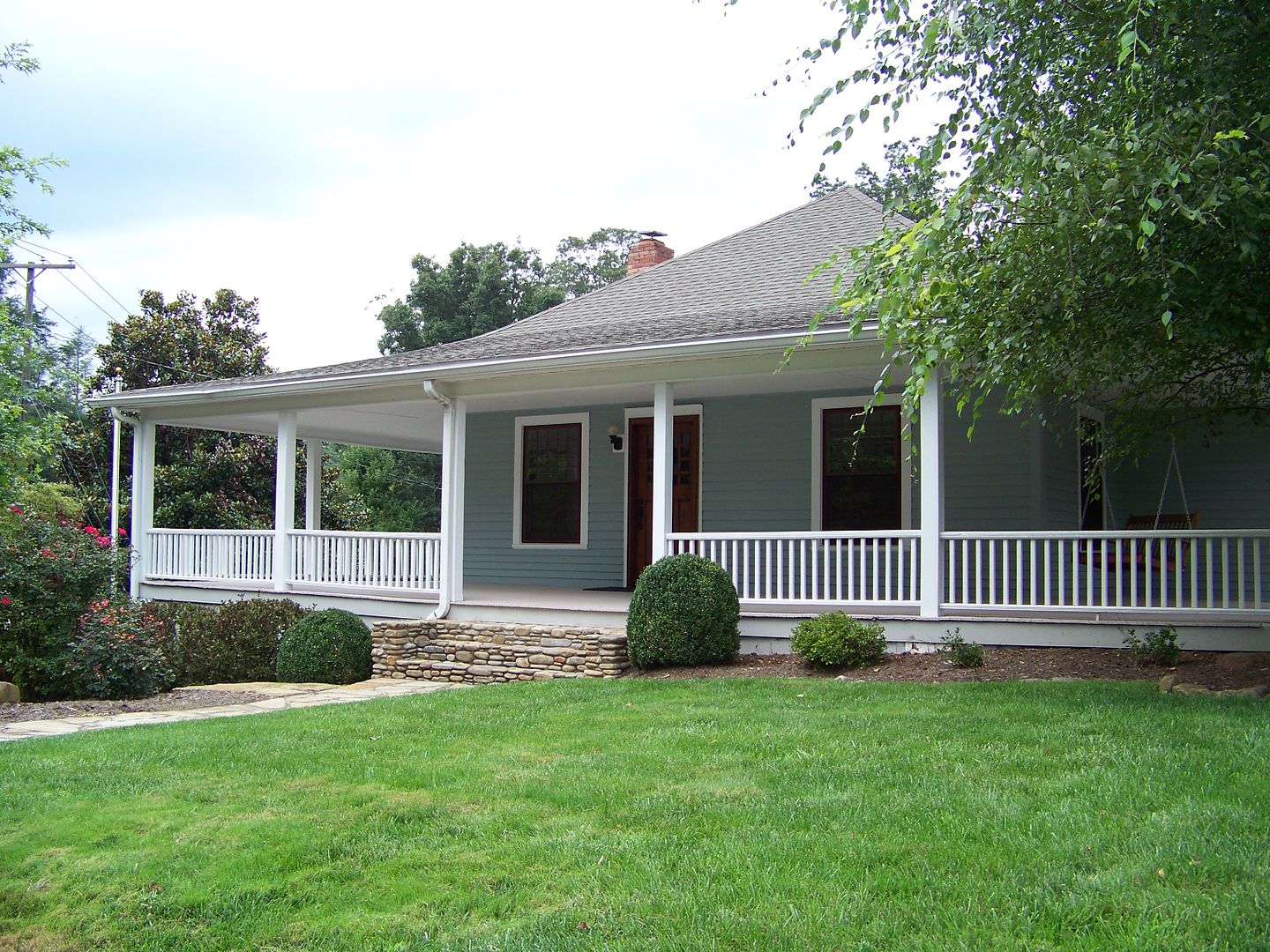
Great shades of Charlotte -- a street that intersects with itself! (Anyone who has been to Charlotte and sat the corner of Queens and Queens or Providence and Providence is shaking their head ruefully right now.)
Image may be NSFW.
Clik here to view.
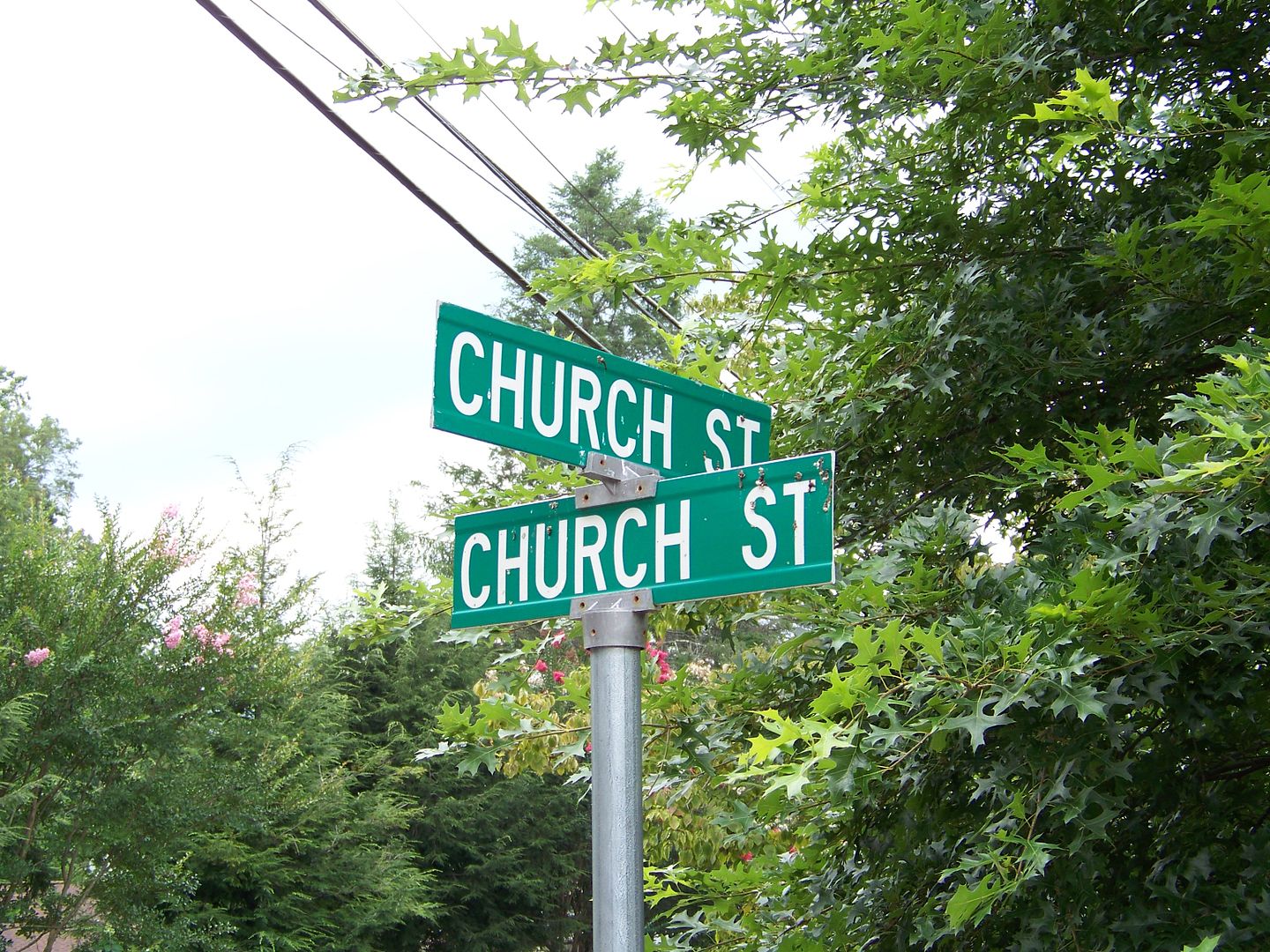
These people seem fond of stained glass.
Image may be NSFW.
Clik here to view.
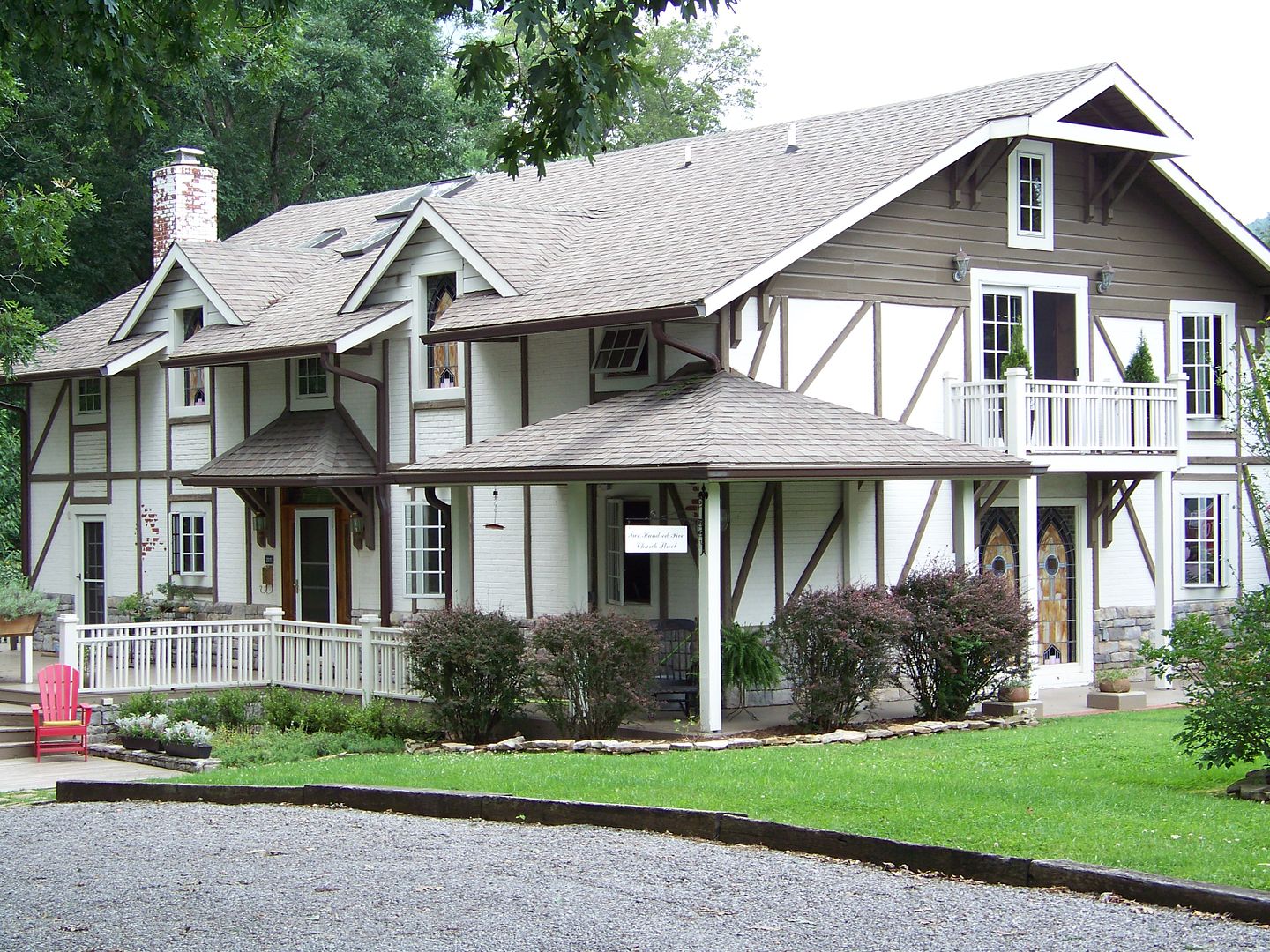
Image may be NSFW.
Clik here to view.
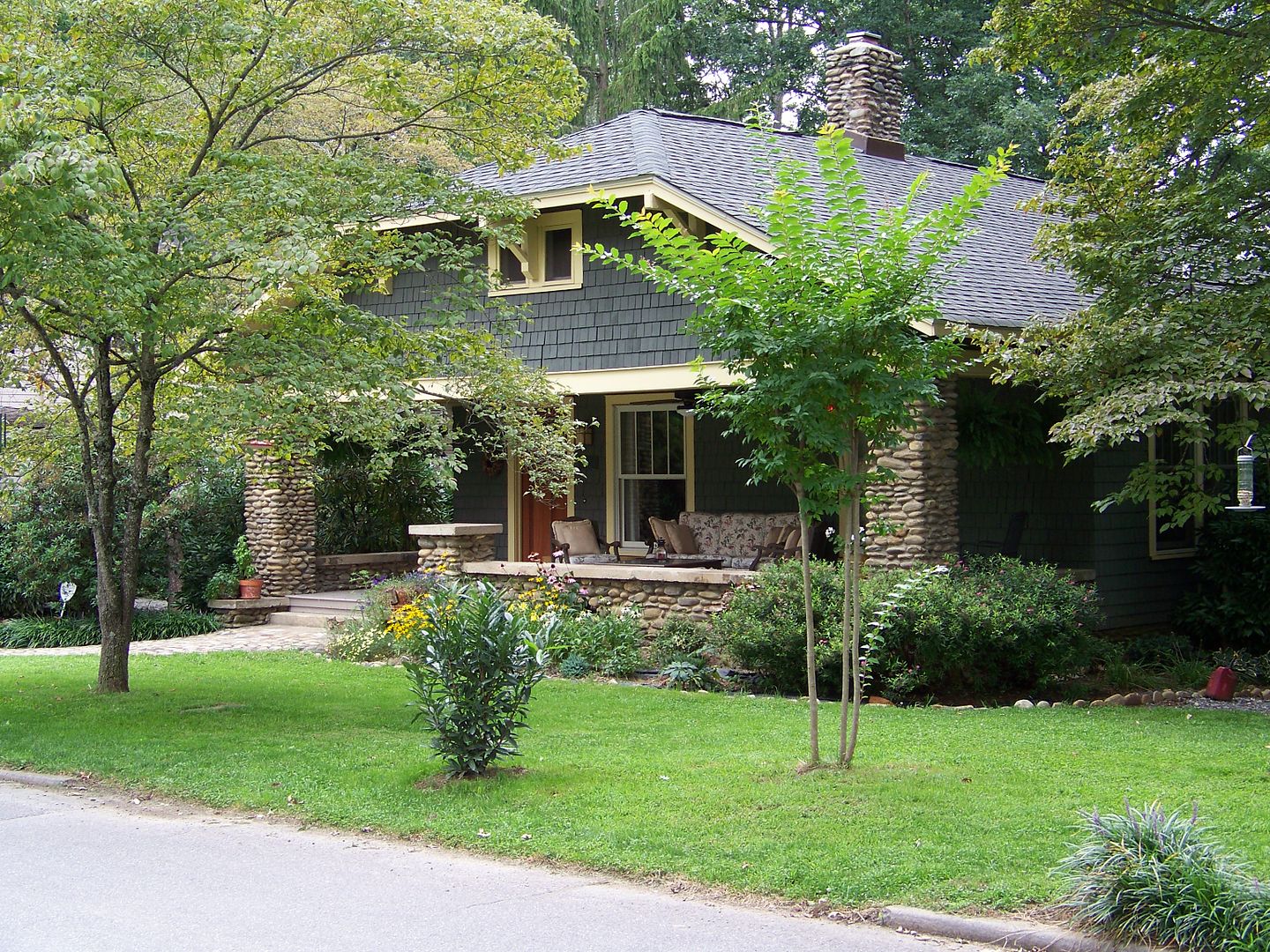
Image may be NSFW.
Clik here to view.
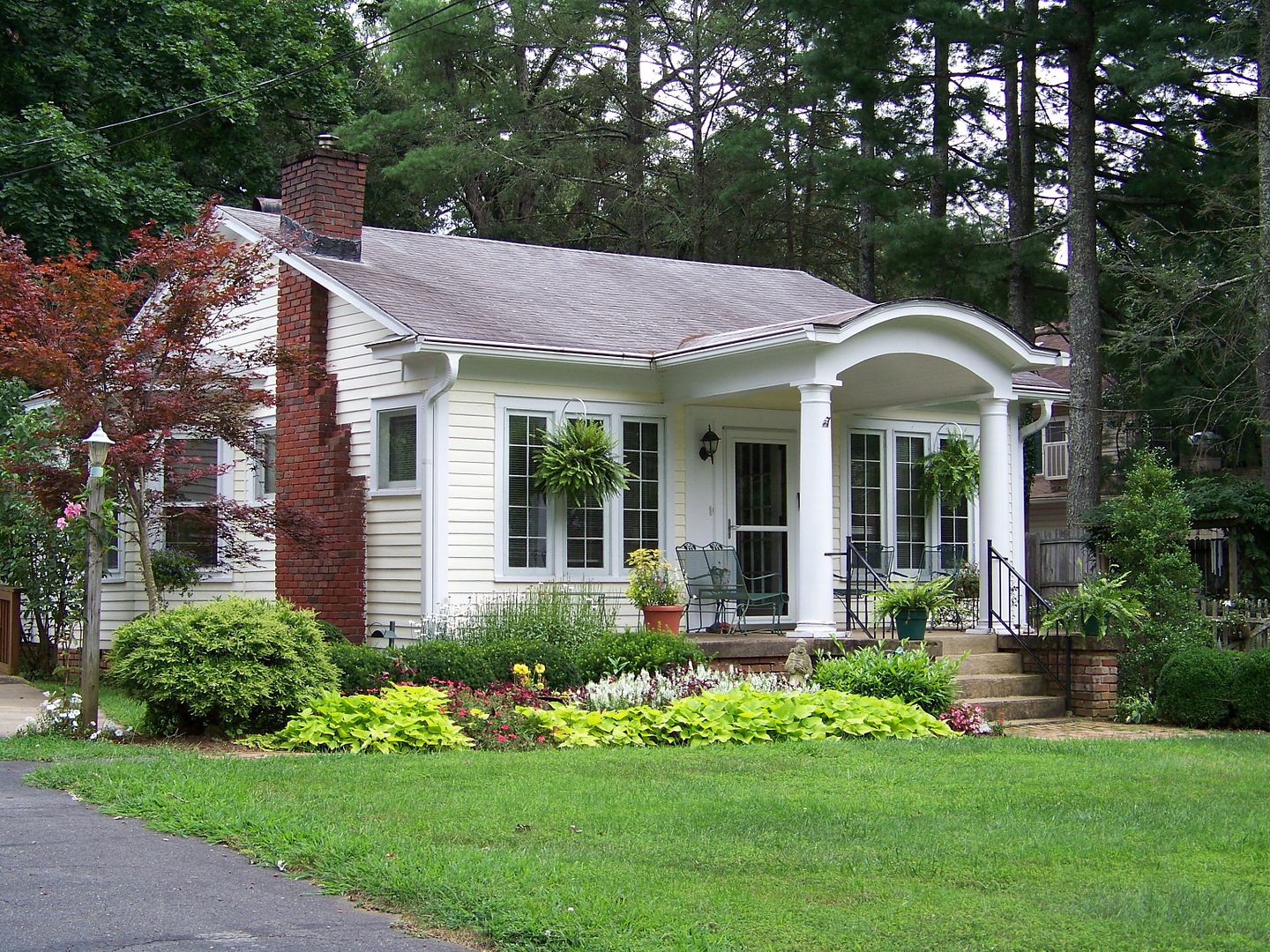
This house is for sale, but is wrapped in a very elaborate garden. We wondered if it would be worth the hassle. I love gardens, but I like my plants the way I like my pets: self-cleaning and self-sustaining. Is this really the garden of a cat person? I have my doubts.
Image may be NSFW.
Clik here to view.
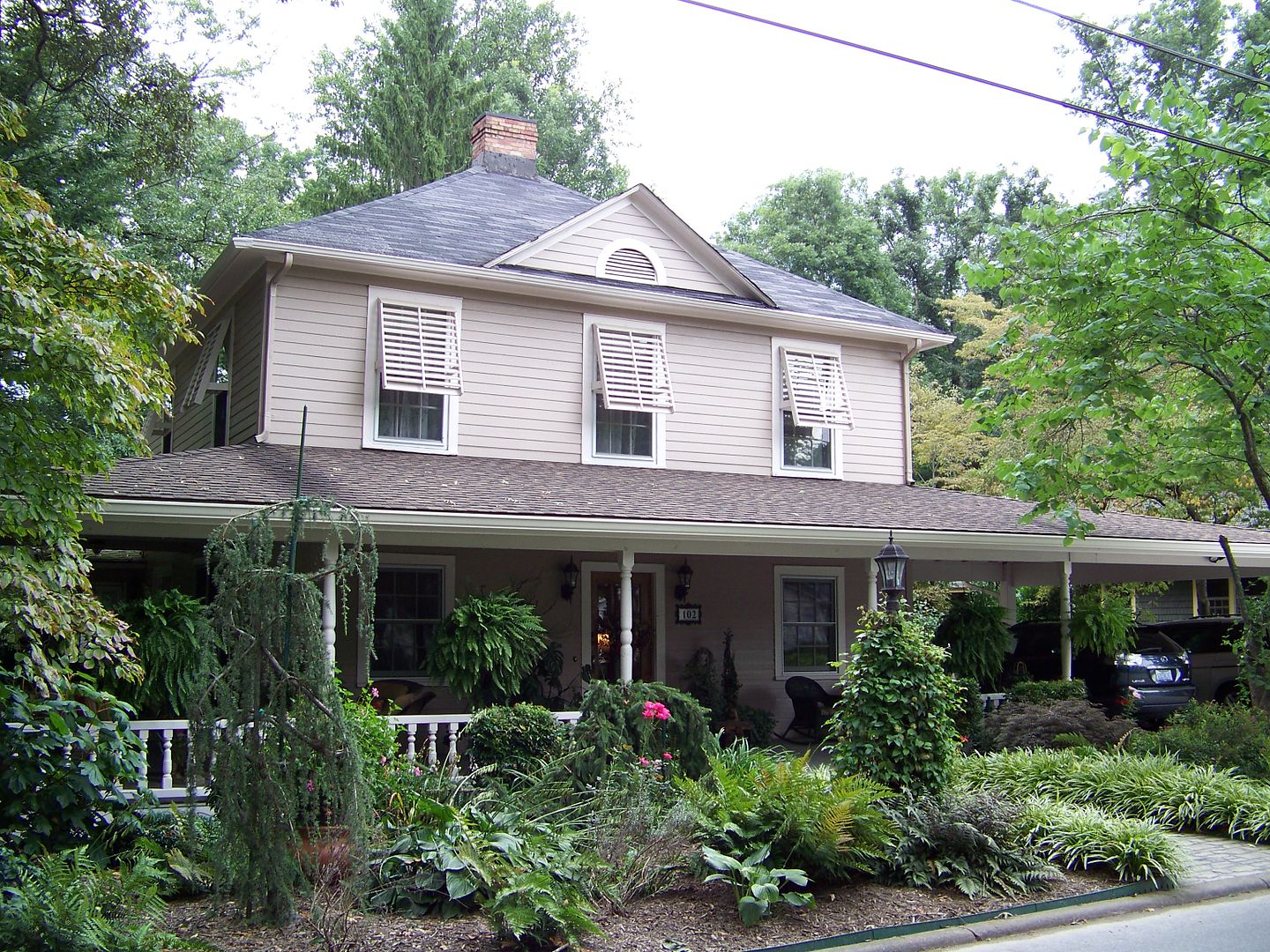
There's an entire neighborhood of houses like this in Asheville. That's what Black Mountain felt like, actually... one of Asheville's nicer neighborhoods that had broken off, like an iceberg, and drifted to the east.
Image may be NSFW.
Clik here to view.

Image may be NSFW.
Clik here to view.
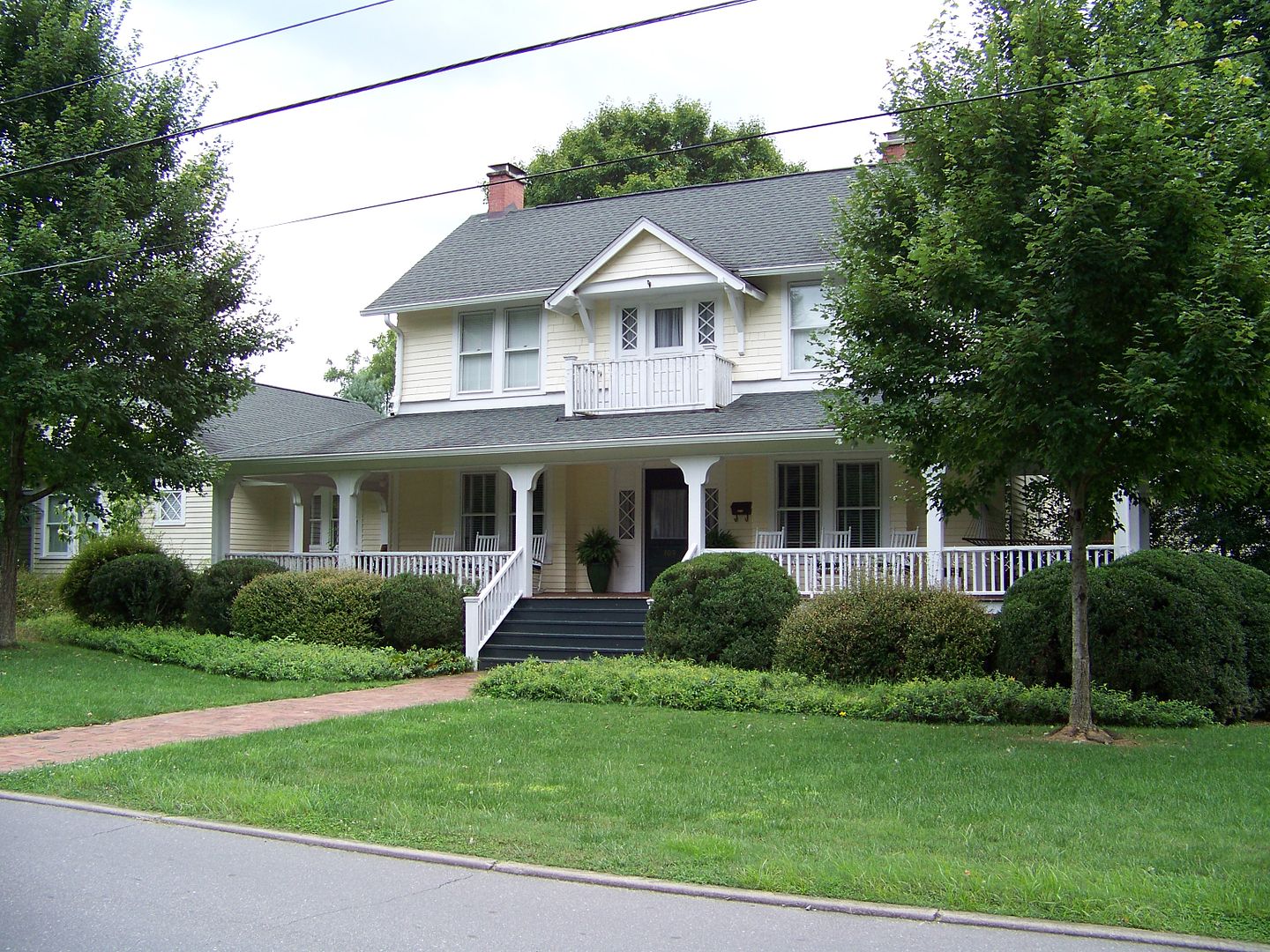
Image may be NSFW.
Clik here to view.
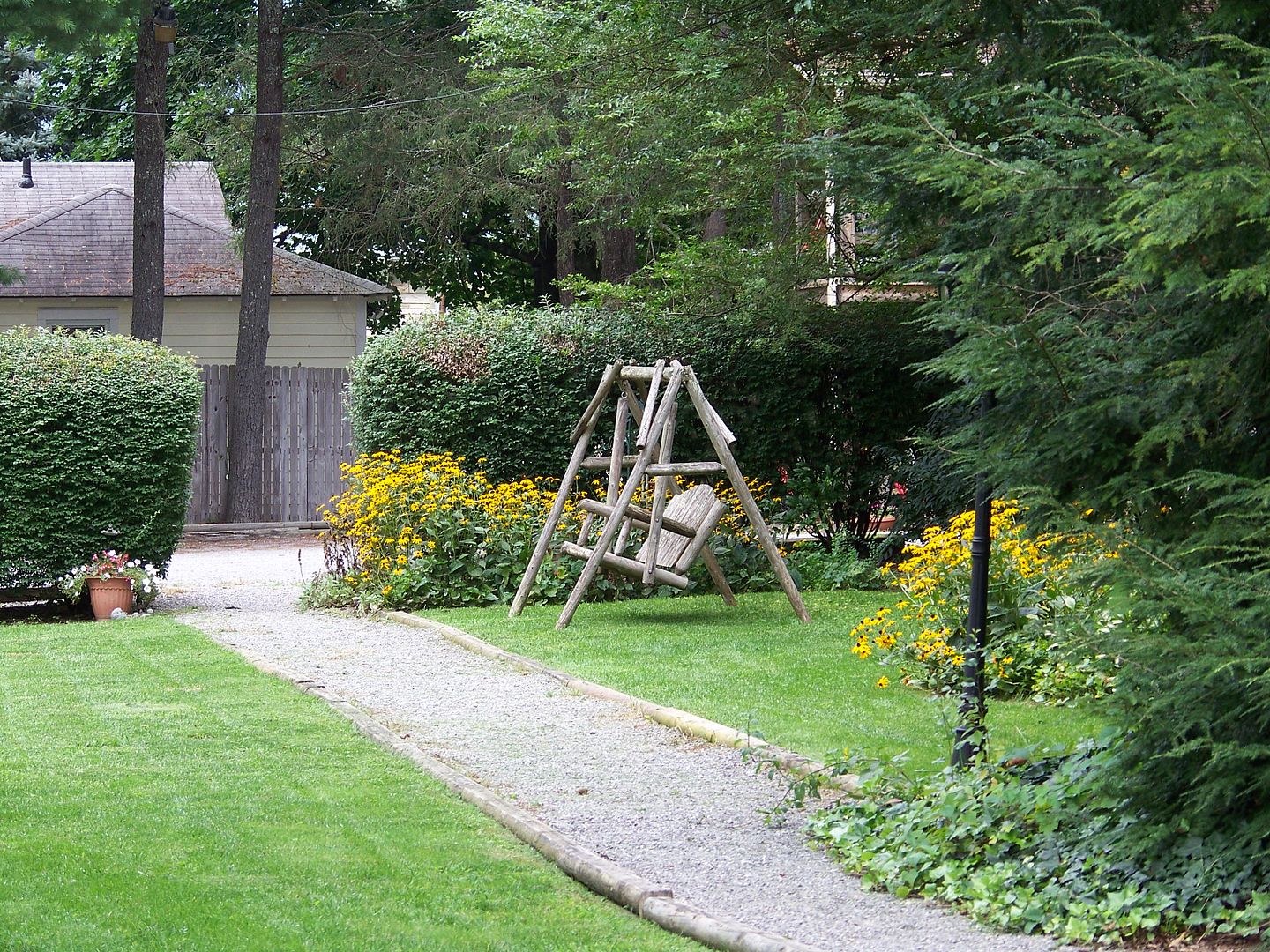
Image may be NSFW.
Clik here to view.
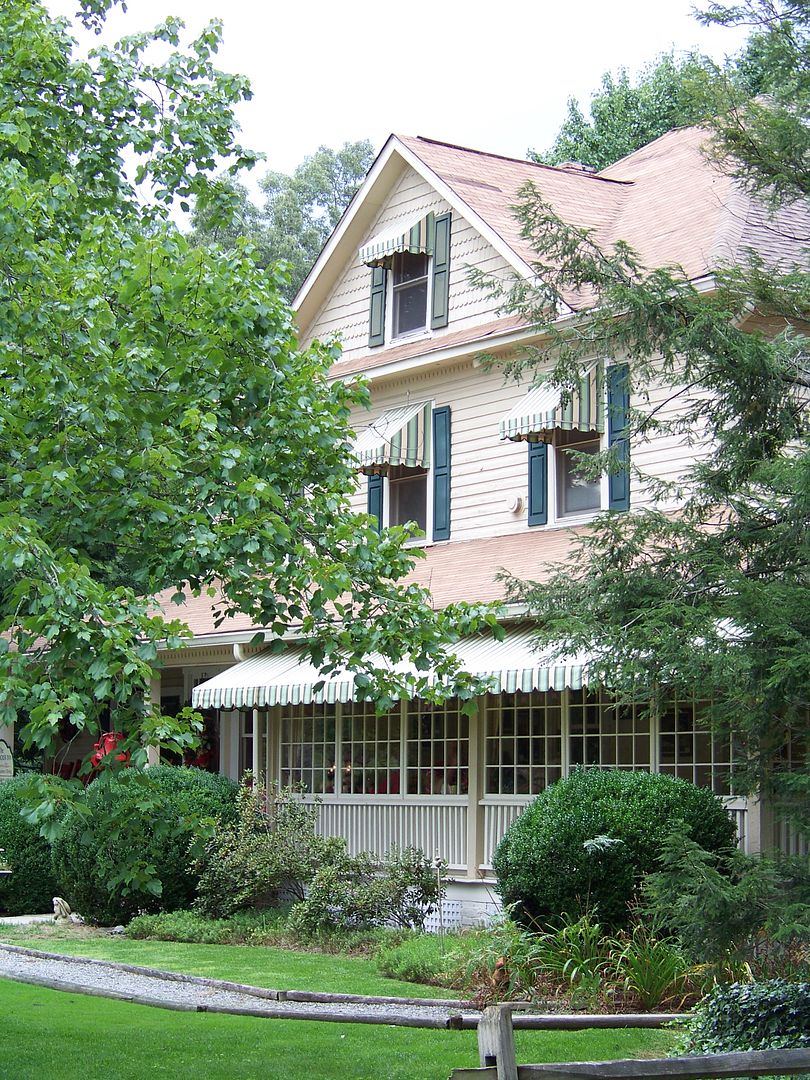
Image may be NSFW.
Clik here to view.

Image may be NSFW.
Clik here to view.
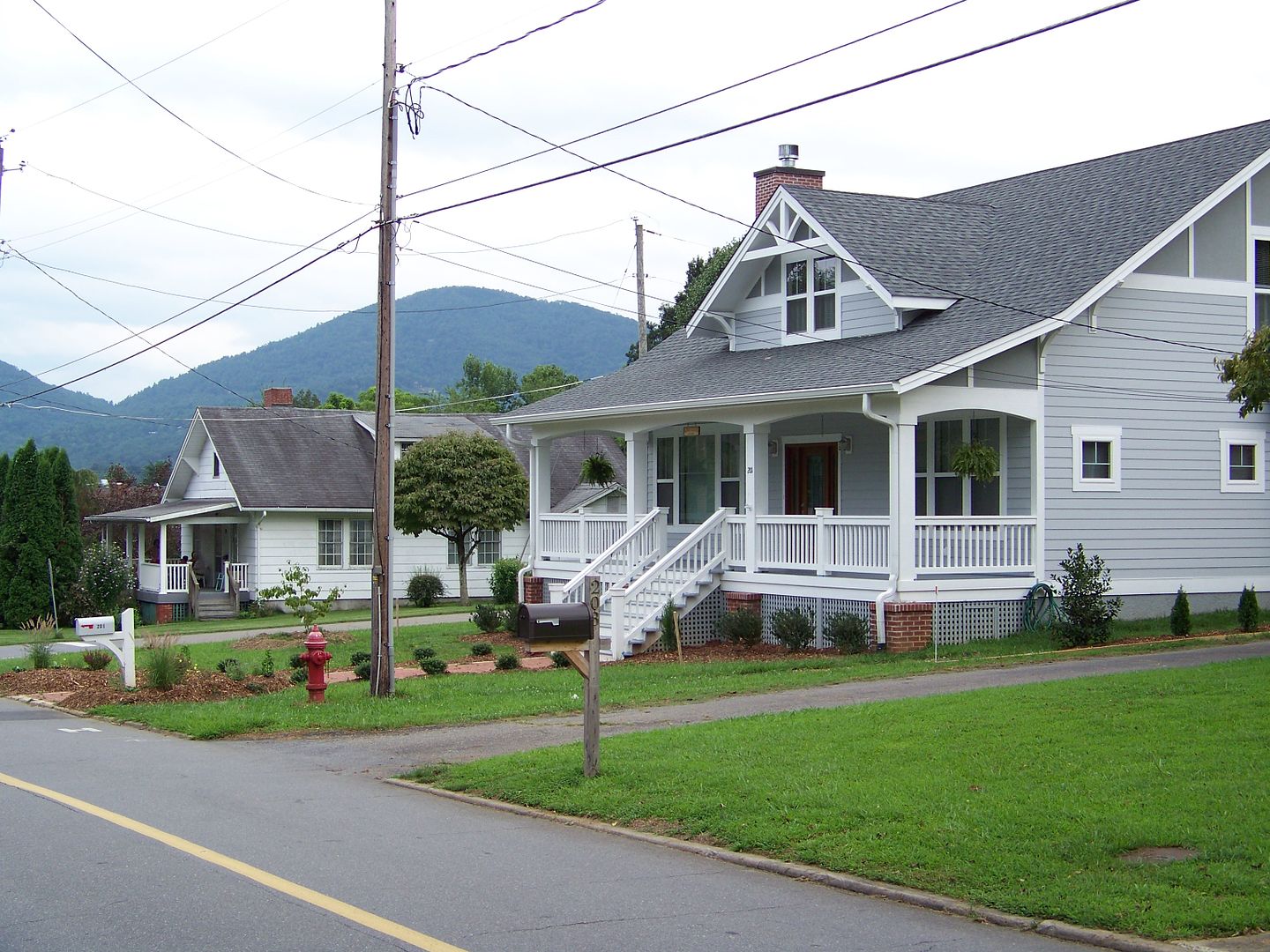
Image may be NSFW.
Clik here to view.

Back downtown...
Image may be NSFW.
Clik here to view.
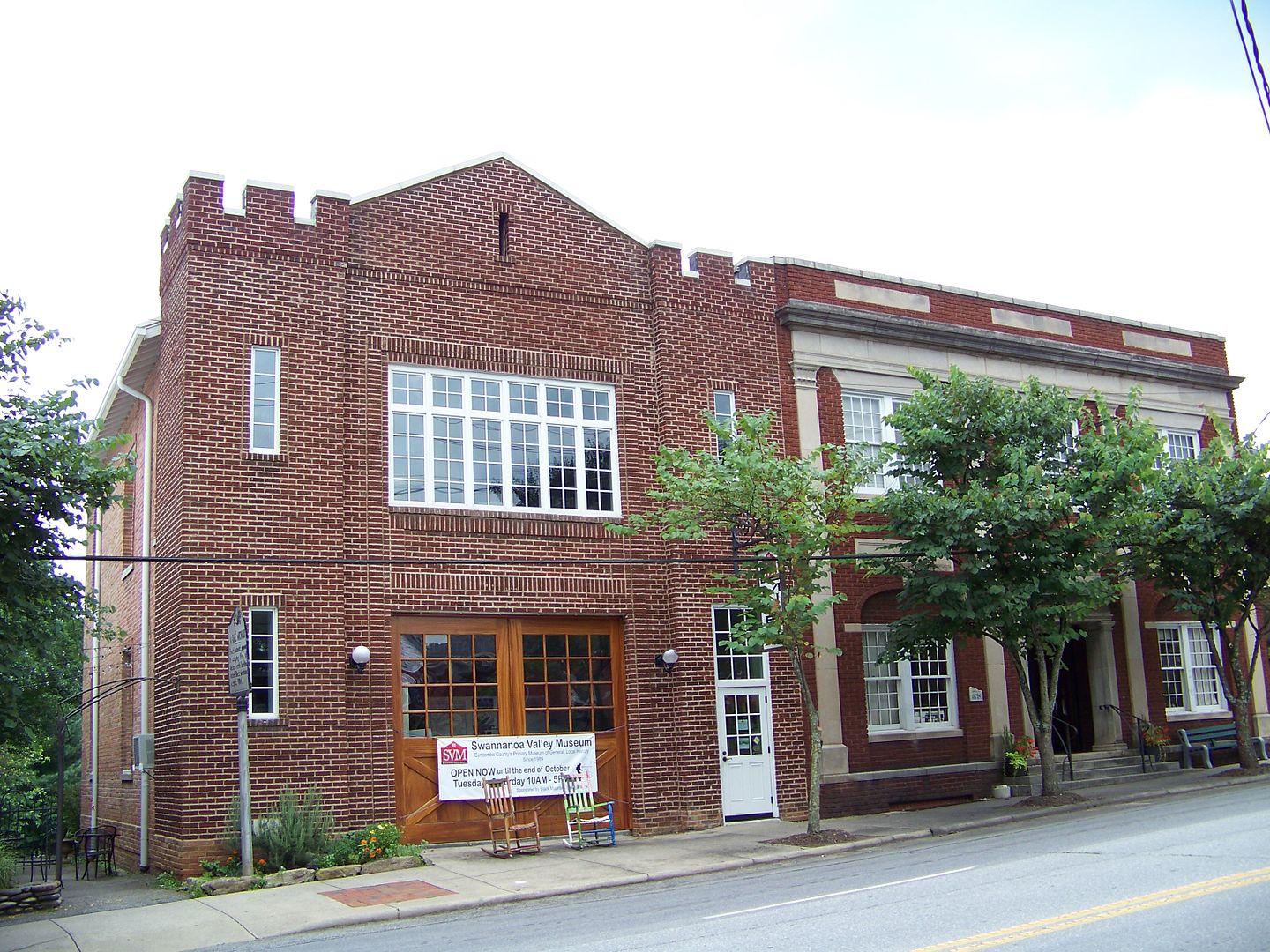
Image may be NSFW.
Clik here to view.
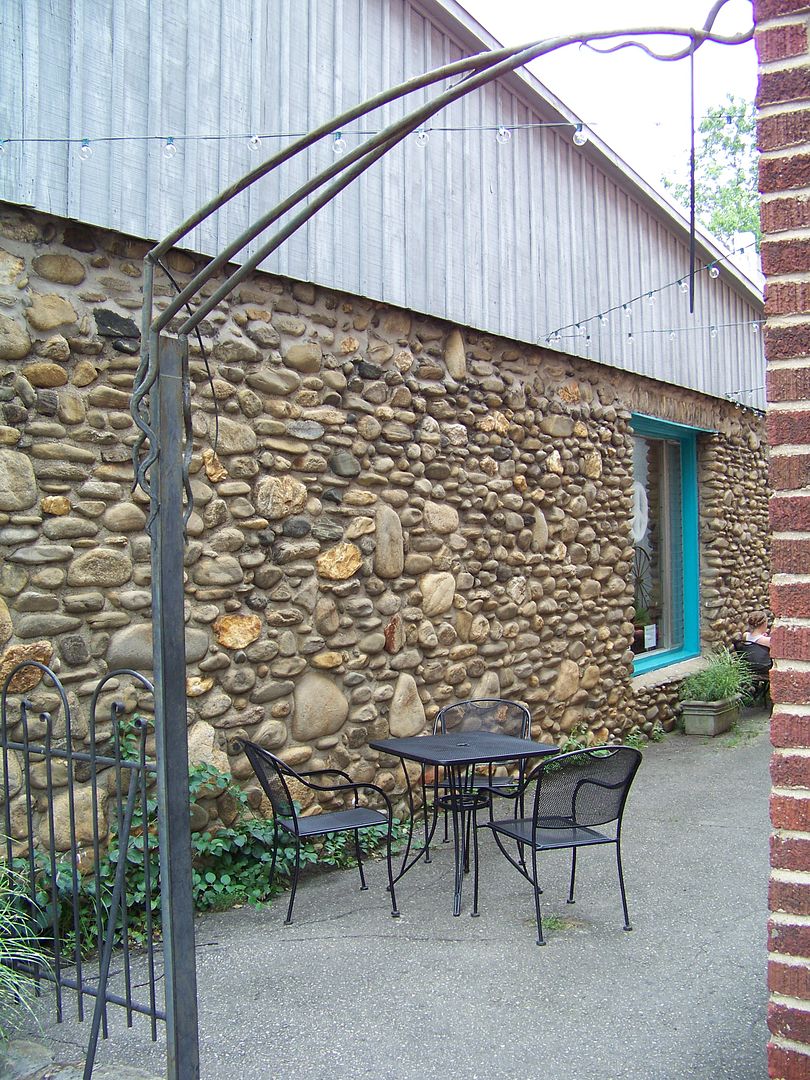
Image may be NSFW.
Clik here to view.
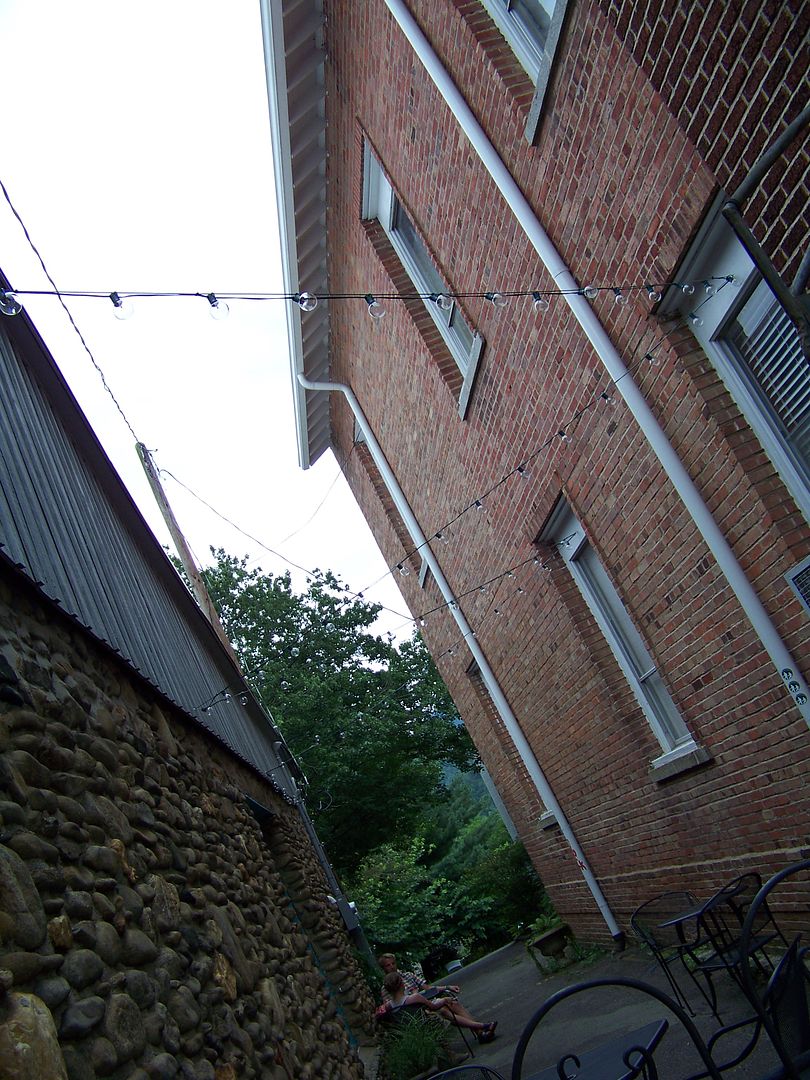
Image may be NSFW.
Clik here to view.
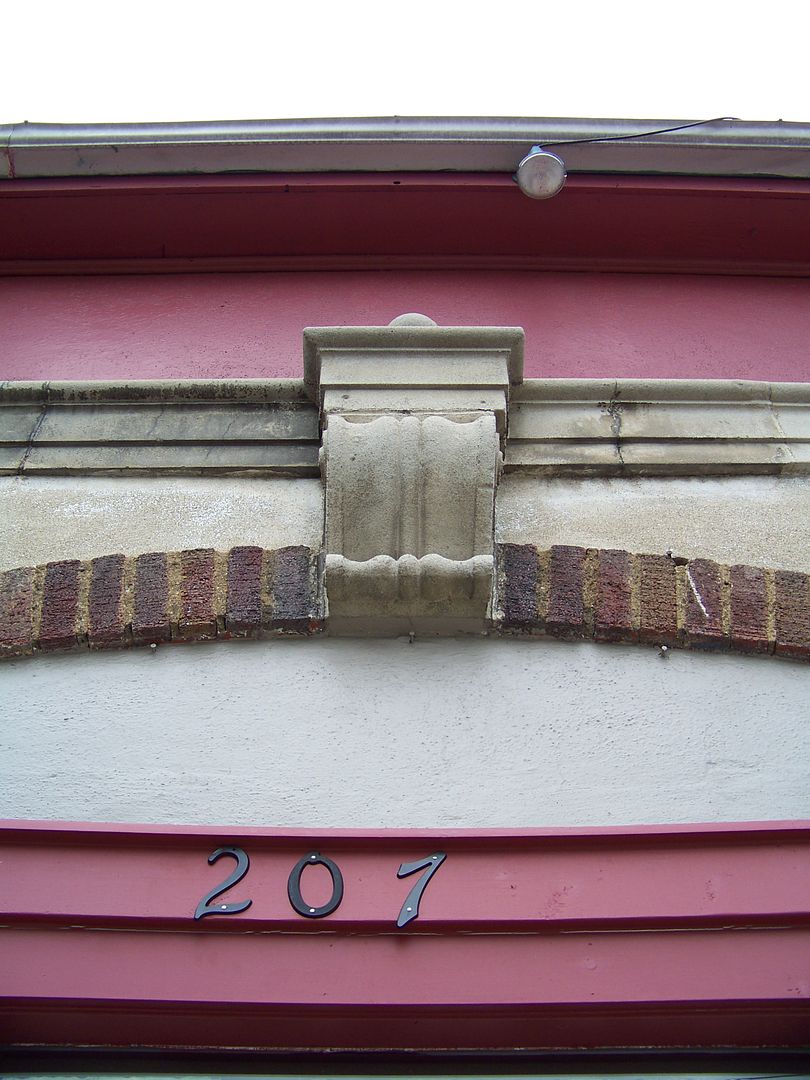
You know how to play the bowed psaltery, of course. No? Well, why not?
Image may be NSFW.
Clik here to view.
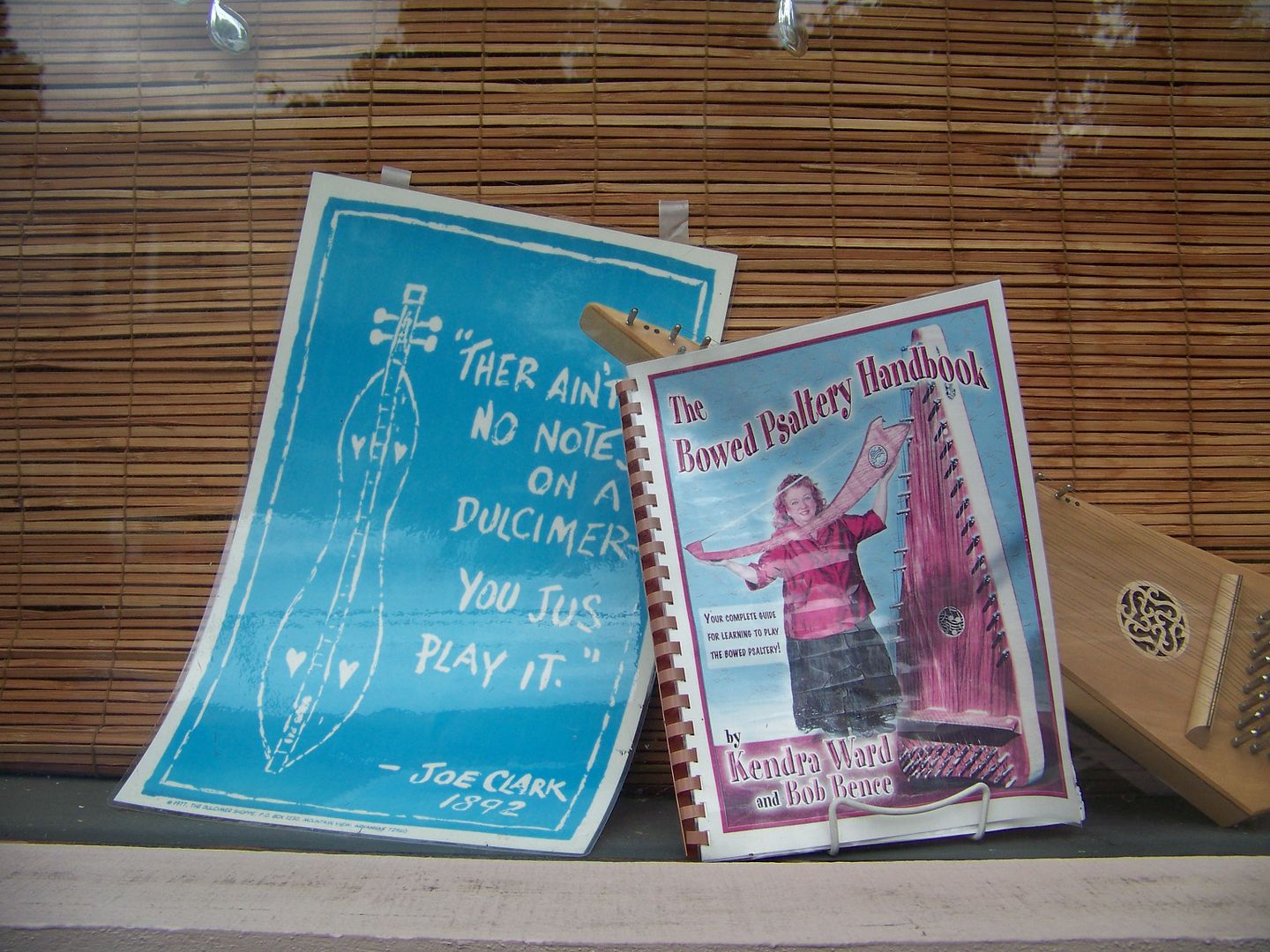
Image may be NSFW.
Clik here to view.
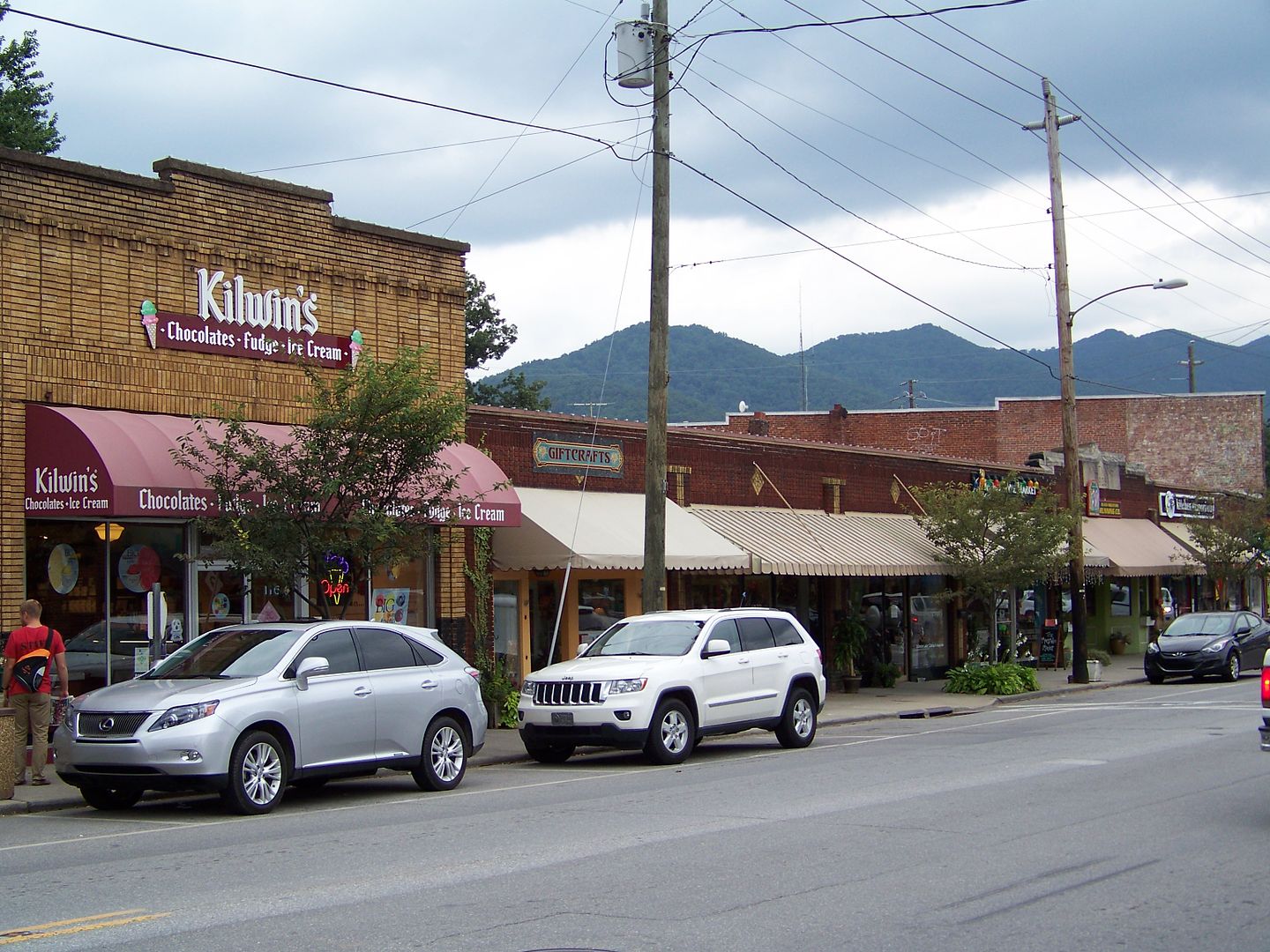
Image may be NSFW.
Clik here to view.
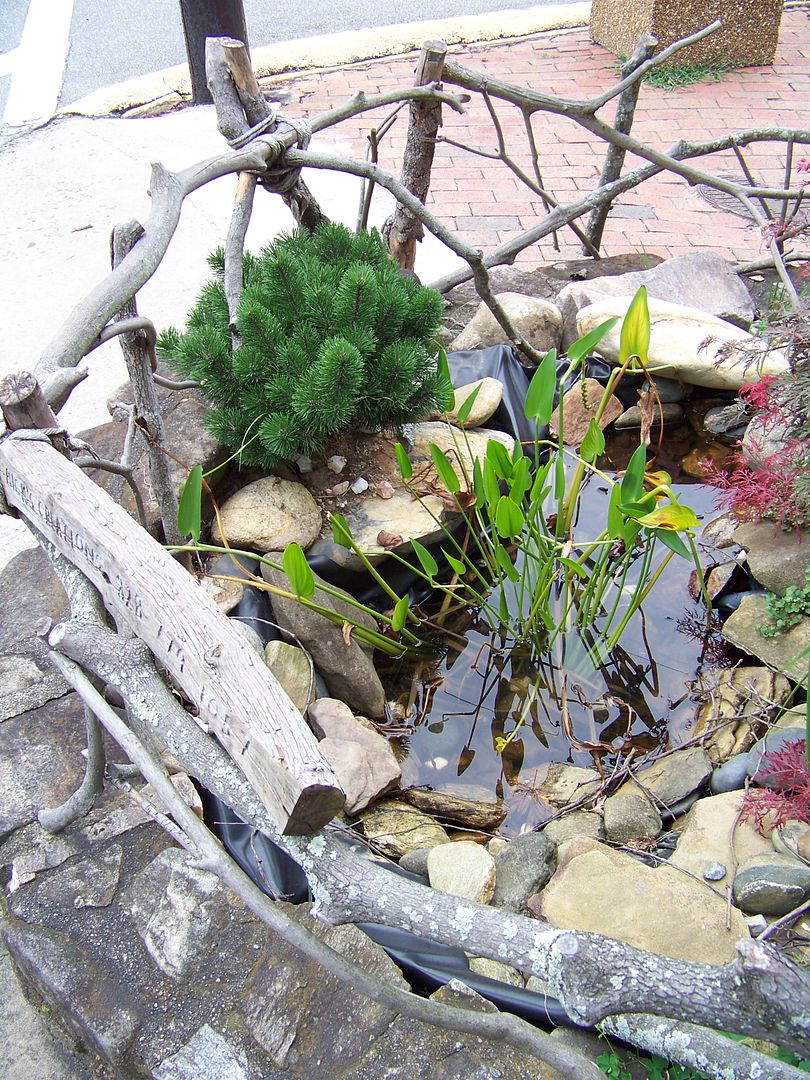
Image may be NSFW.
Clik here to view.

The Common Housefly Kitchen Emporium. Is there, or has there ever been, a better name for a store? No? I'm so glad you agree.
Image may be NSFW.
Clik here to view.

Image may be NSFW.
Clik here to view.
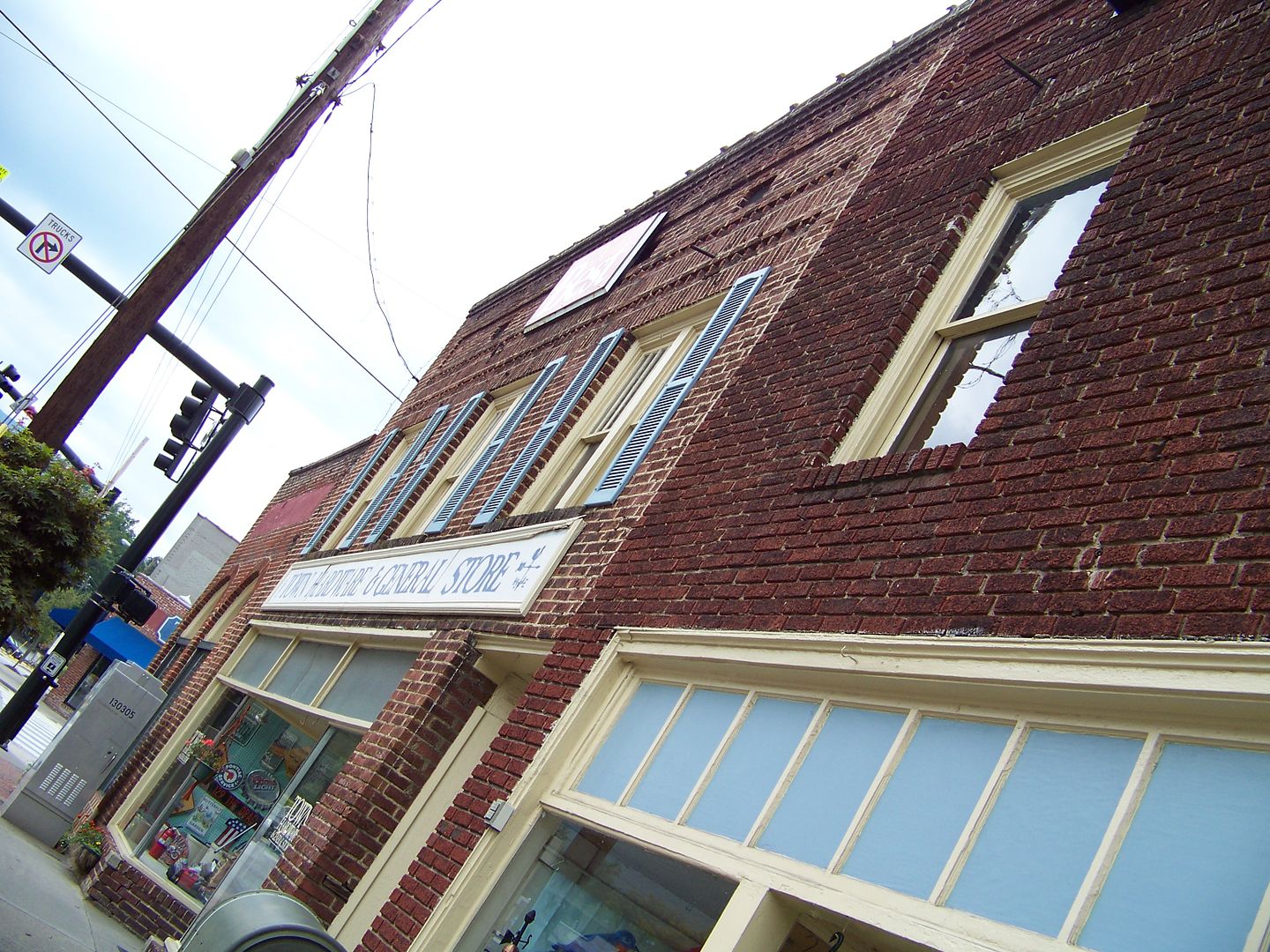
Image may be NSFW.
Clik here to view.
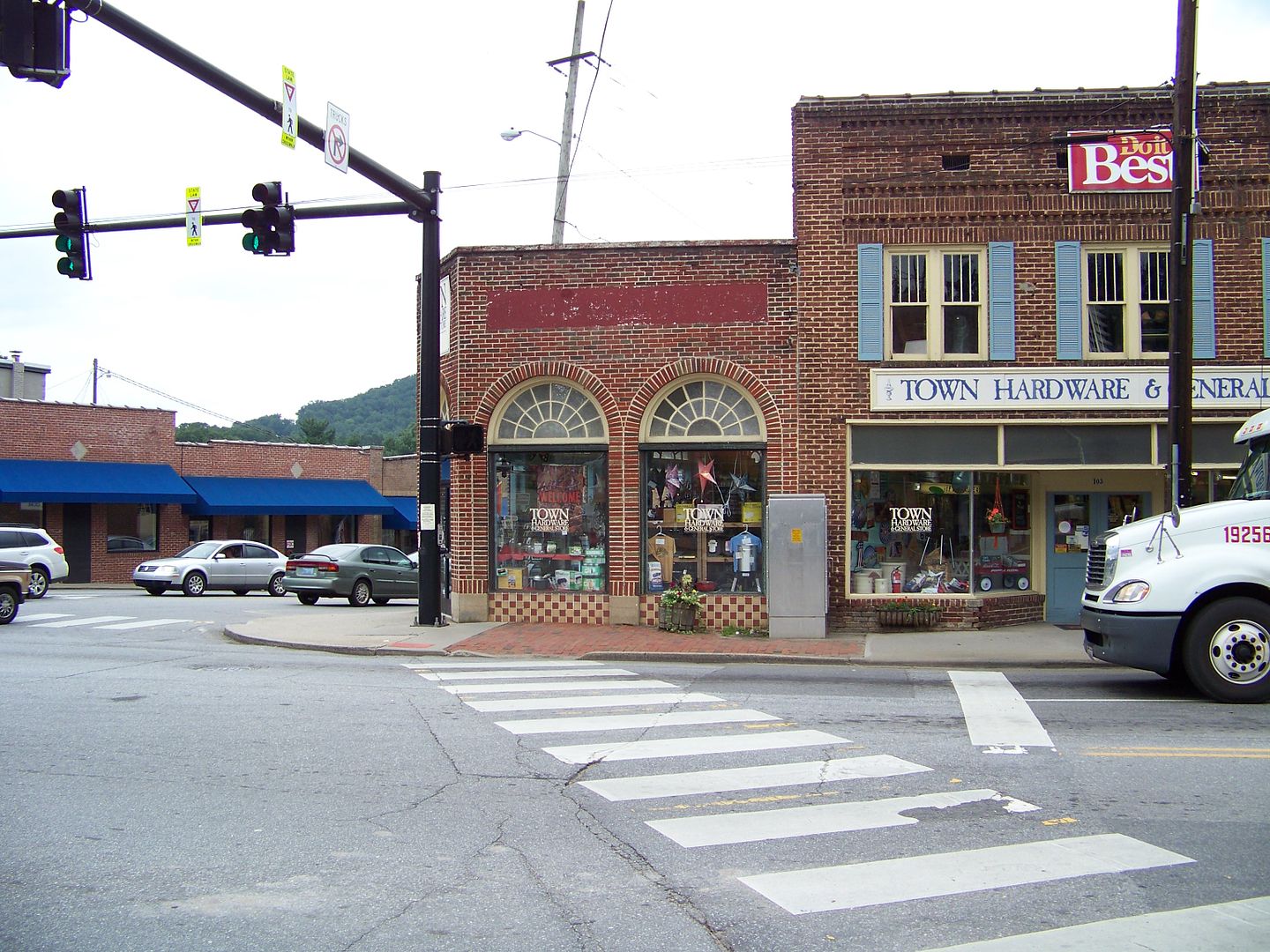
Image may be NSFW.
Clik here to view.
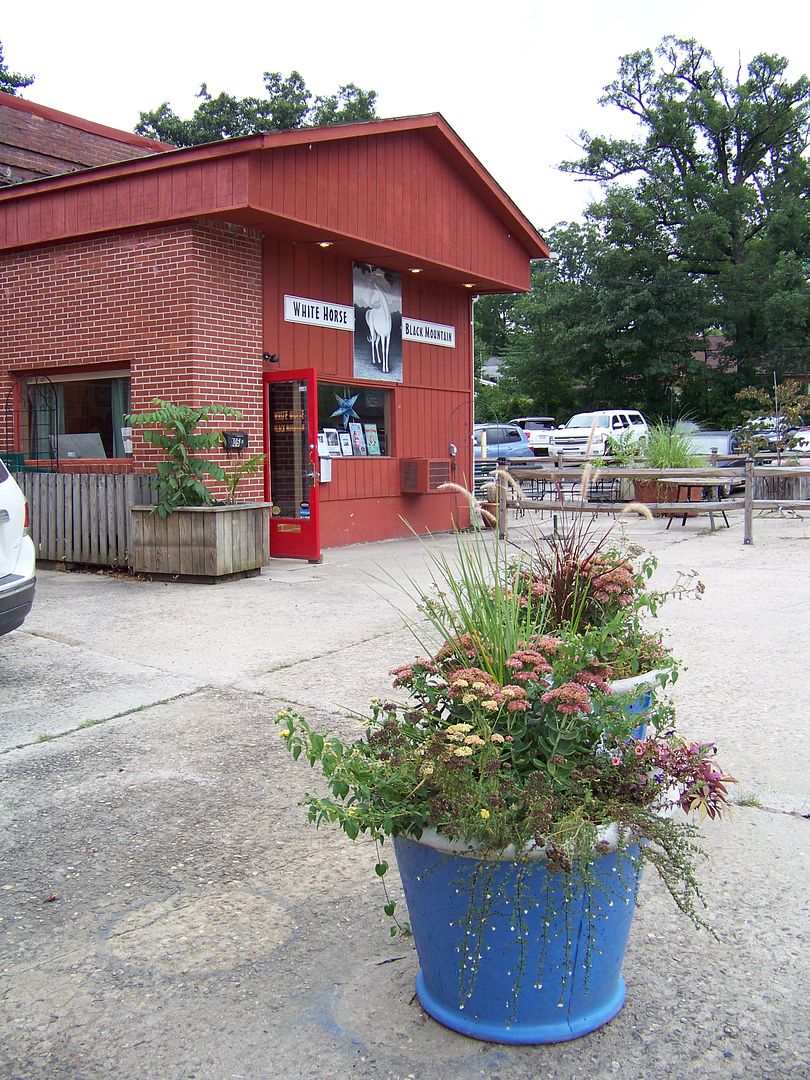
Image may be NSFW.
Clik here to view.
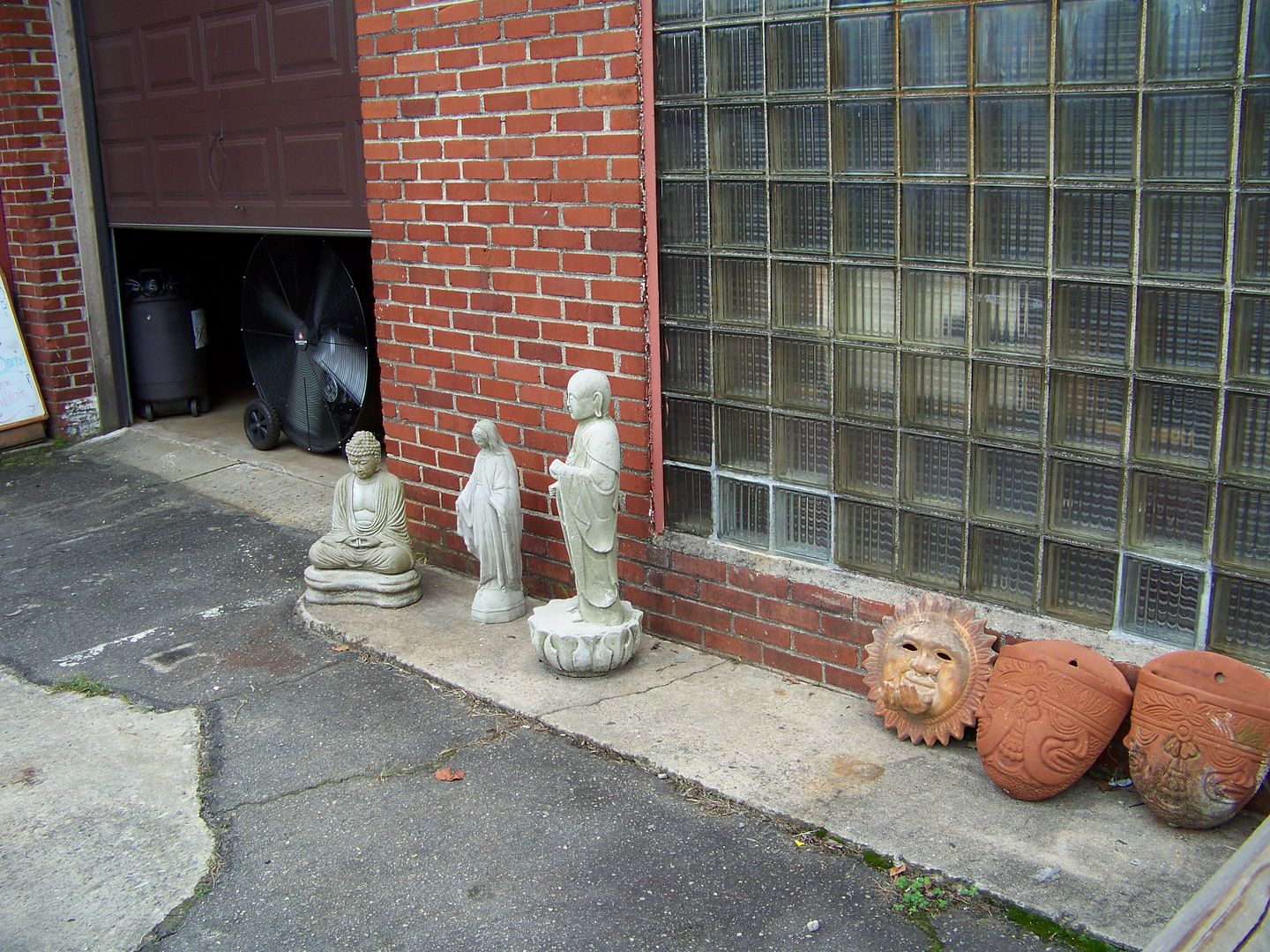
Tyson Furniture, in just some of its downtown acreage.
Image may be NSFW.
Clik here to view.
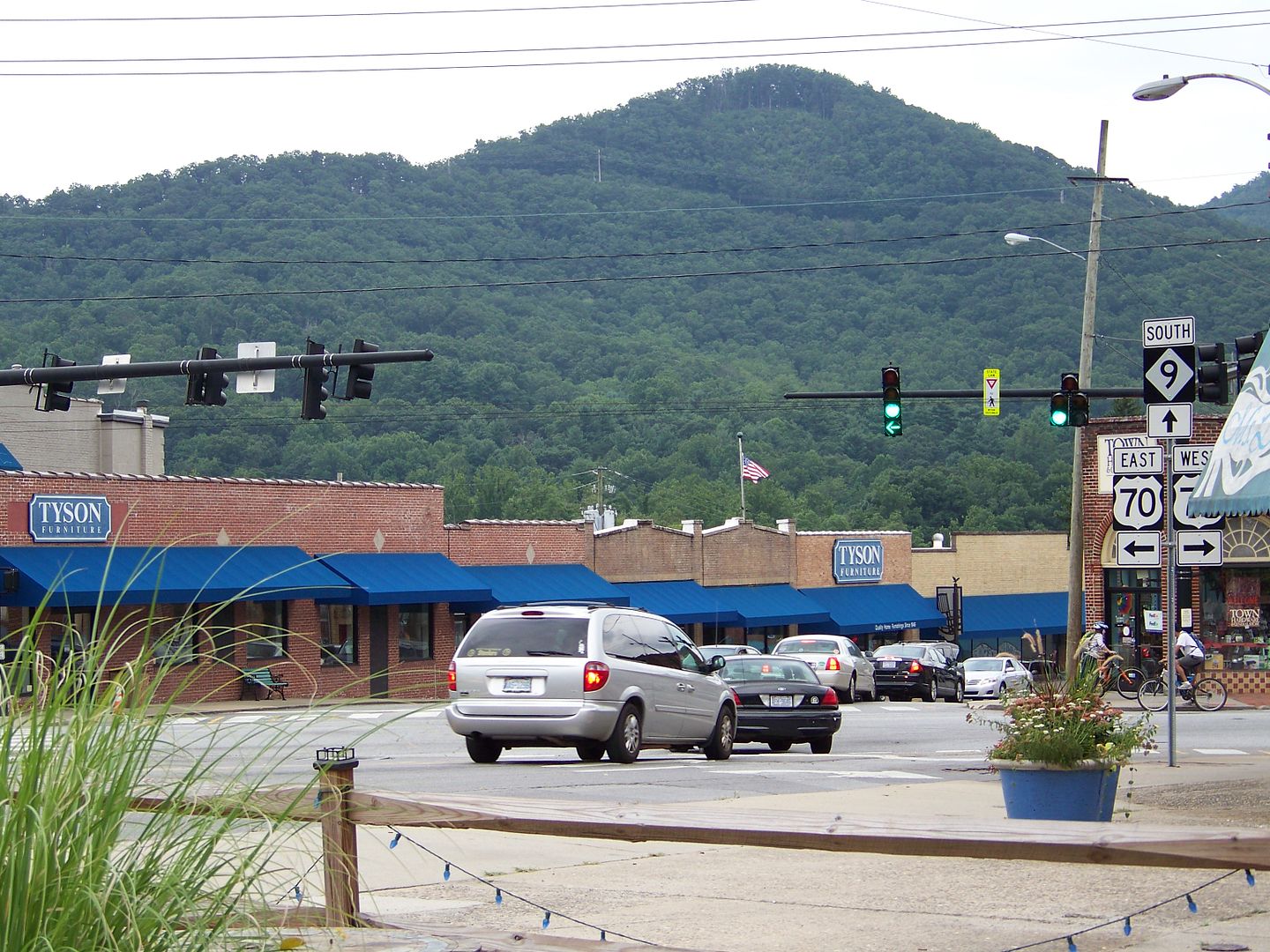
Image may be NSFW.
Clik here to view.
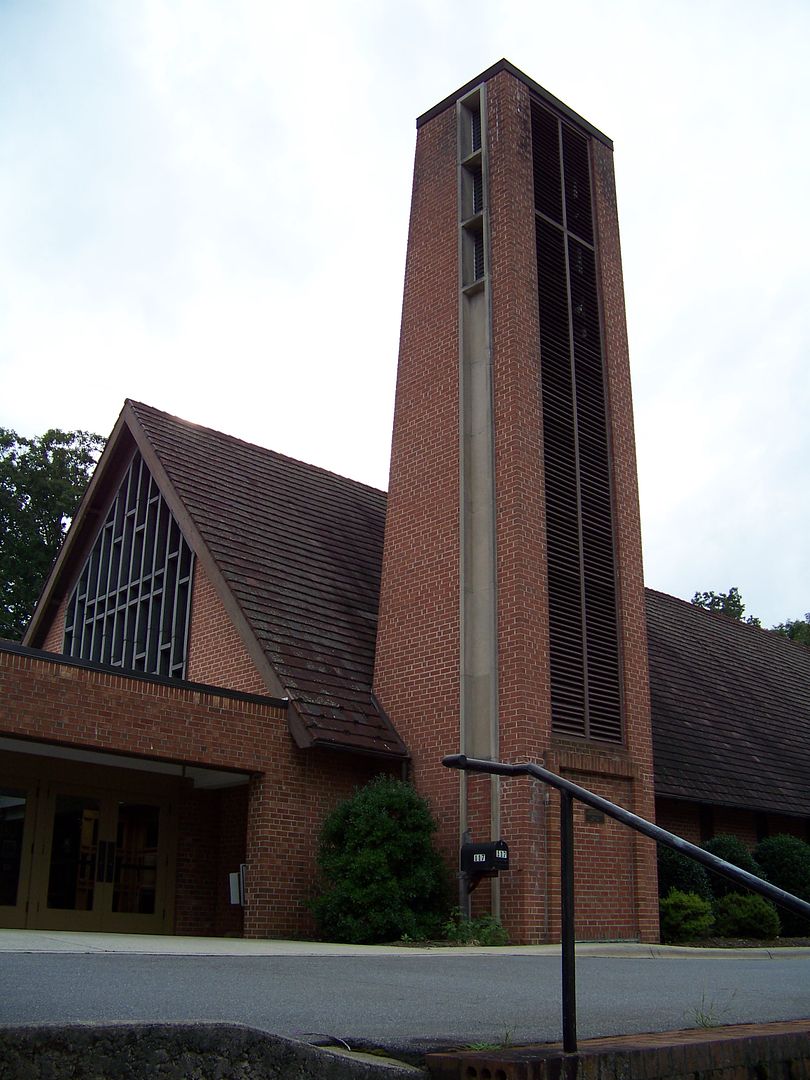
Image may be NSFW.
Clik here to view.
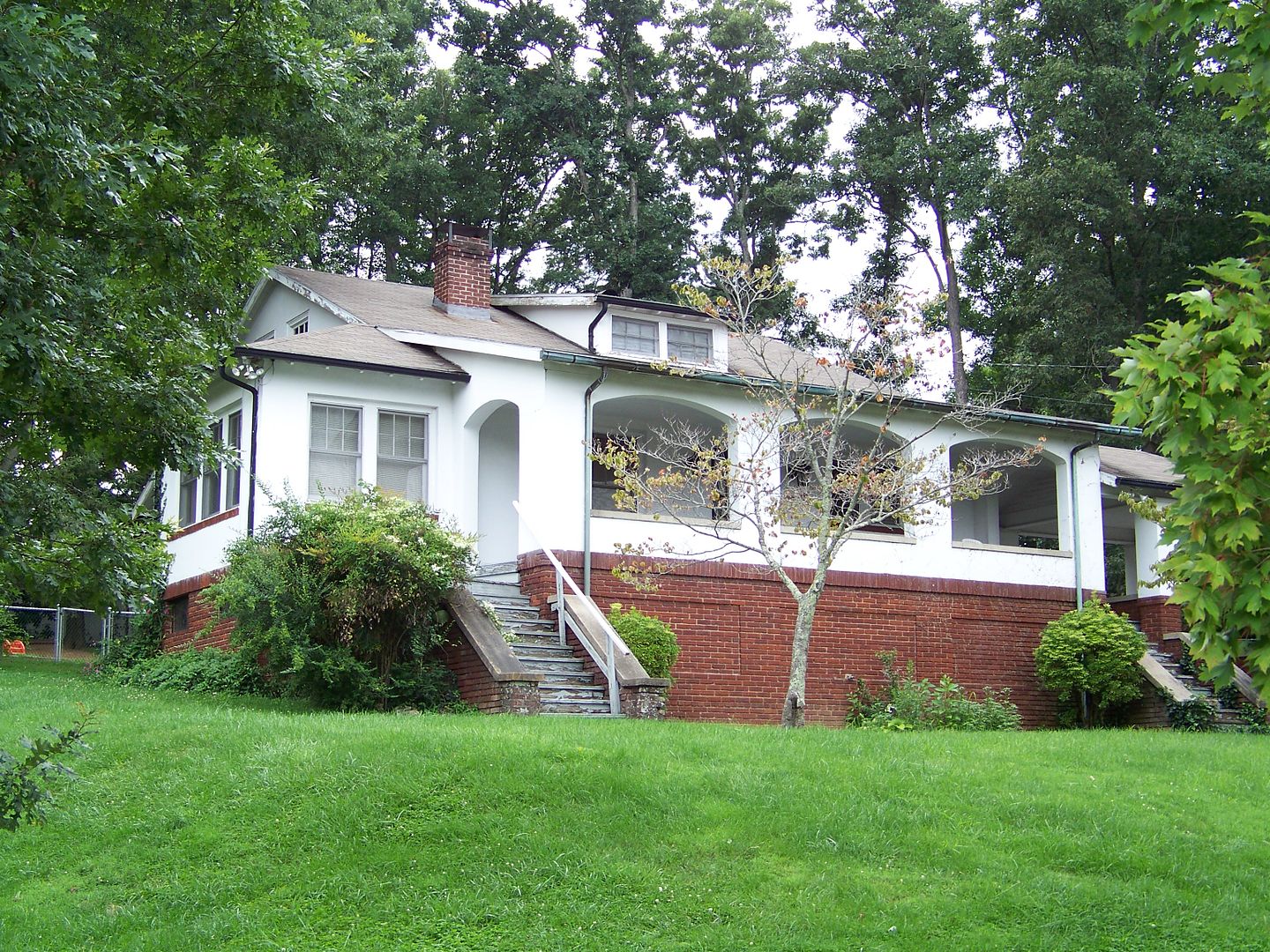
Image may be NSFW.
Clik here to view.
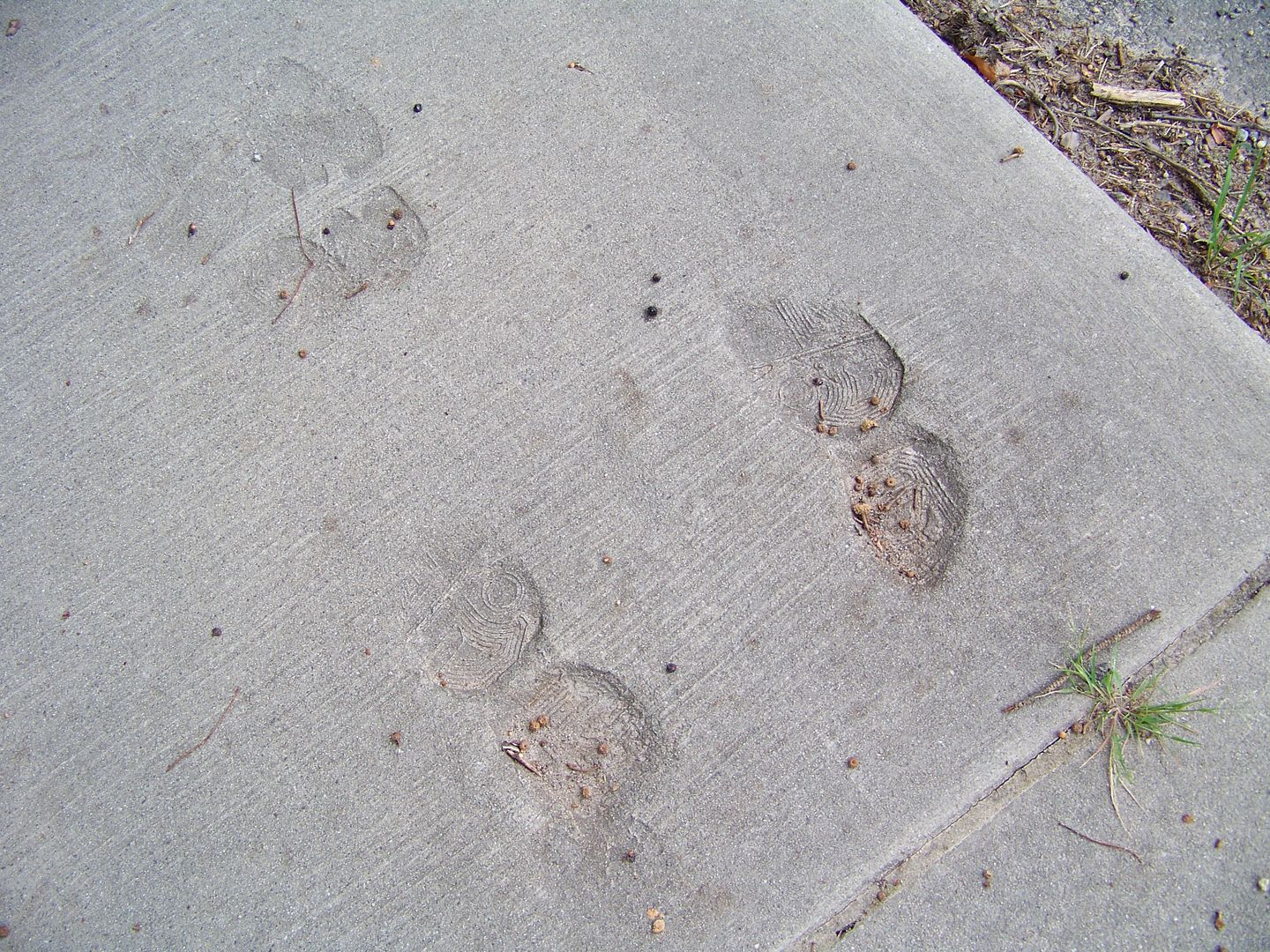
Image may be NSFW.
Clik here to view.

Image may be NSFW.
Clik here to view.

This picture brought to you by Andre Michaux.
Image may be NSFW.
Clik here to view.
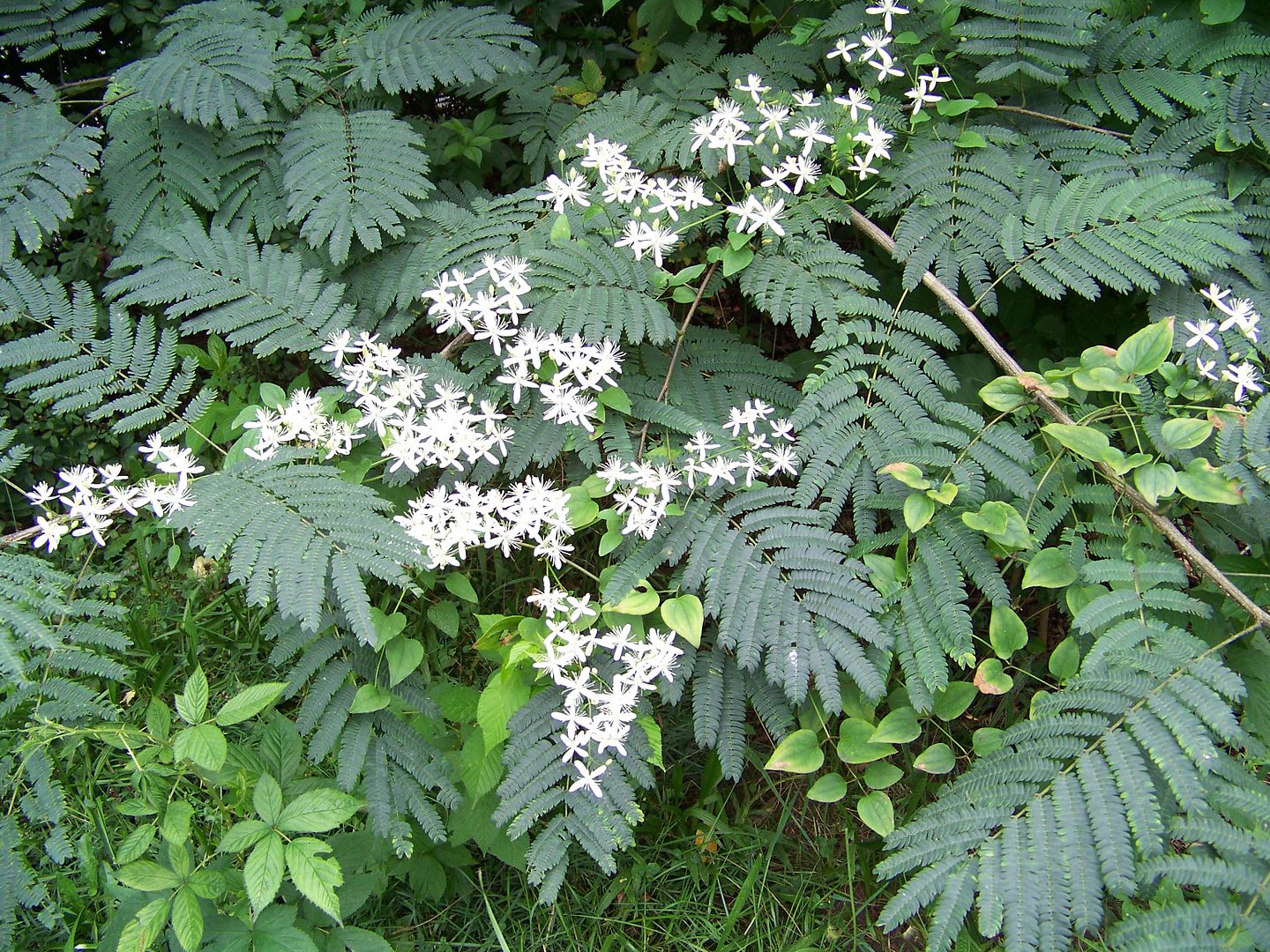
Image may be NSFW.
Clik here to view.
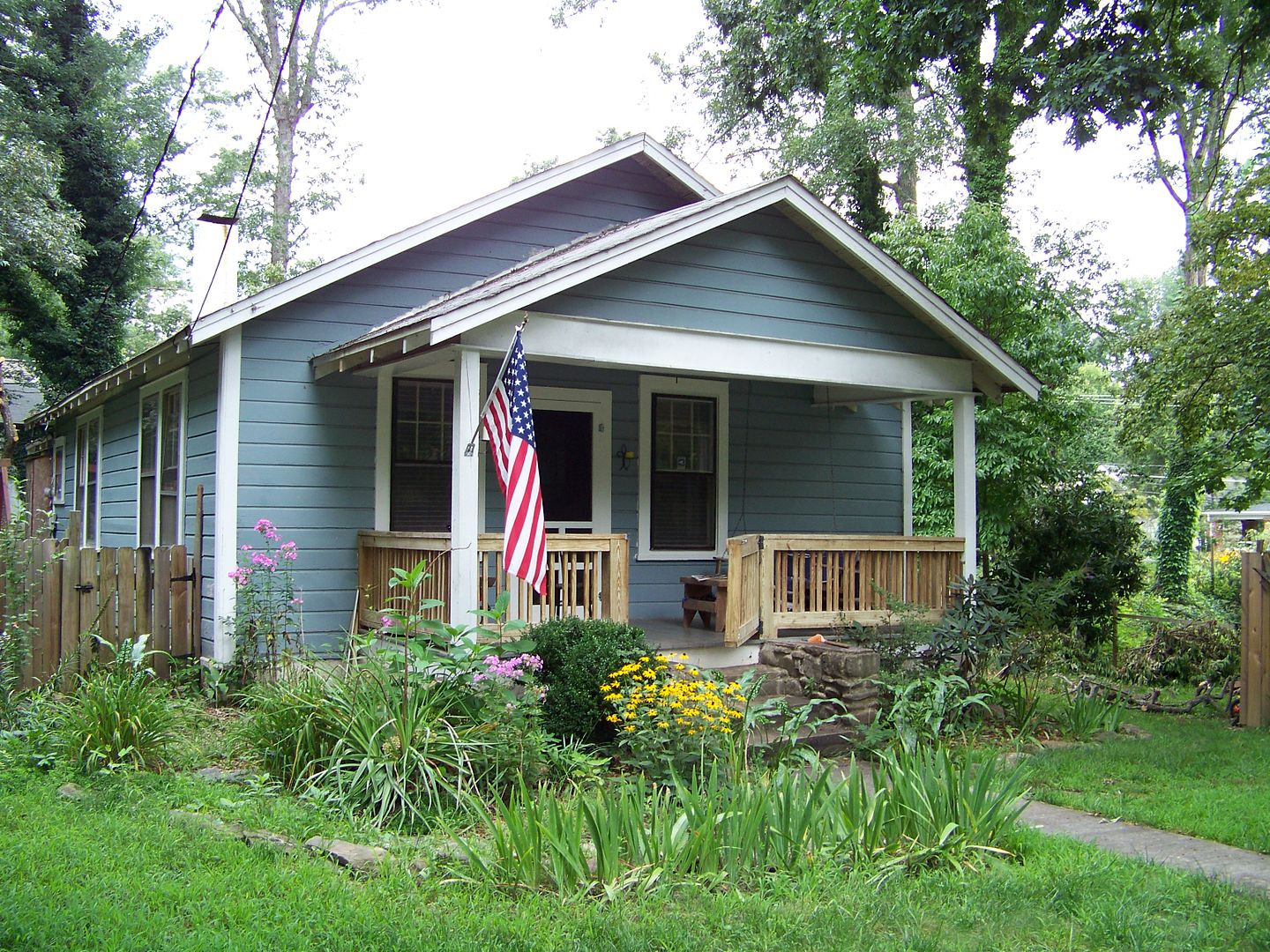
Image may be NSFW.
Clik here to view.
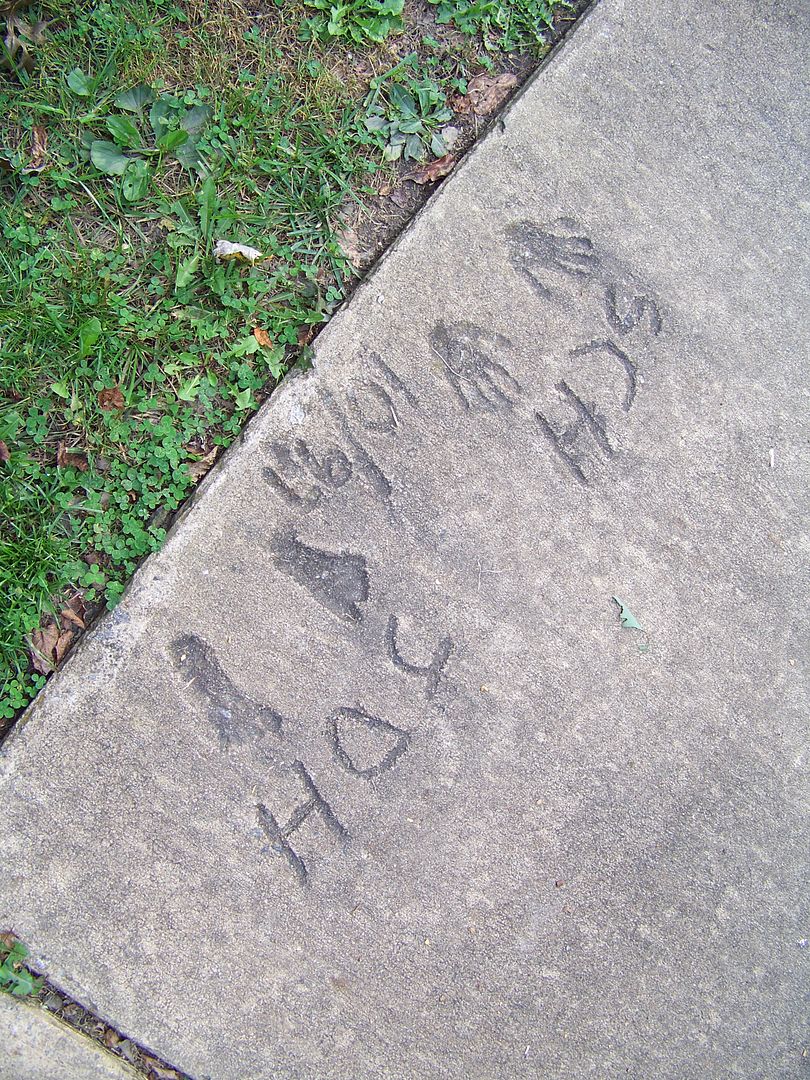
Image may be NSFW.
Clik here to view.
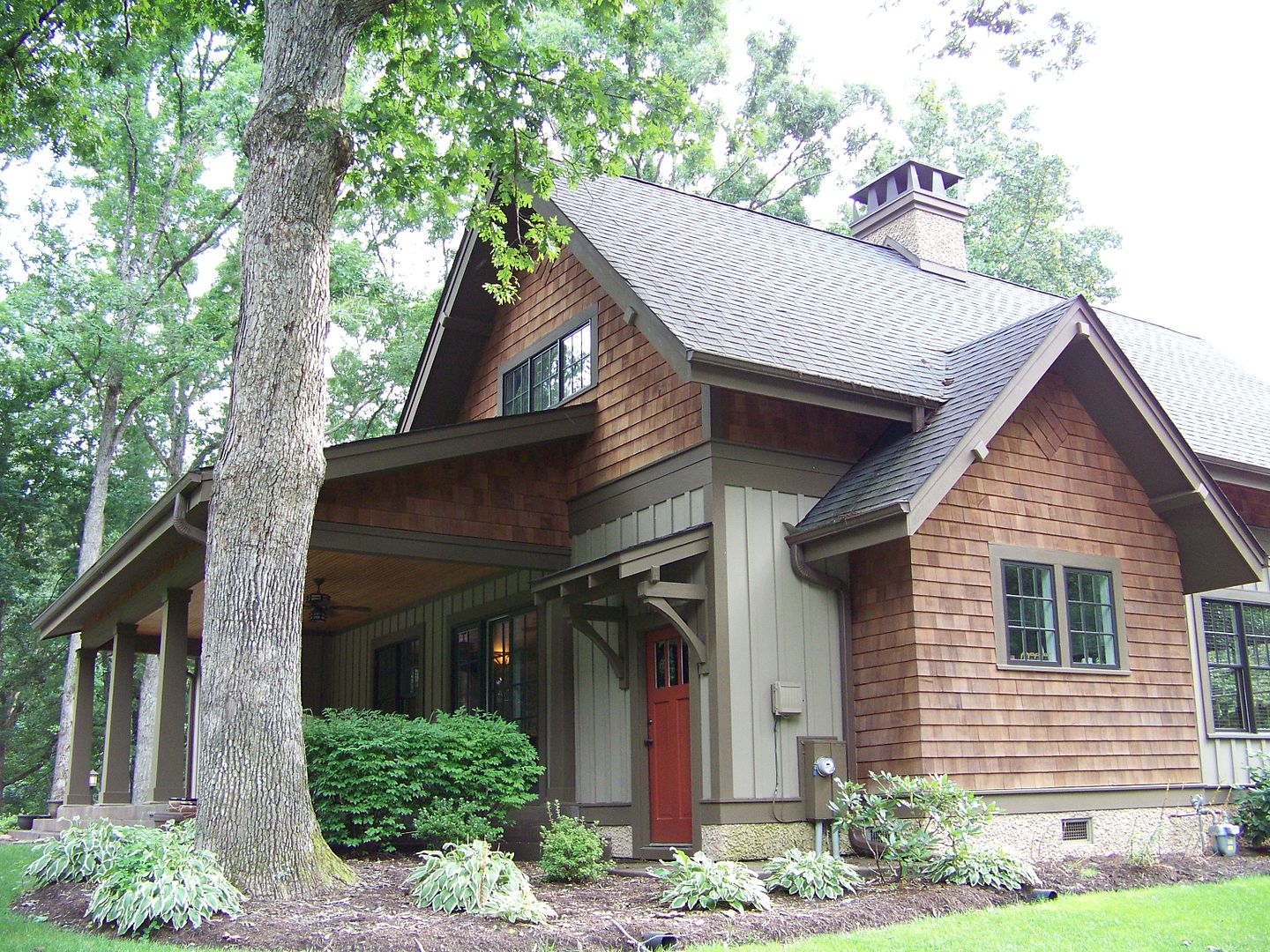
Image may be NSFW.
Clik here to view.

There's nothing I enjoy more than a nice, soft carpet of moss. It reminds me of a place where I used to play when I was little.
Image may be NSFW.
Clik here to view.
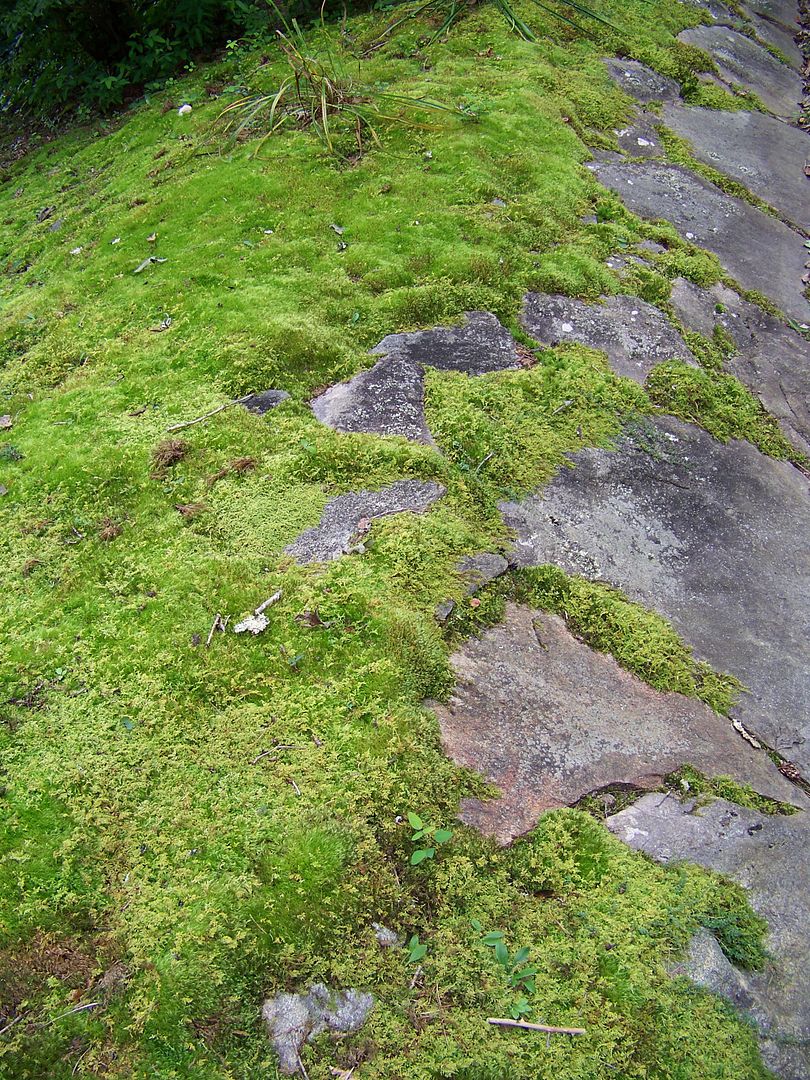
Image may be NSFW.
Clik here to view.
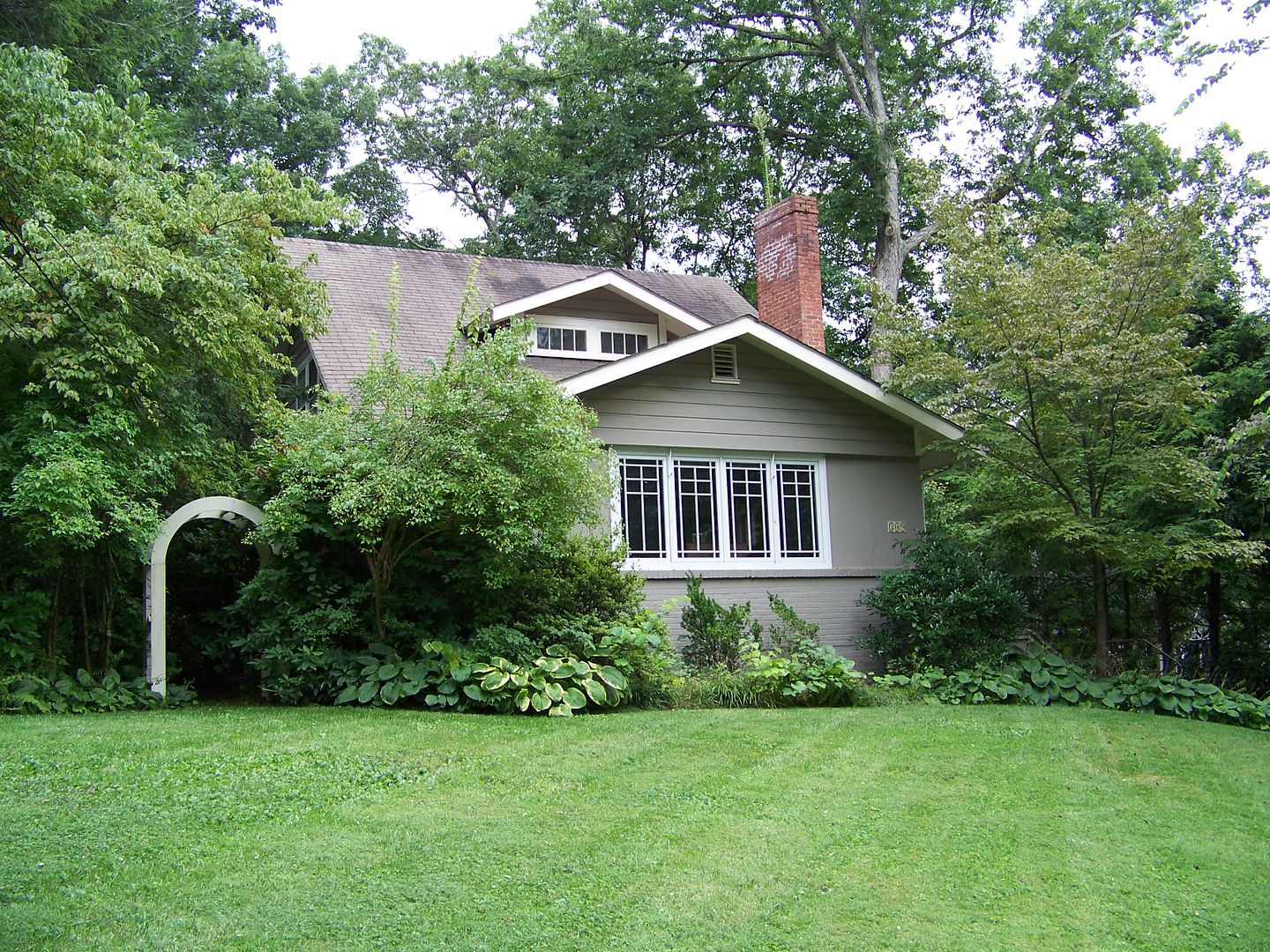
Image may be NSFW.
Clik here to view.
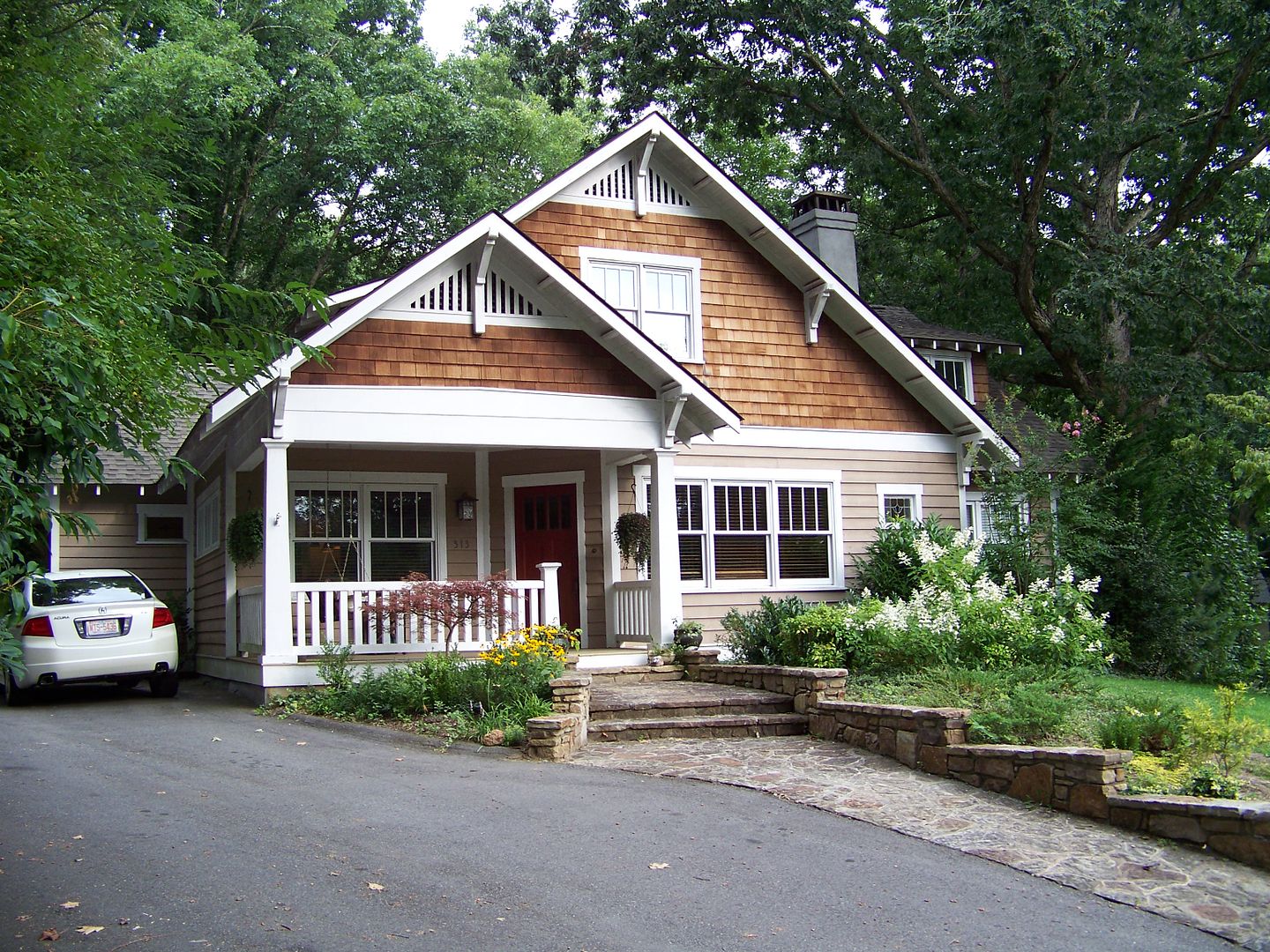
One of my boyfriend's coworkers has vowed to buy one of these, paint the outside with 1940's pinup girls, and christen it "The Sin Wagon."
Image may be NSFW.
Clik here to view.
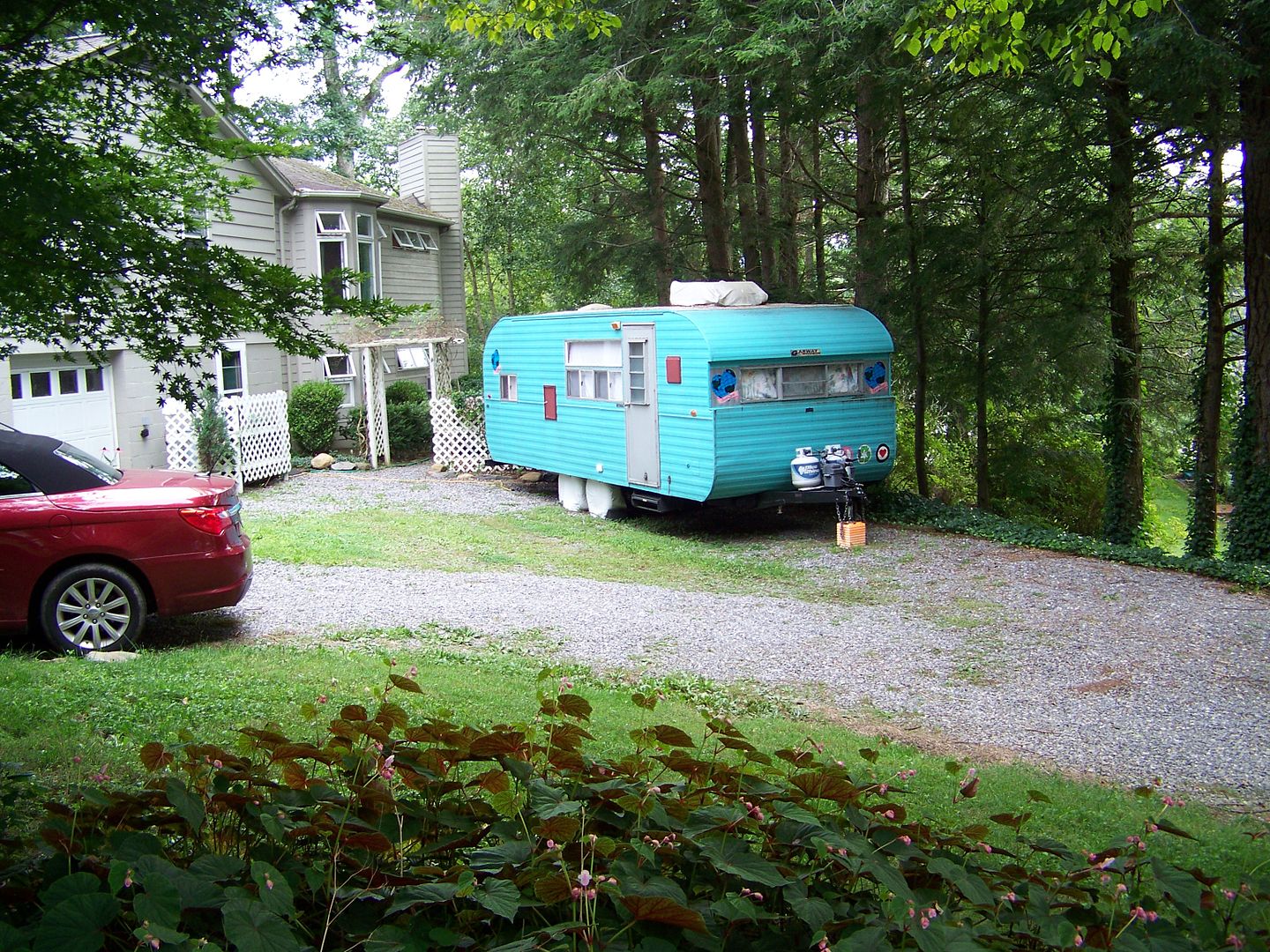
Image may be NSFW.
Clik here to view.
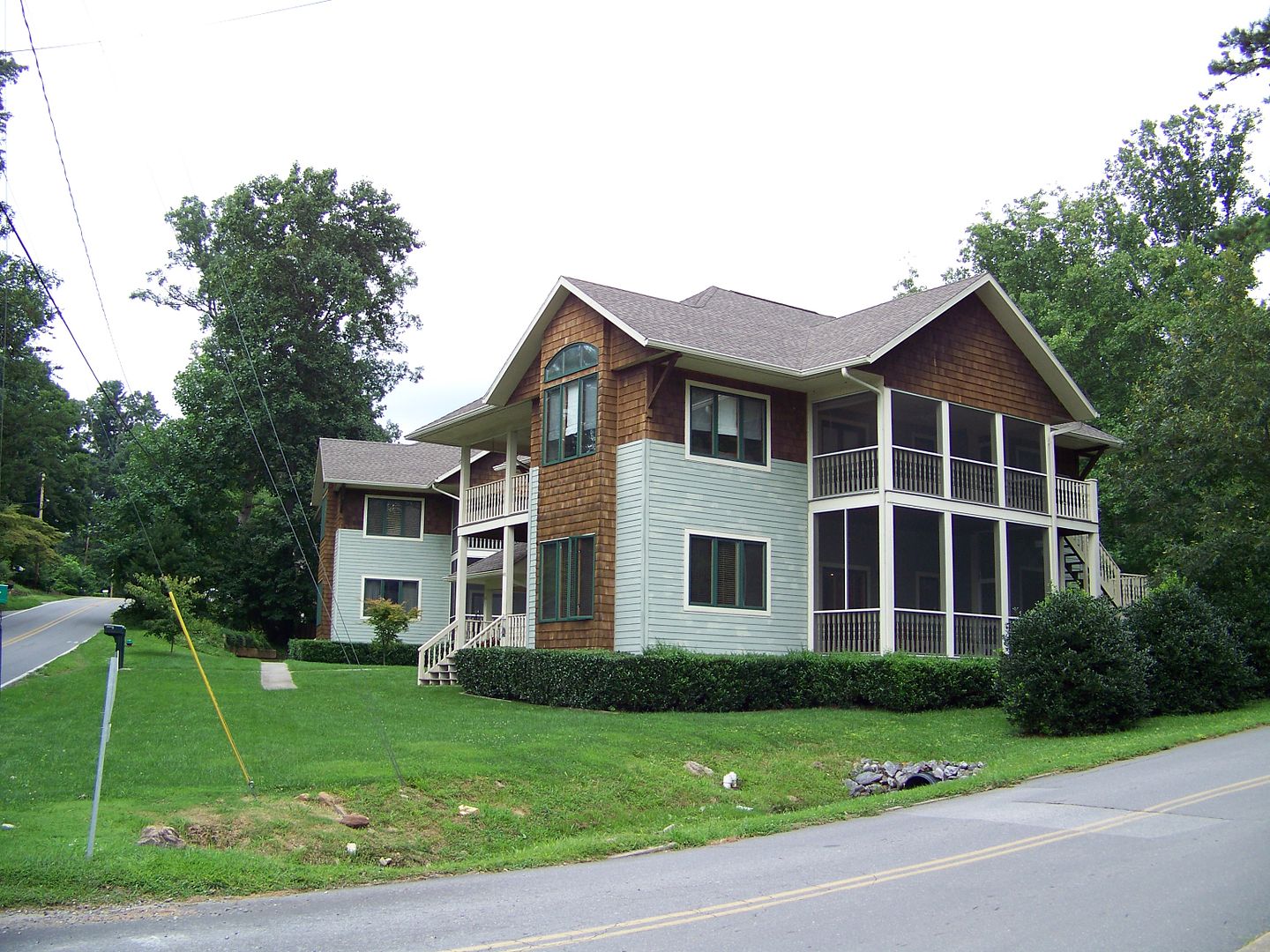
Lake Tomahawk Park, with its public pool.
Image may be NSFW.
Clik here to view.

Image may be NSFW.
Clik here to view.
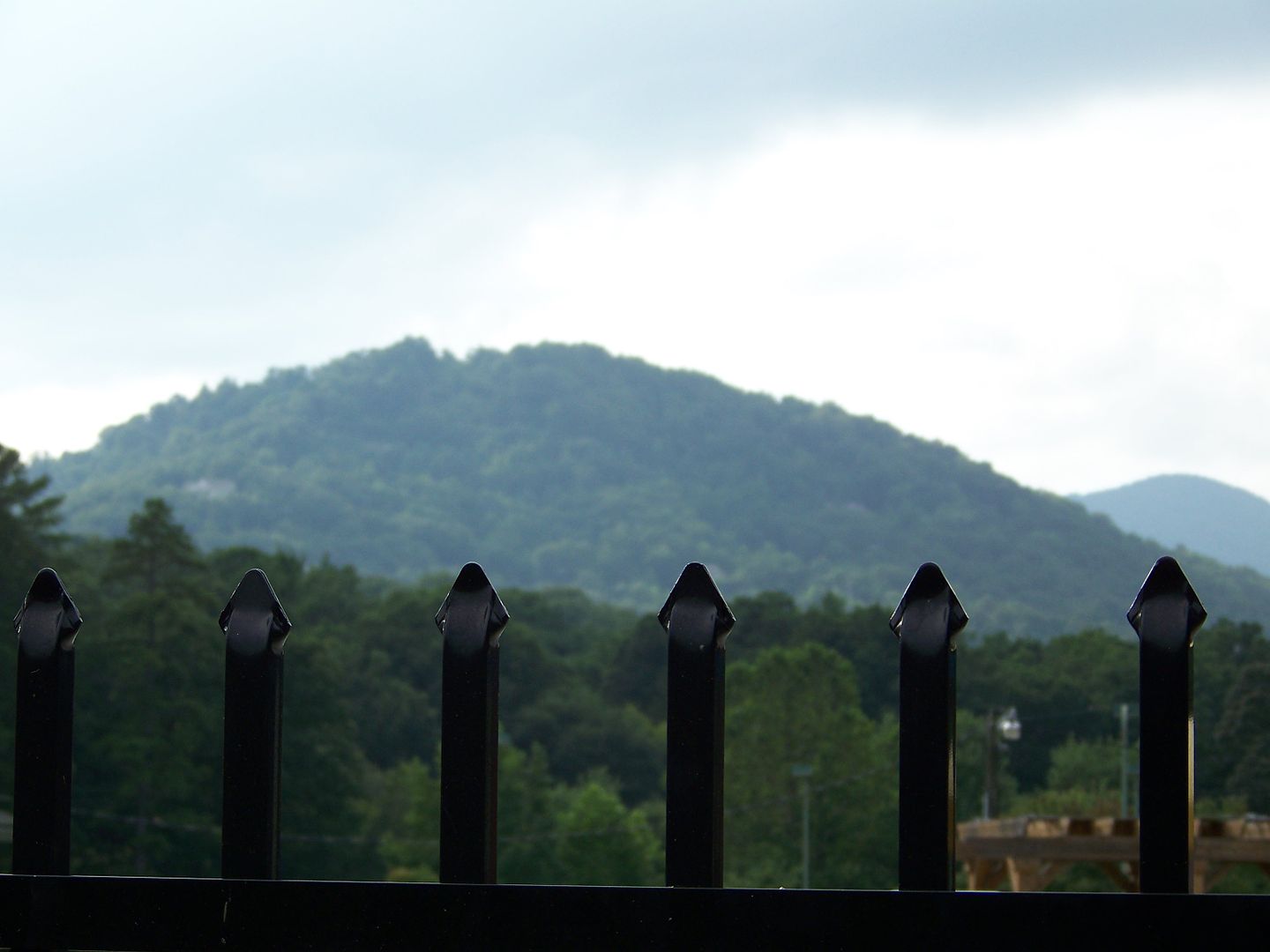
Not too terribly long ago, a young man was found floating facedown in the lake. It was ruled a homicide, but nobody was ever caught for it.
Image may be NSFW.
Clik here to view.

Image may be NSFW.
Clik here to view.

Image may be NSFW.
Clik here to view.

Image may be NSFW.
Clik here to view.

Image may be NSFW.
Clik here to view.

Image may be NSFW.
Clik here to view.
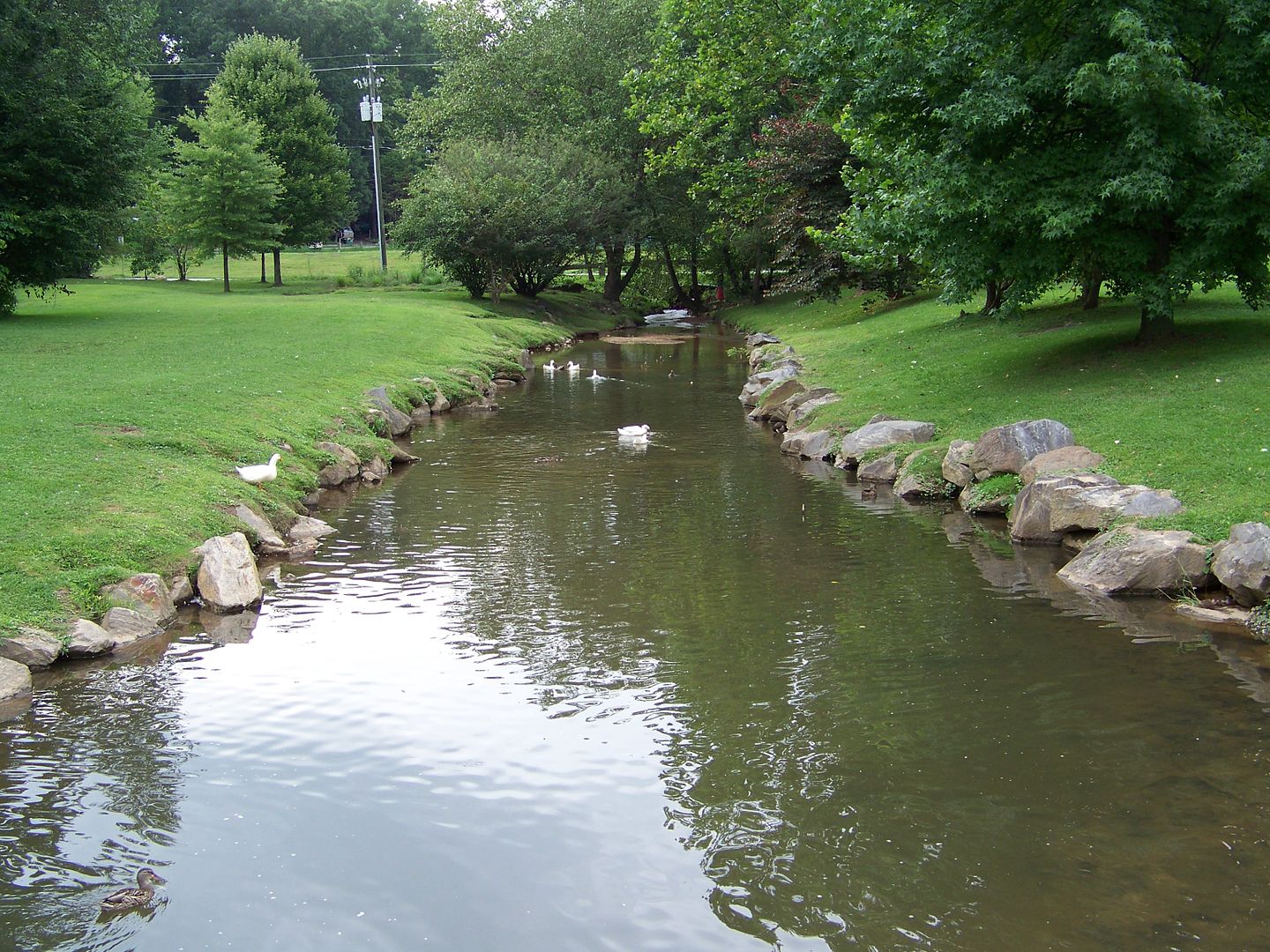
Image may be NSFW.
Clik here to view.
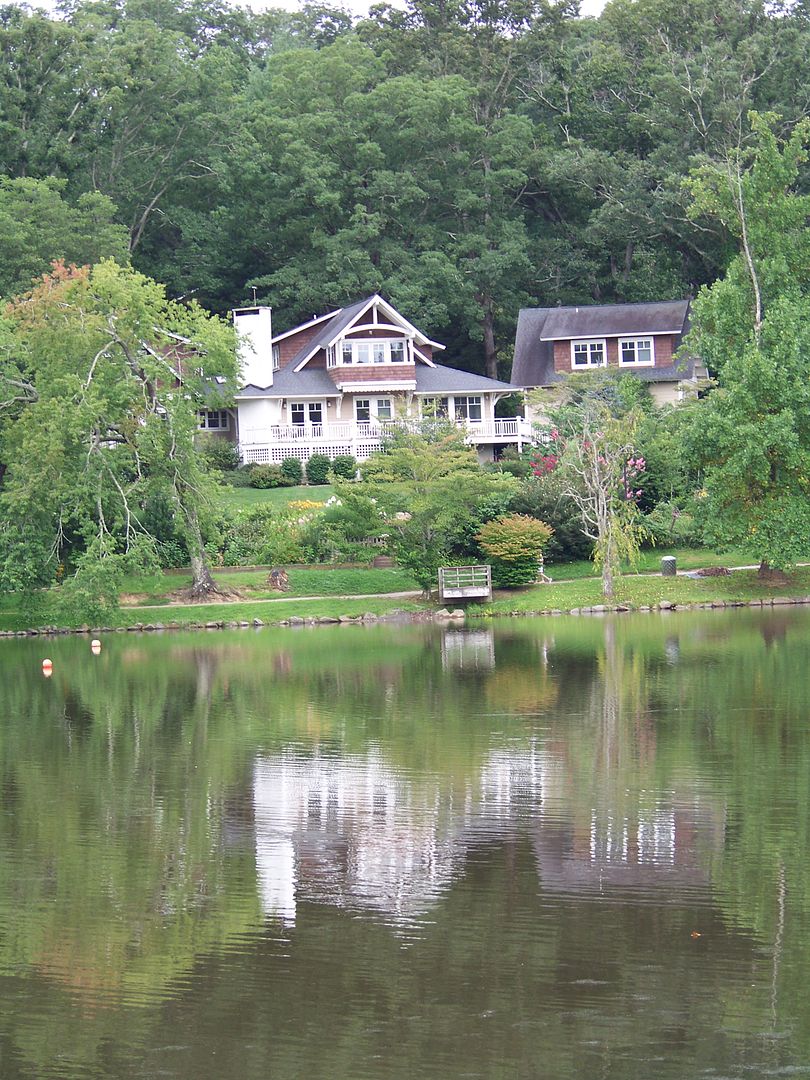
Image may be NSFW.
Clik here to view.

The Seven Sisters peaks of Greybeard Mountain.
Image may be NSFW.
Clik here to view.
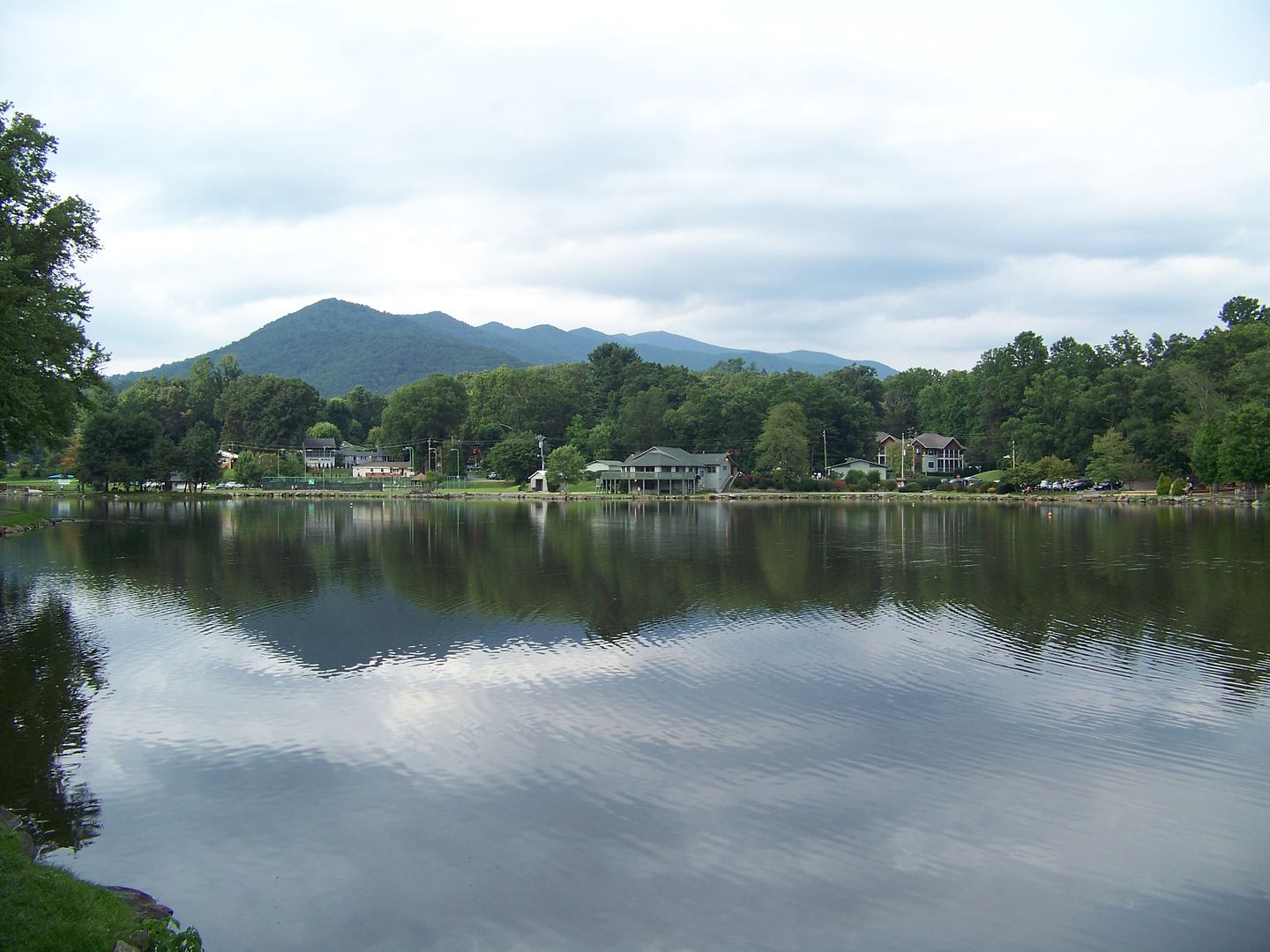
Image may be NSFW.
Clik here to view.
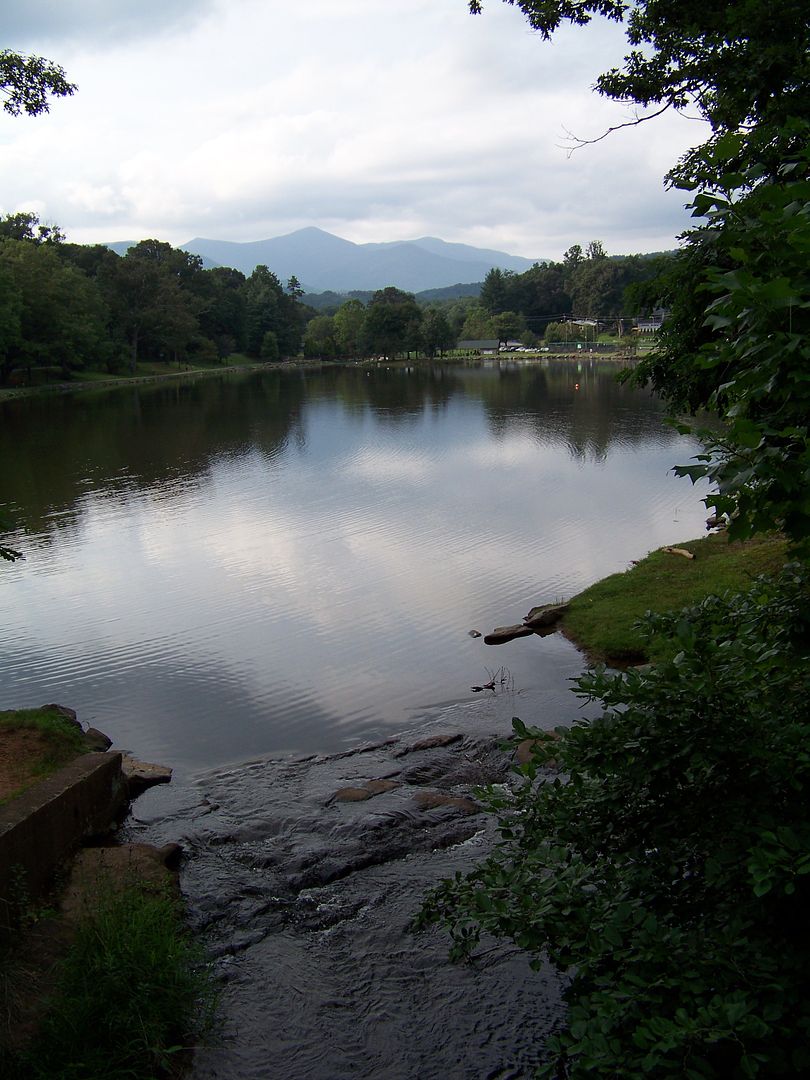
Image may be NSFW.
Clik here to view.
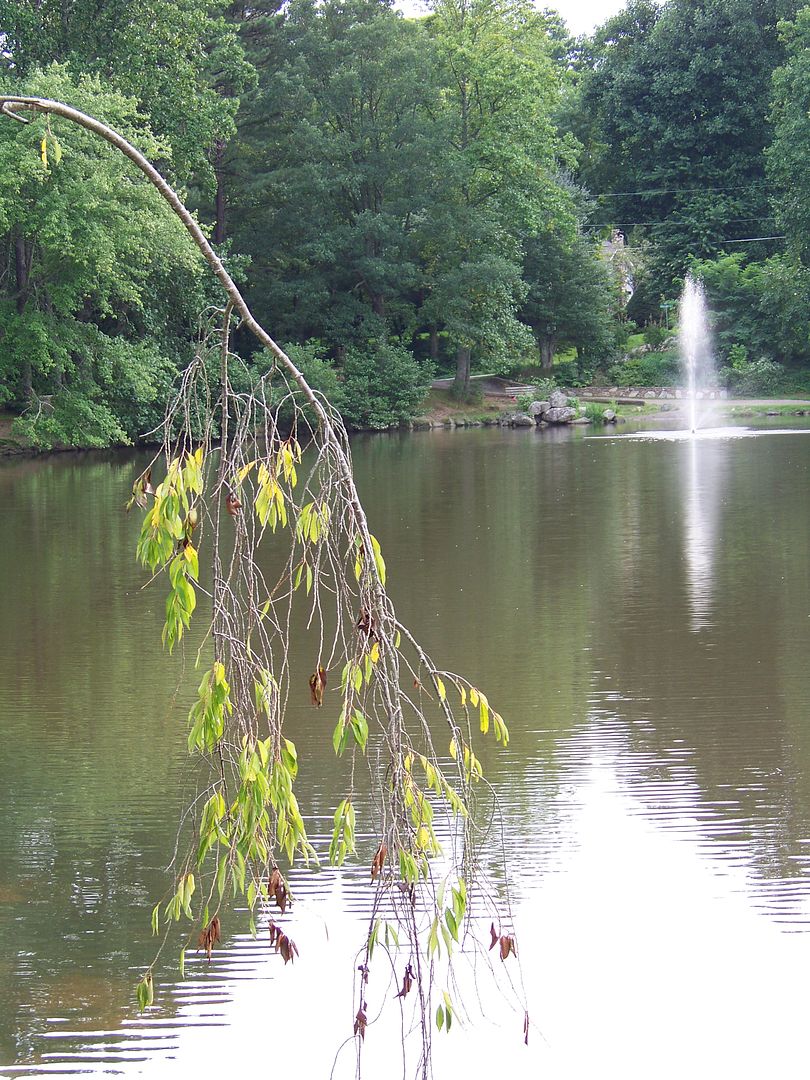
Image may be NSFW.
Clik here to view.
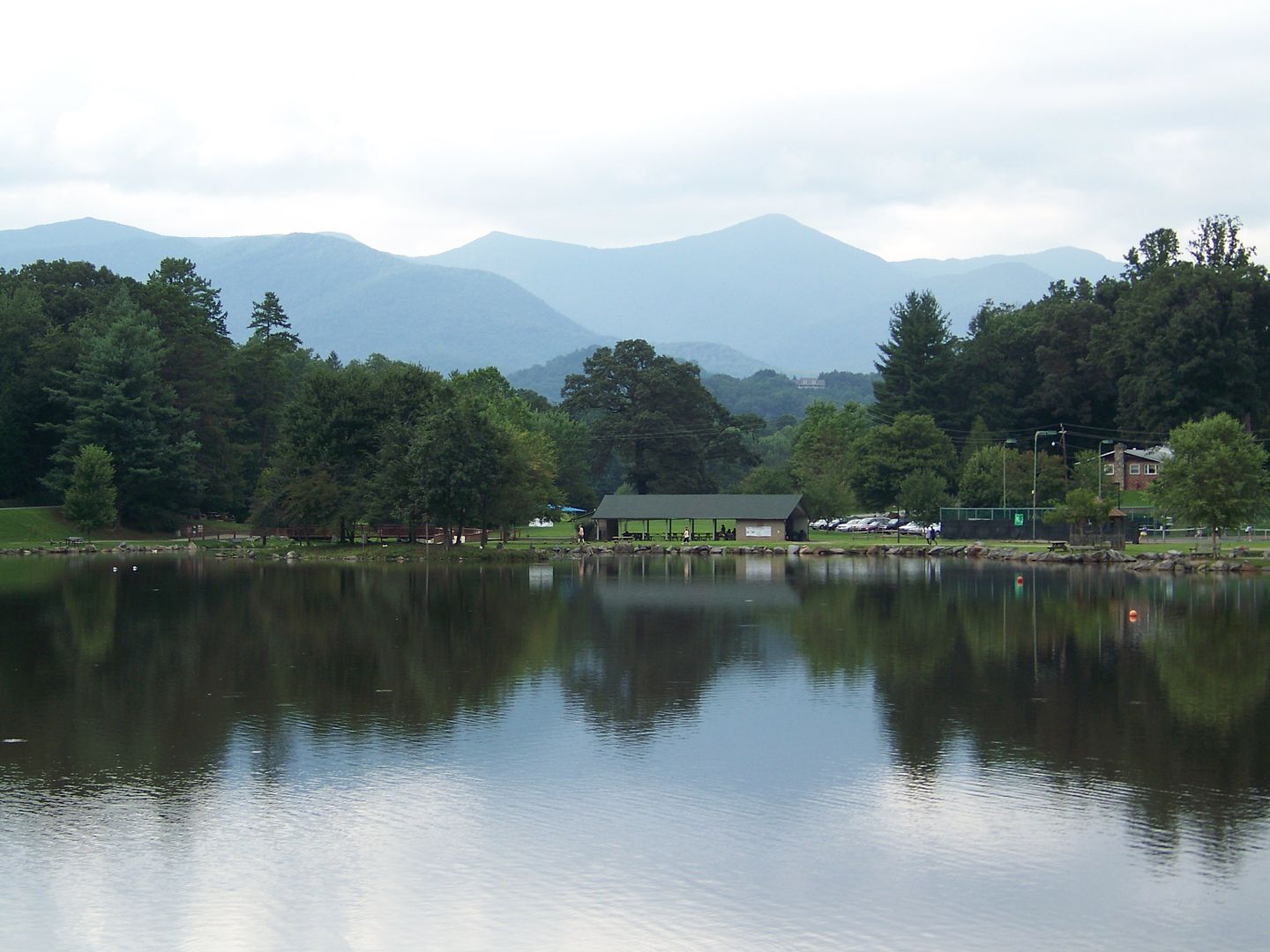
Image may be NSFW.
Clik here to view.
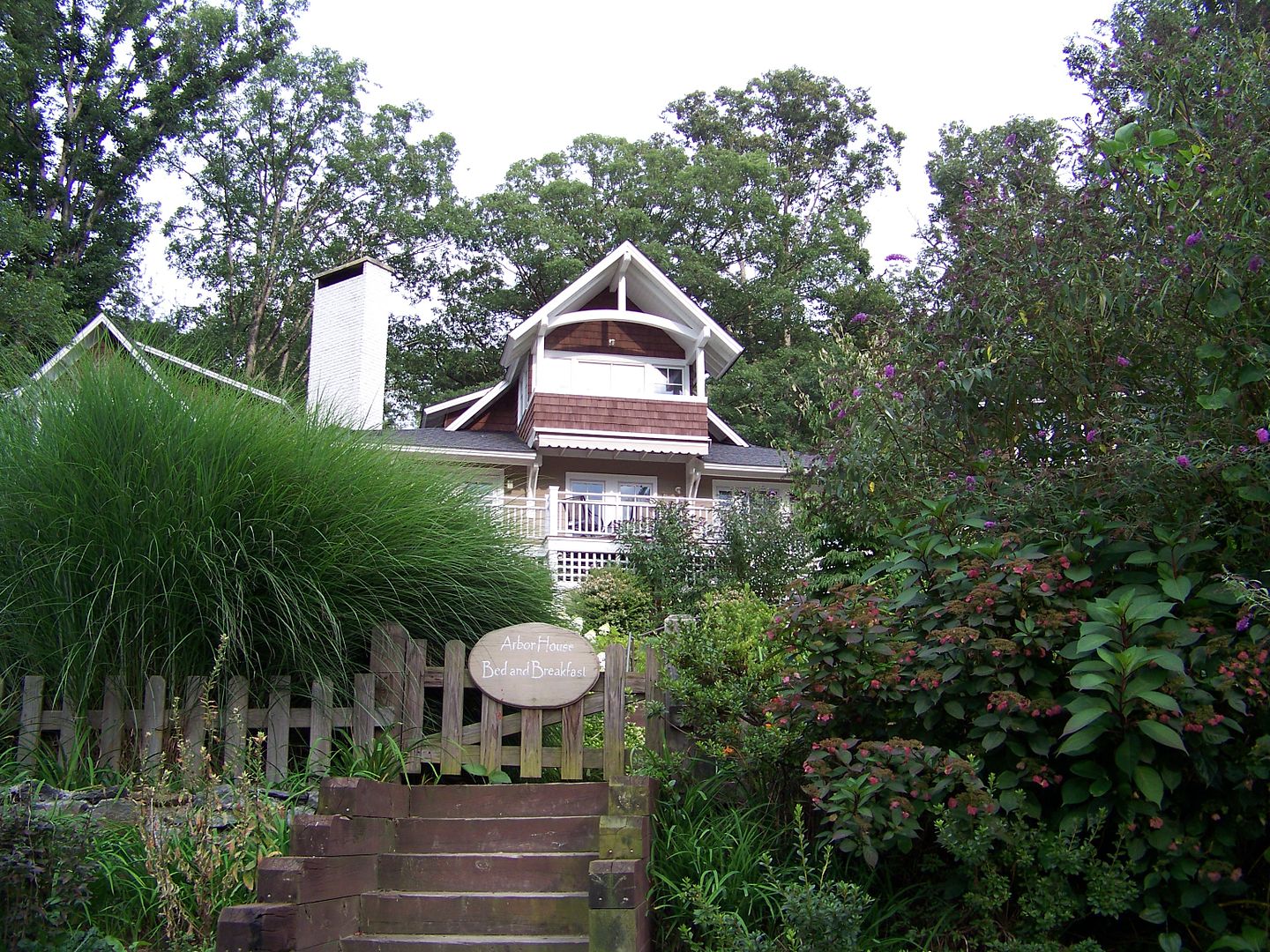
Image may be NSFW.
Clik here to view.
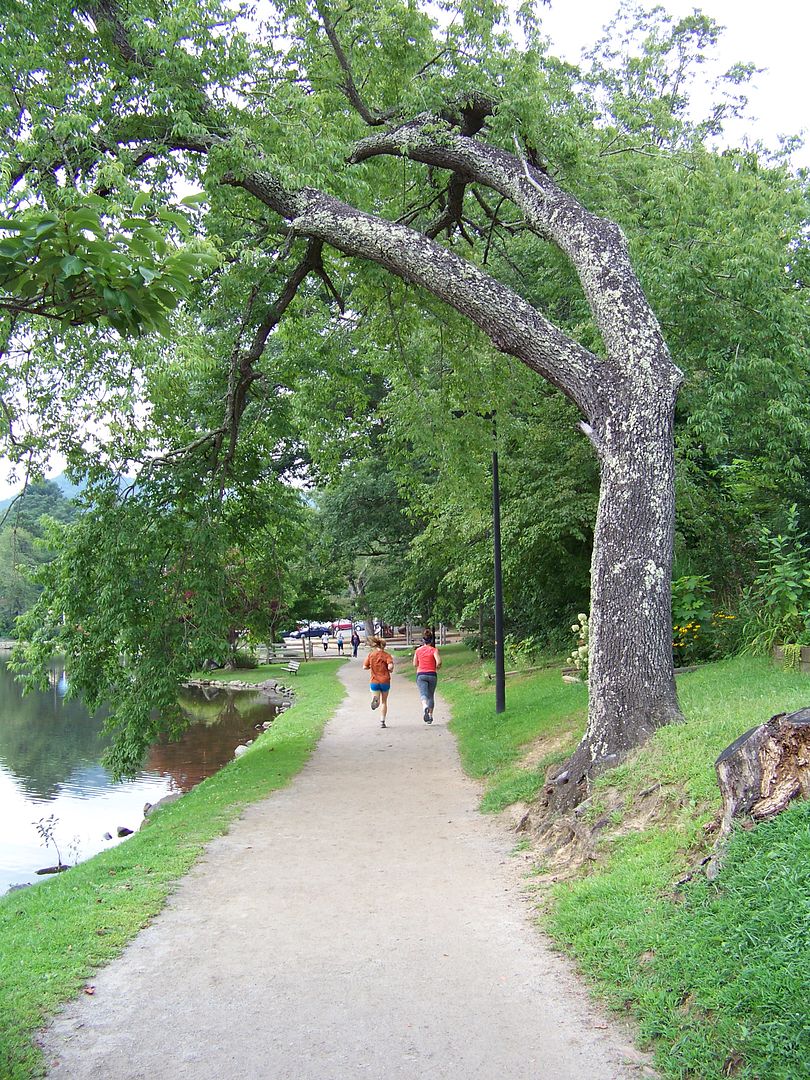
Image may be NSFW.
Clik here to view.

Image may be NSFW.
Clik here to view.
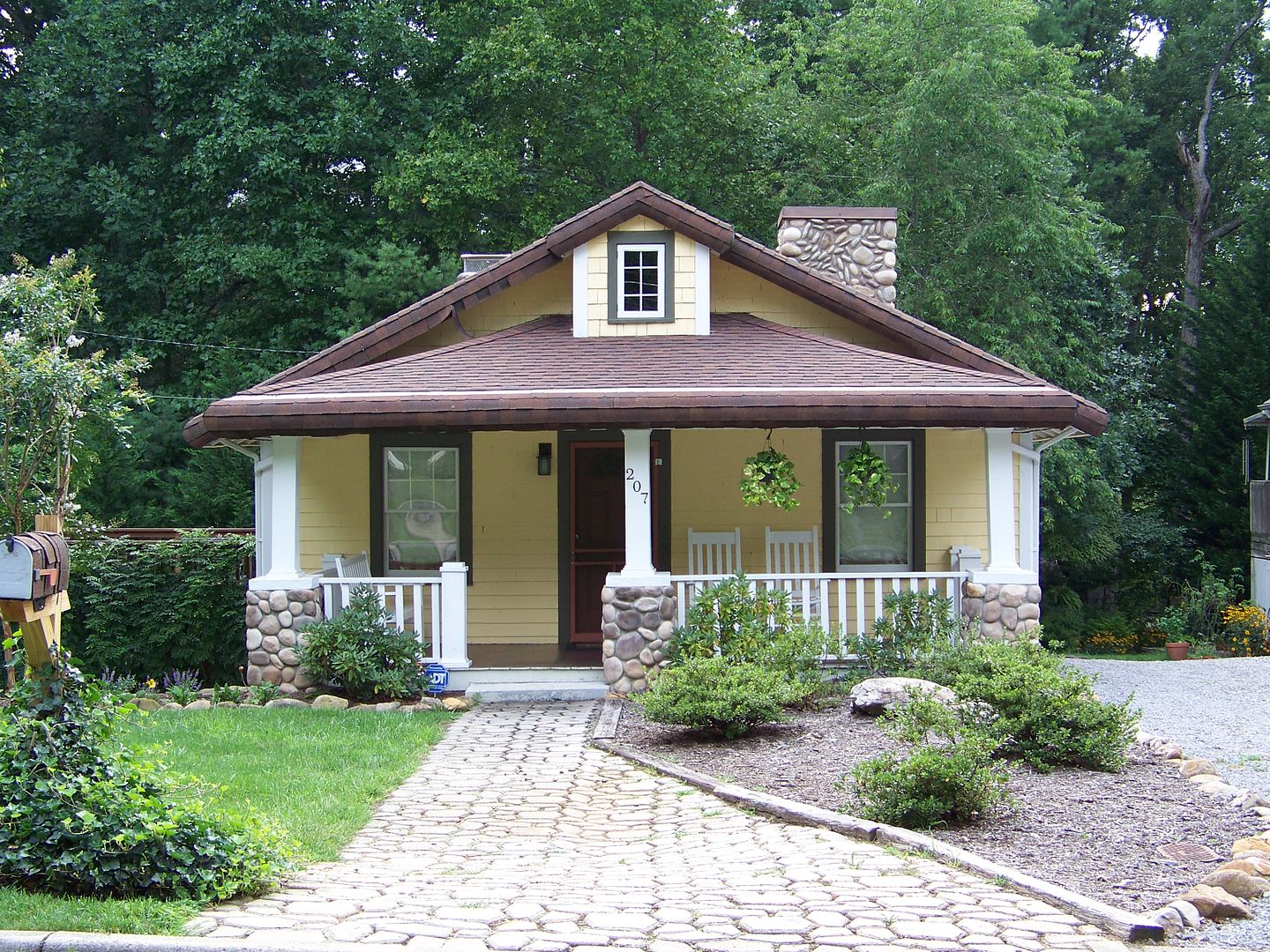
Image may be NSFW.
Clik here to view.
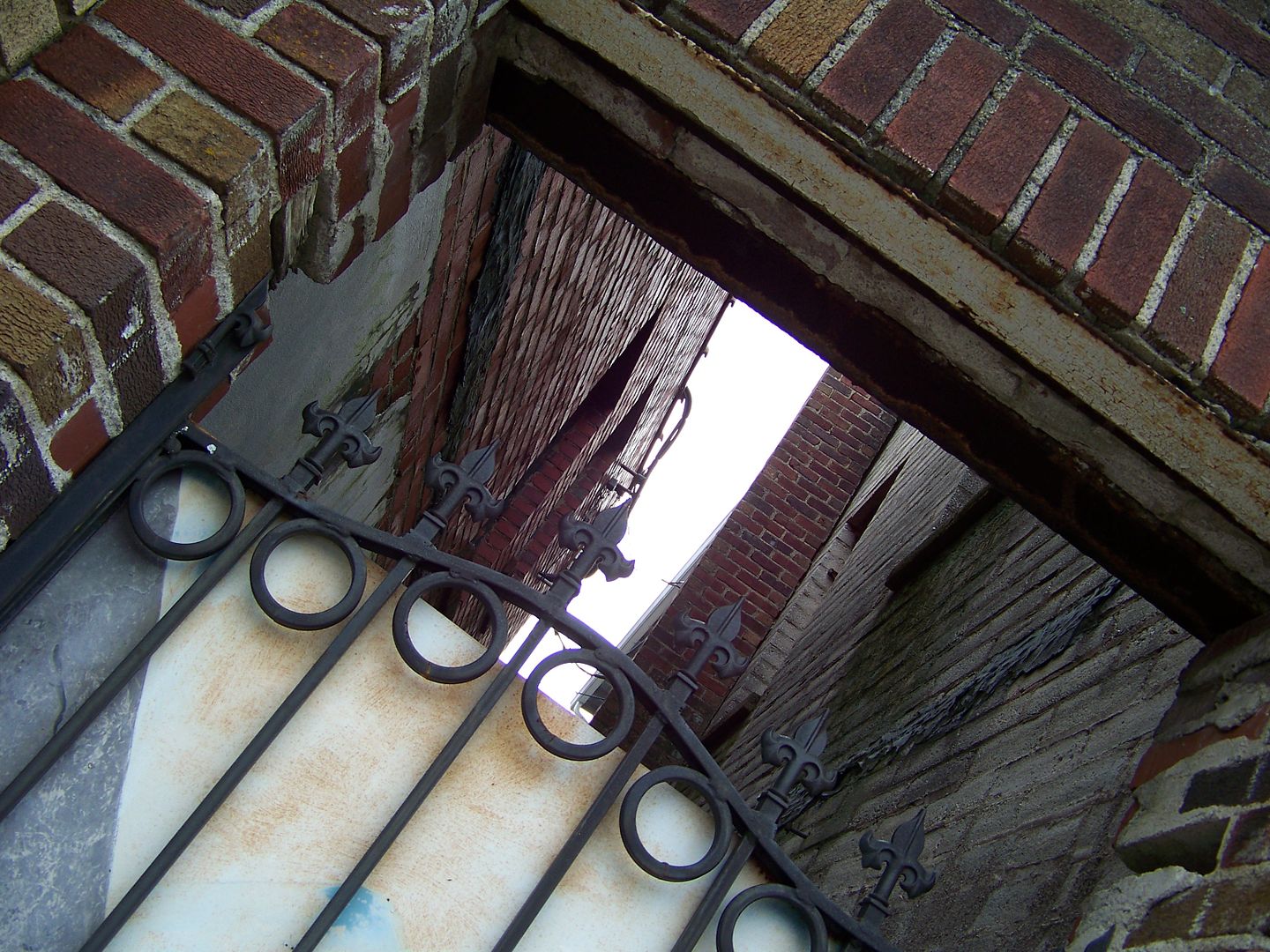
And now we're back where we started.
Image may be NSFW.
Clik here to view.
